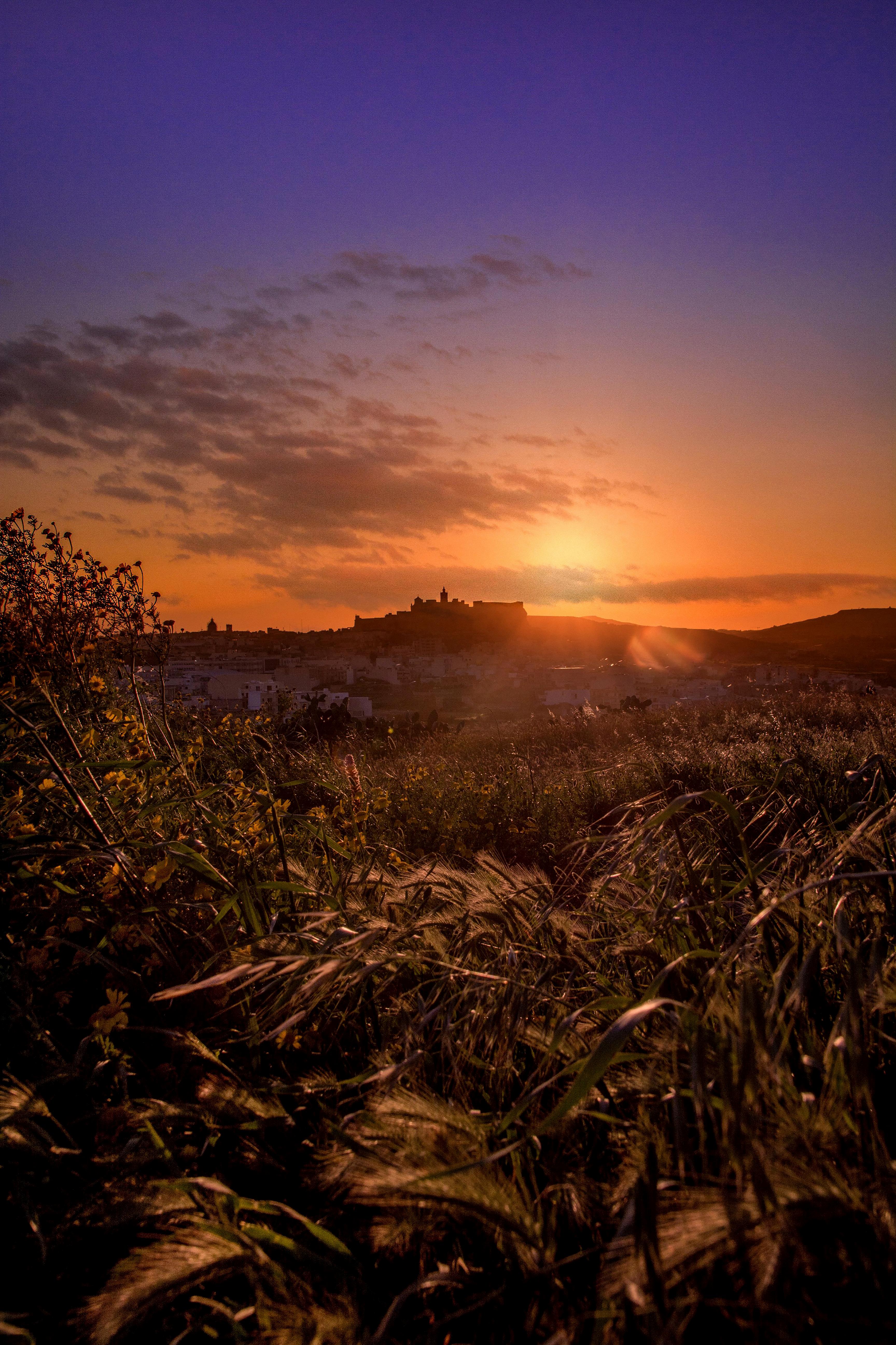

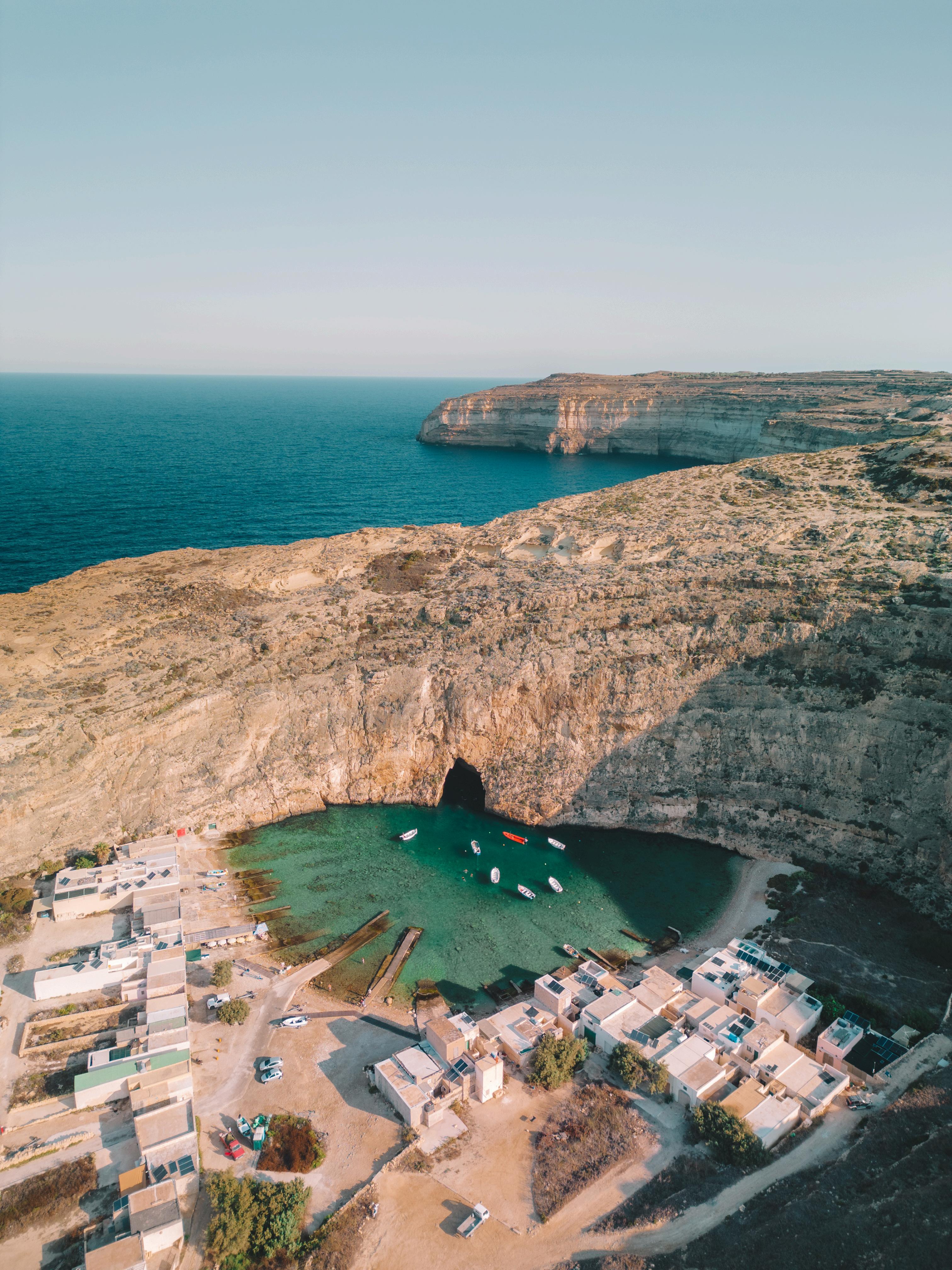
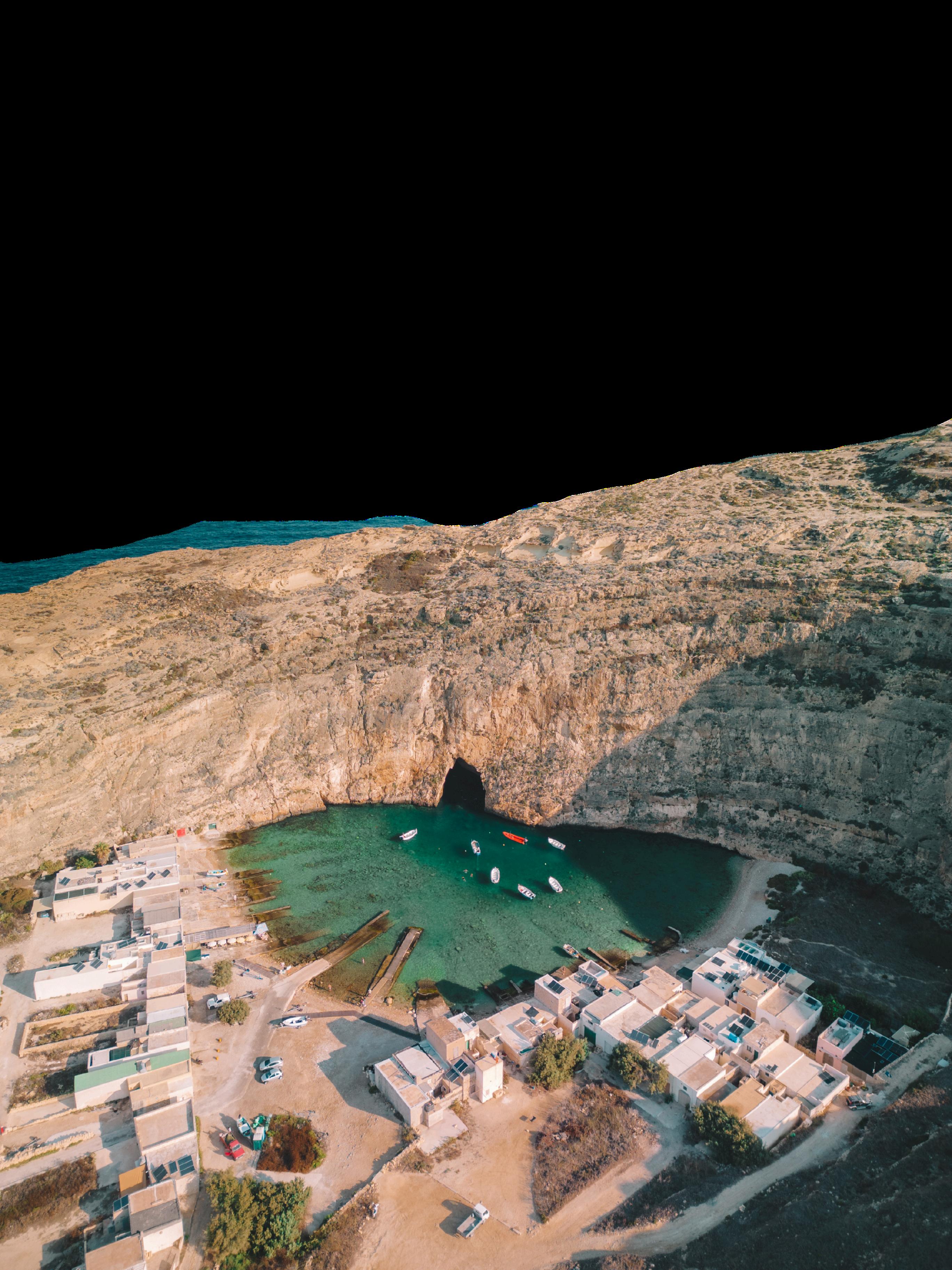
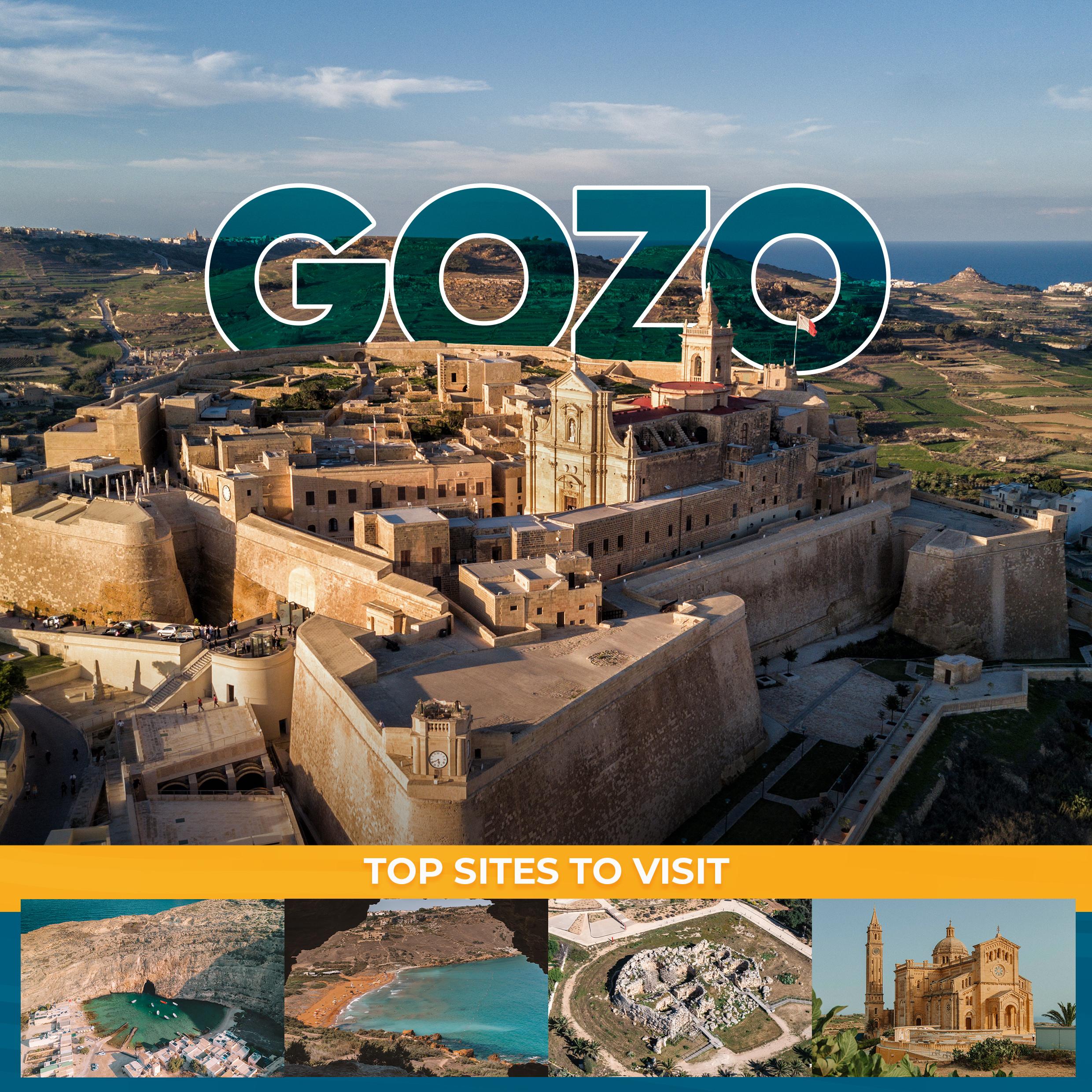








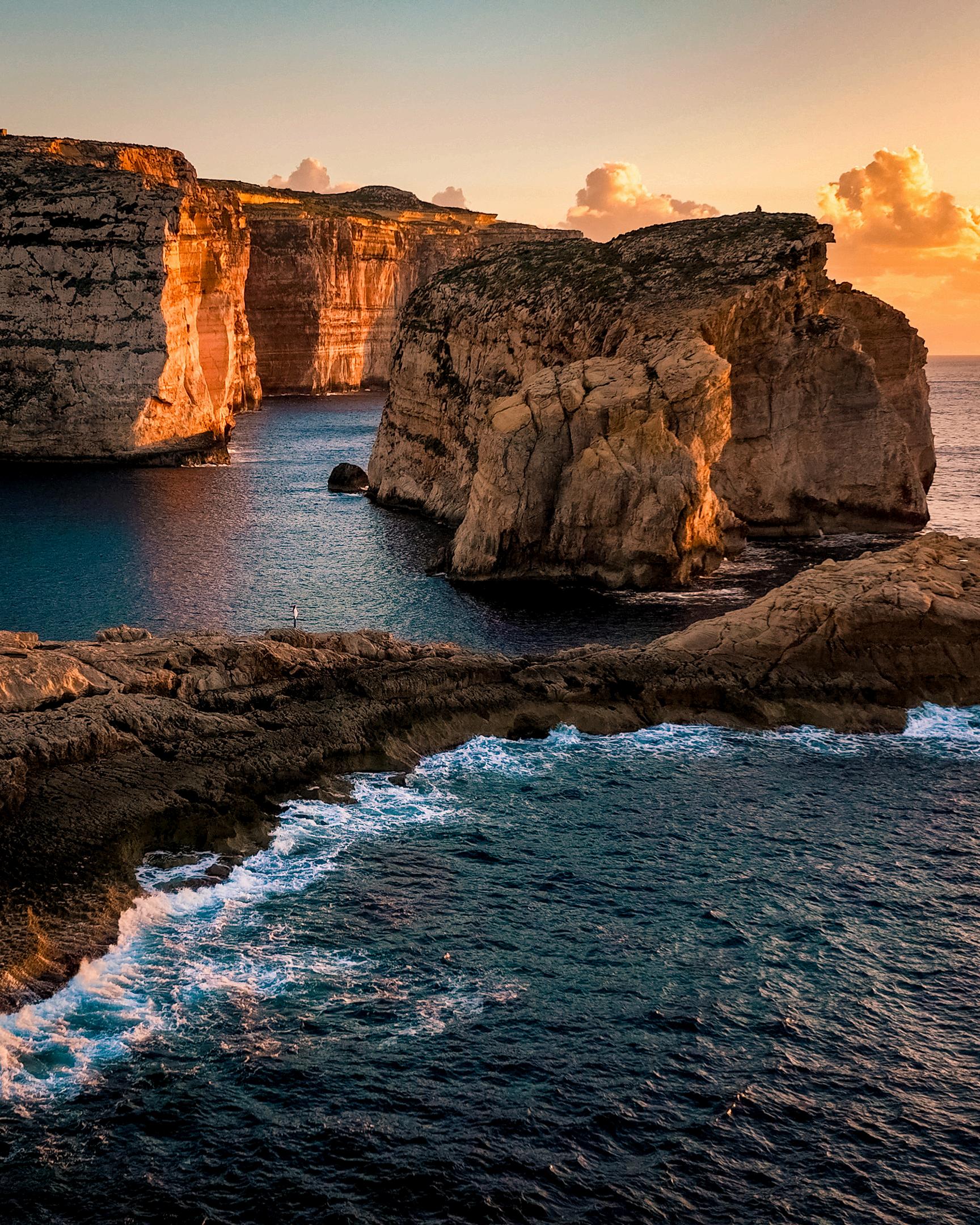
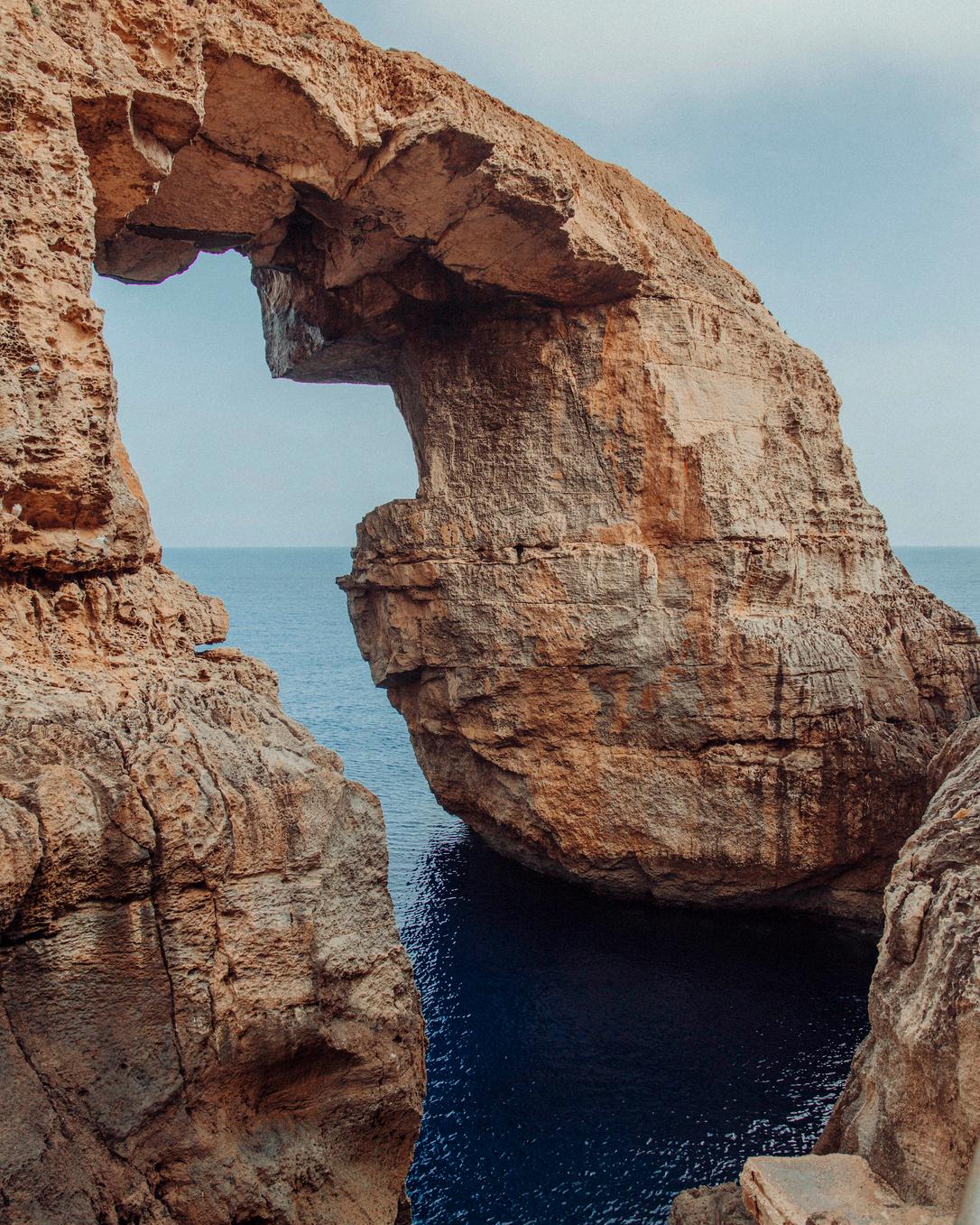
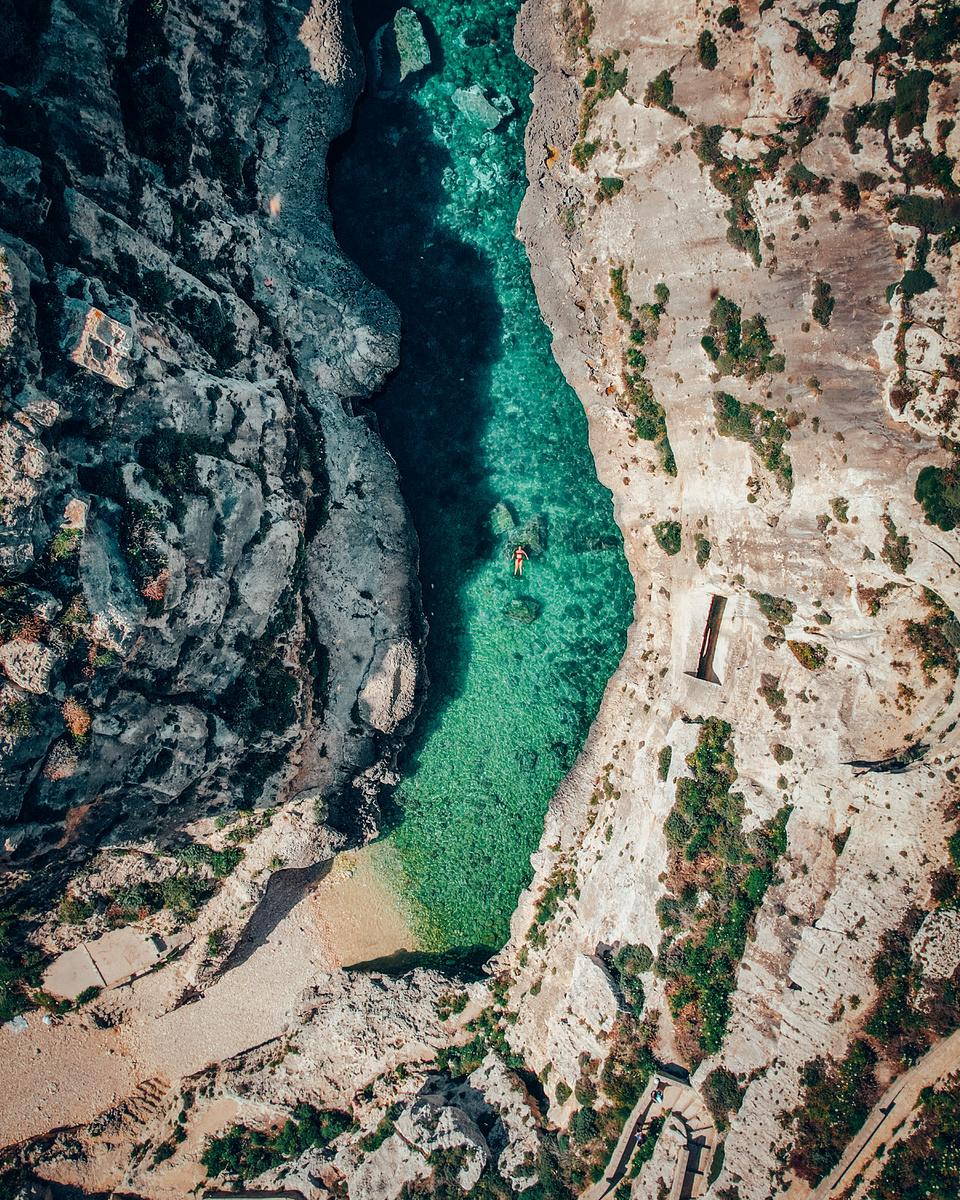
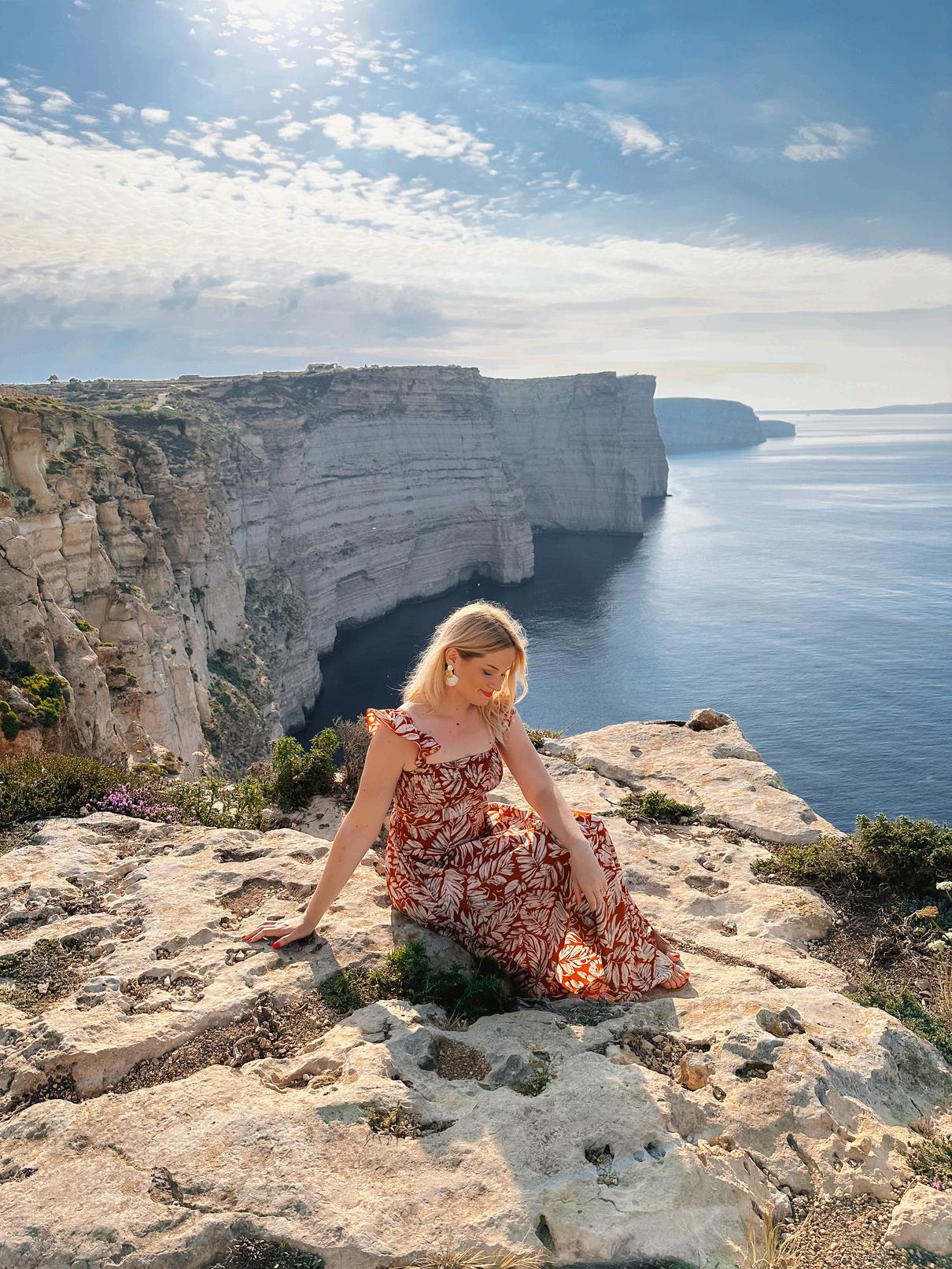
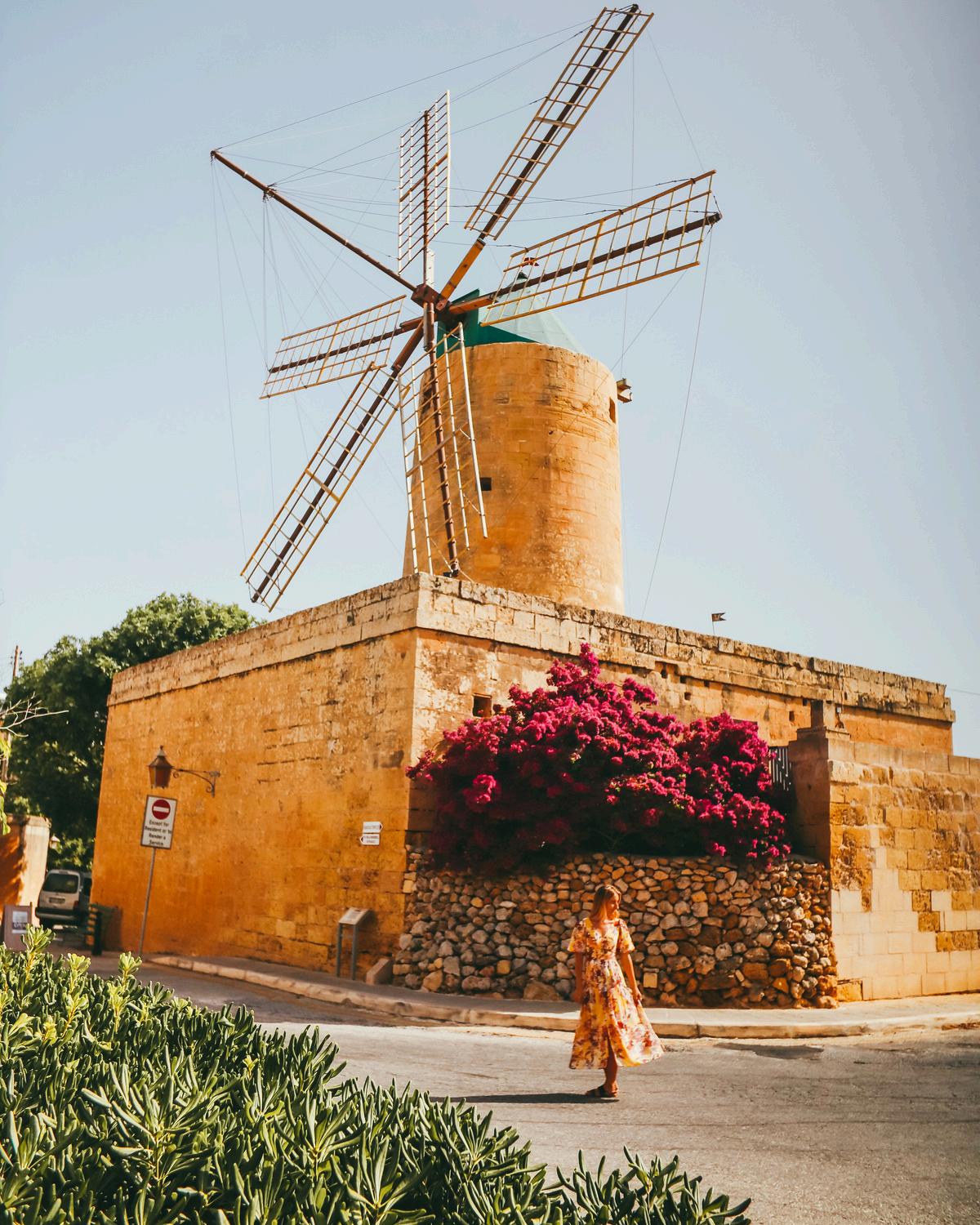
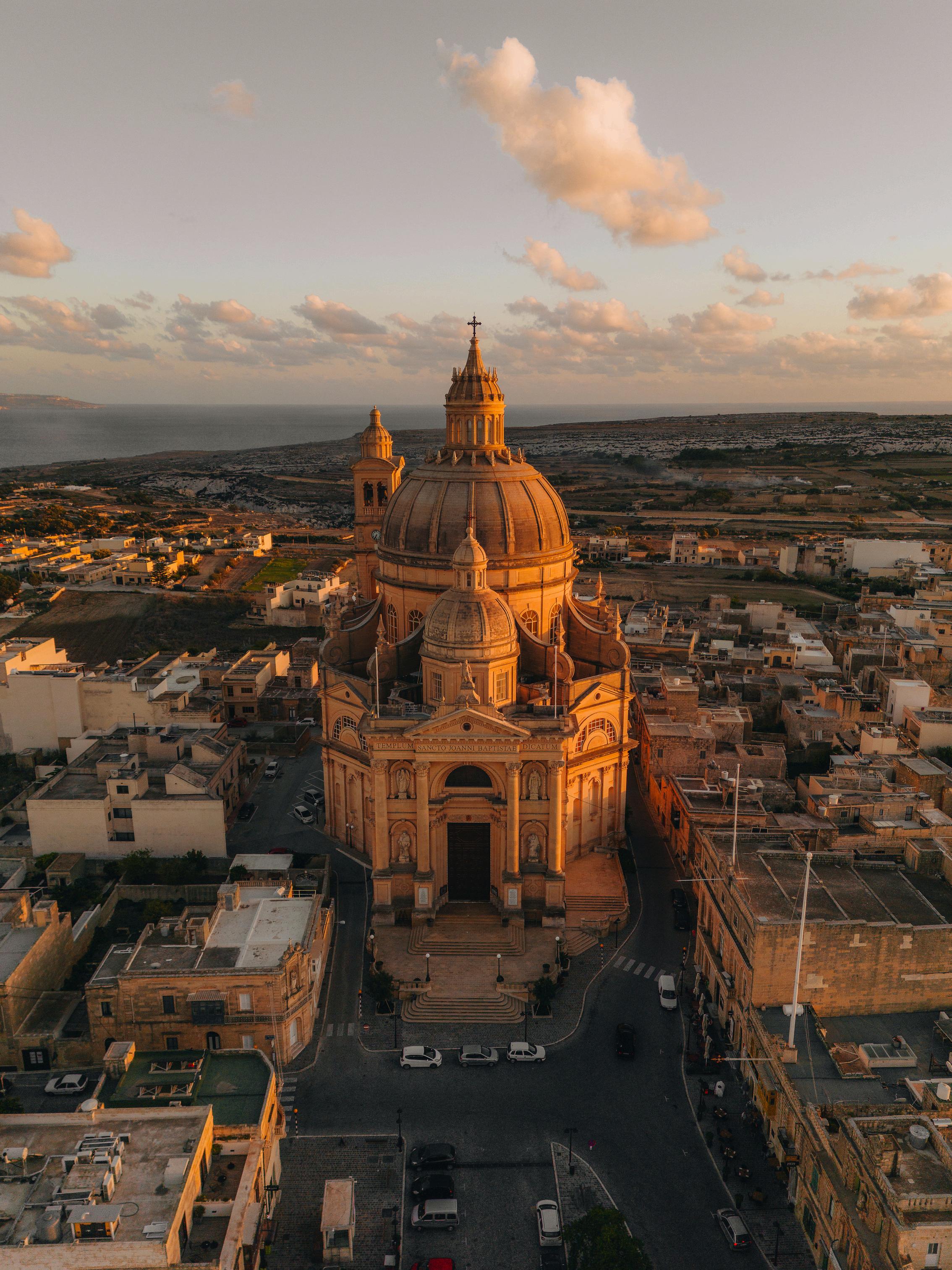
Perched above Gozo’s capital, the Cittadella is a fortified city with roots dating back to Neolithic times. Its bastions, rebuilt by the Knights of St John in the early 1600s, stand over a site that once hosted a Roman acropolis and an Aragonese stronghold.
Within the walls, you’ll find winding streets, niches, and the grand Cathedral of Santa Marija. Several museums showcase archaeology, folklore, nature, and wartime life, while the Visitors’ Centre offers interactive insights into Gozo’s history.
Though once home to thousands, today only a few families reside here. The Citadel's upper walls also offer some of the best panoramic views across Gozo’s landscape. A visit reveals not only the island’s layered history but also its resilience - from pirate raids to Napoleon’s short-lived invasion.
Visit after dark to enjoy the peaceful atmosphere and illuminated streets.
The hill beneath the Cittadella has been inhabited since Neolithic times.

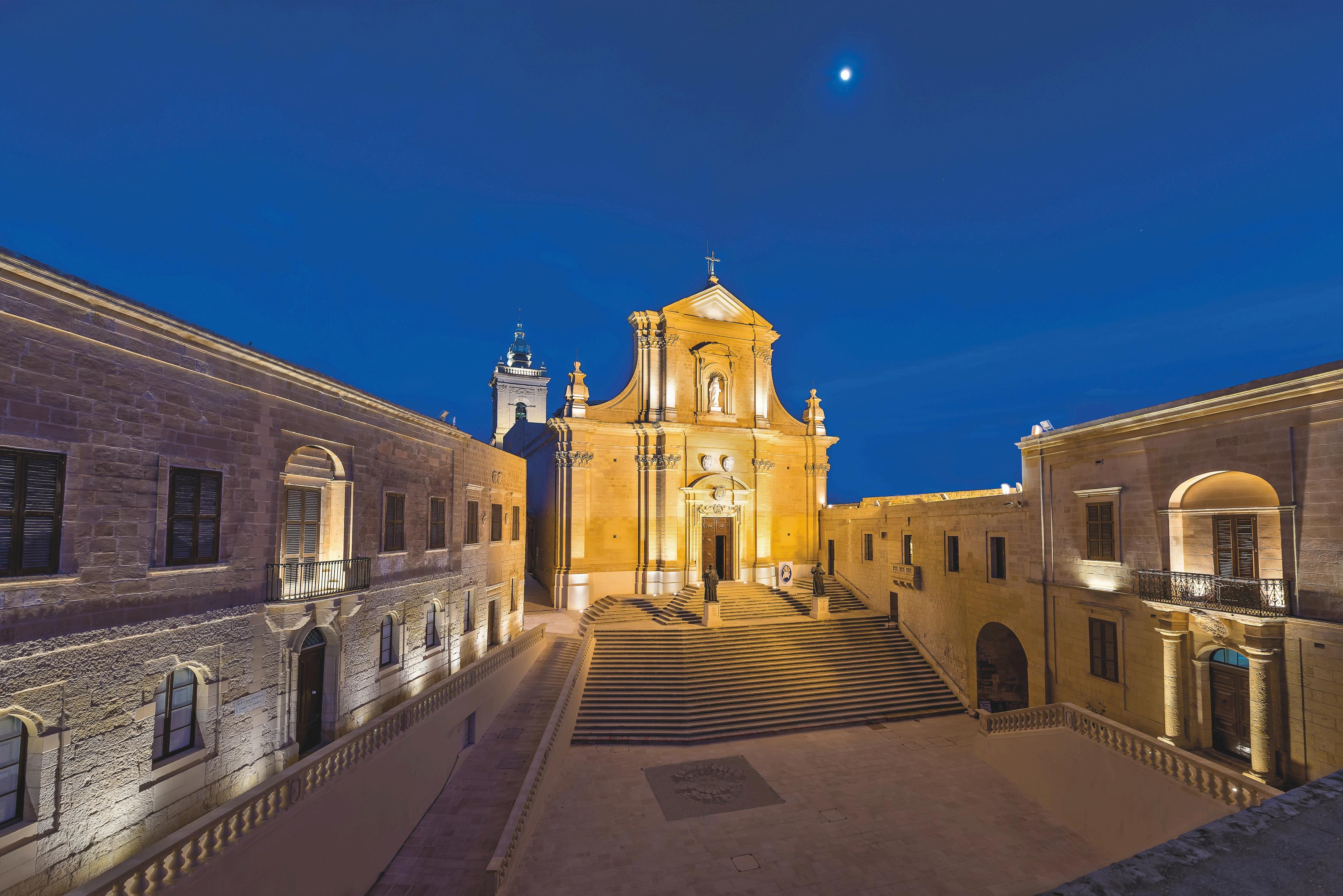
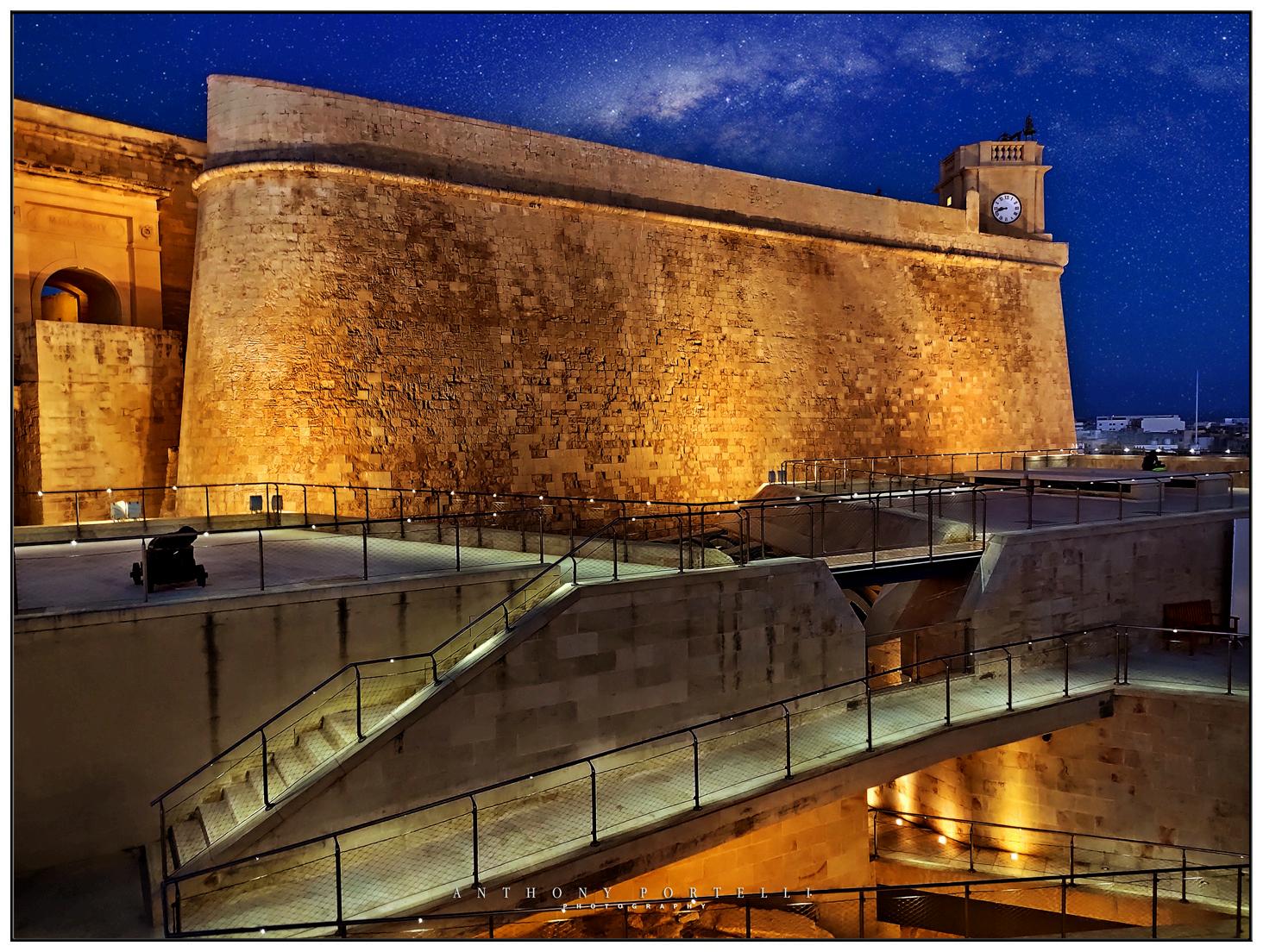

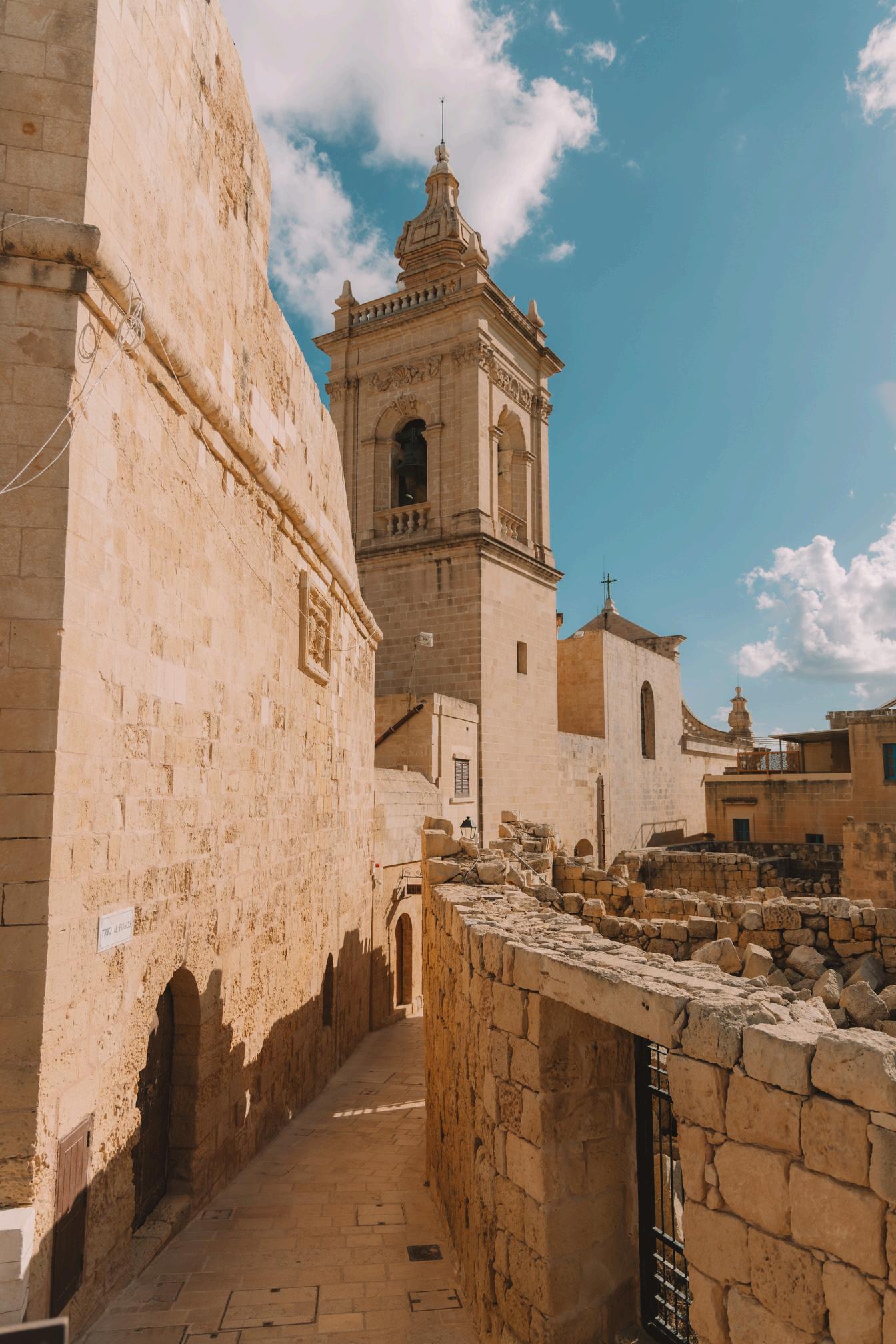
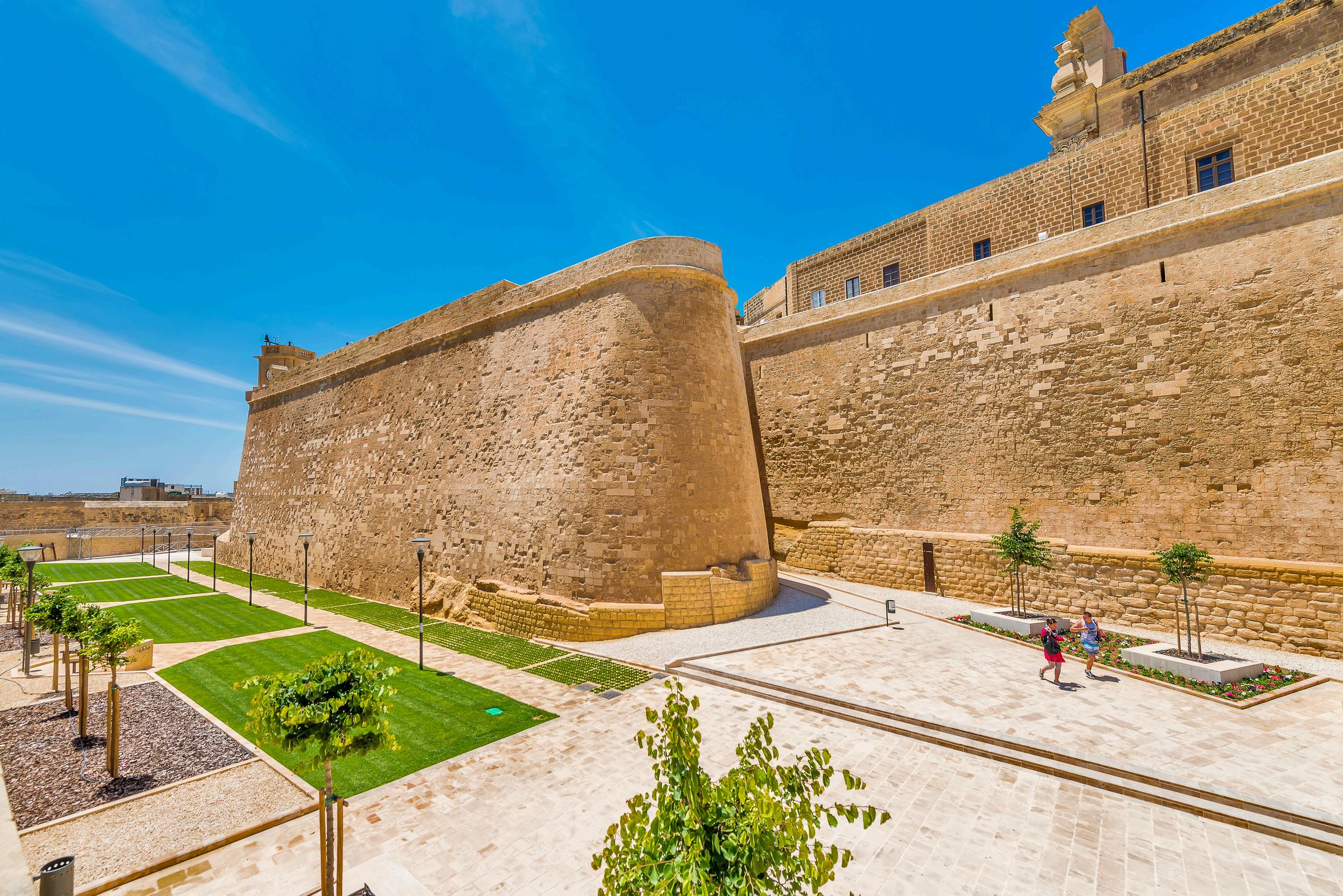
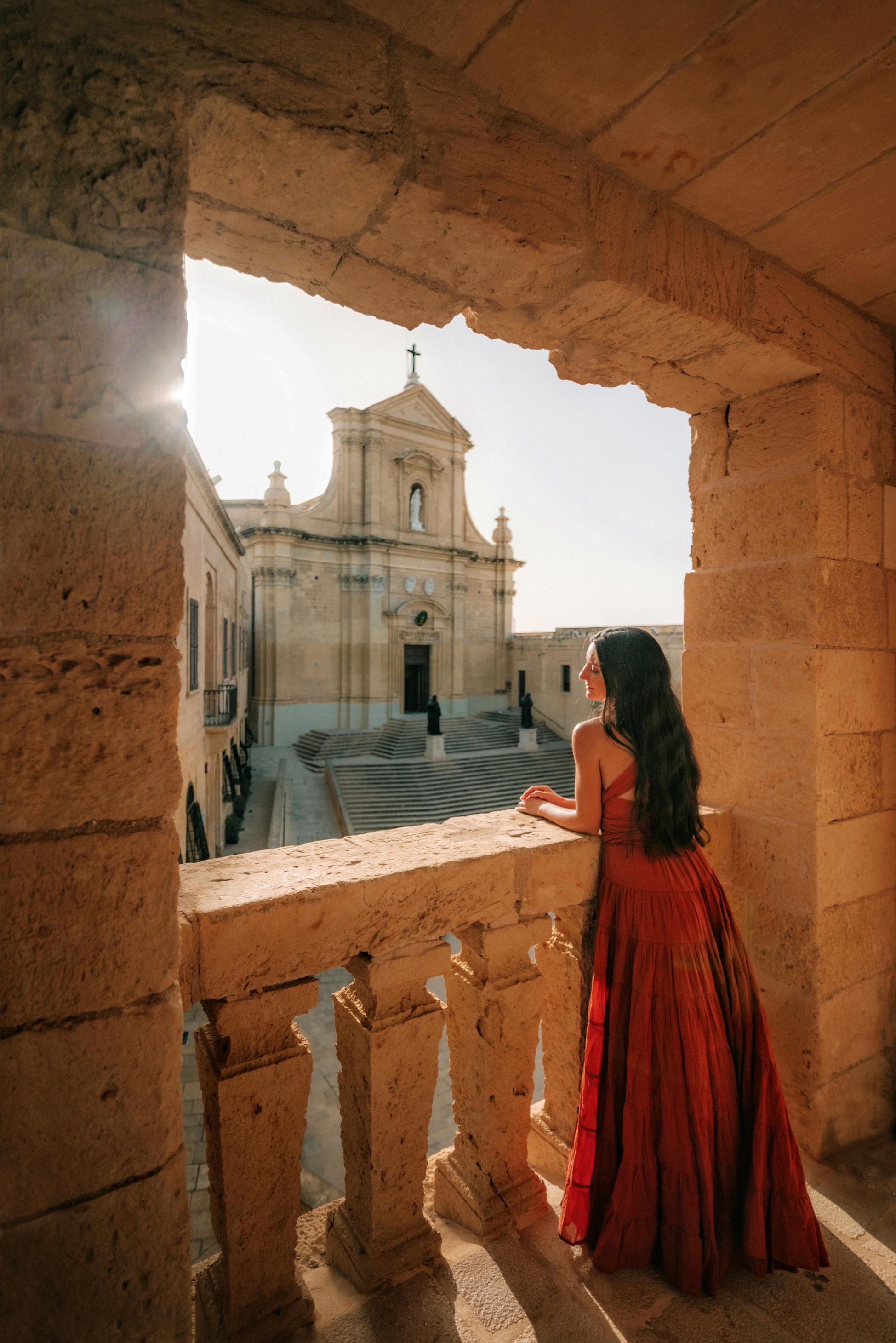

Pair your visit with Ta’ Kola Windmill and a meal in nearby Xagħra Square.
The temples are some of the oldest freestanding man-made structures in the world.



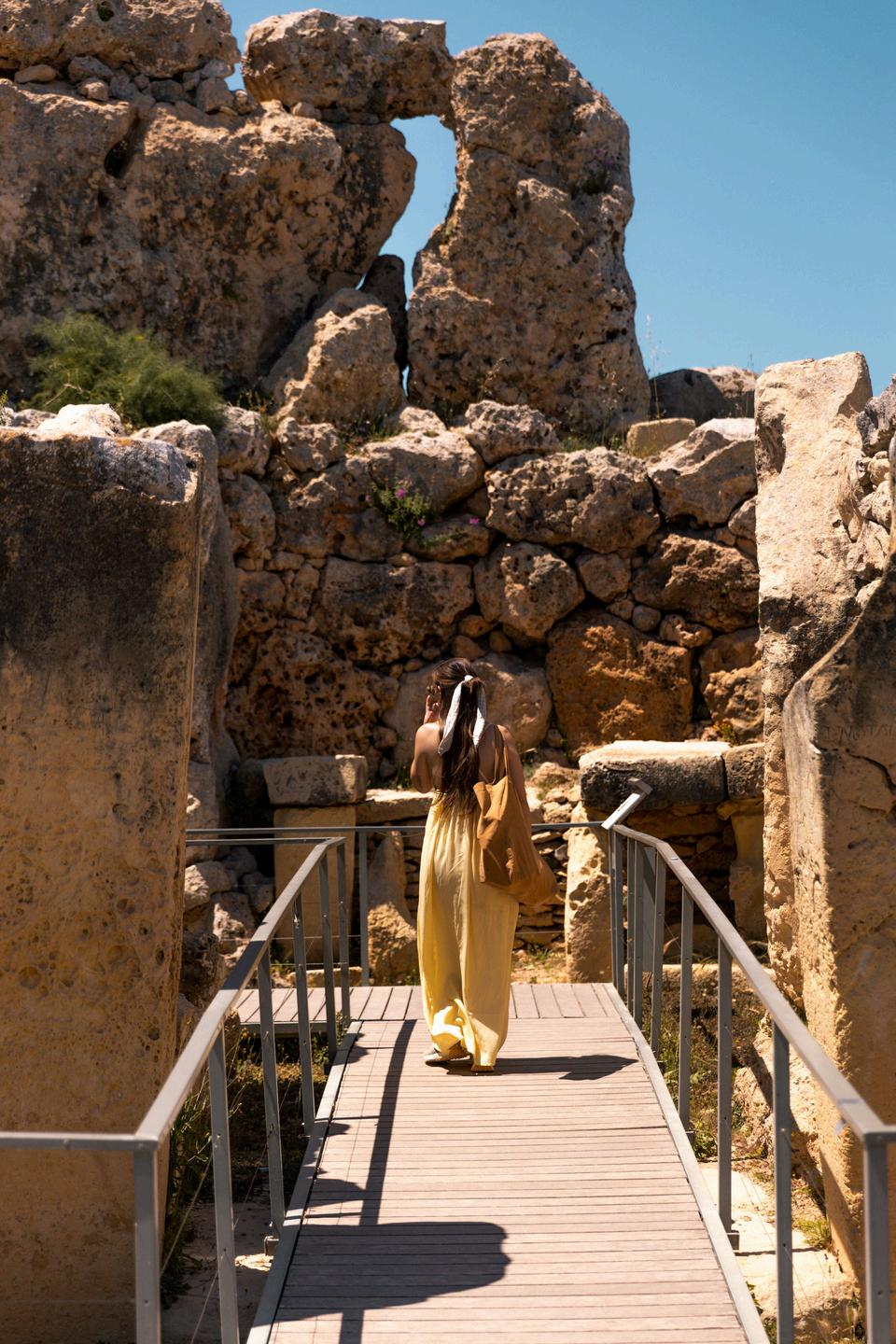
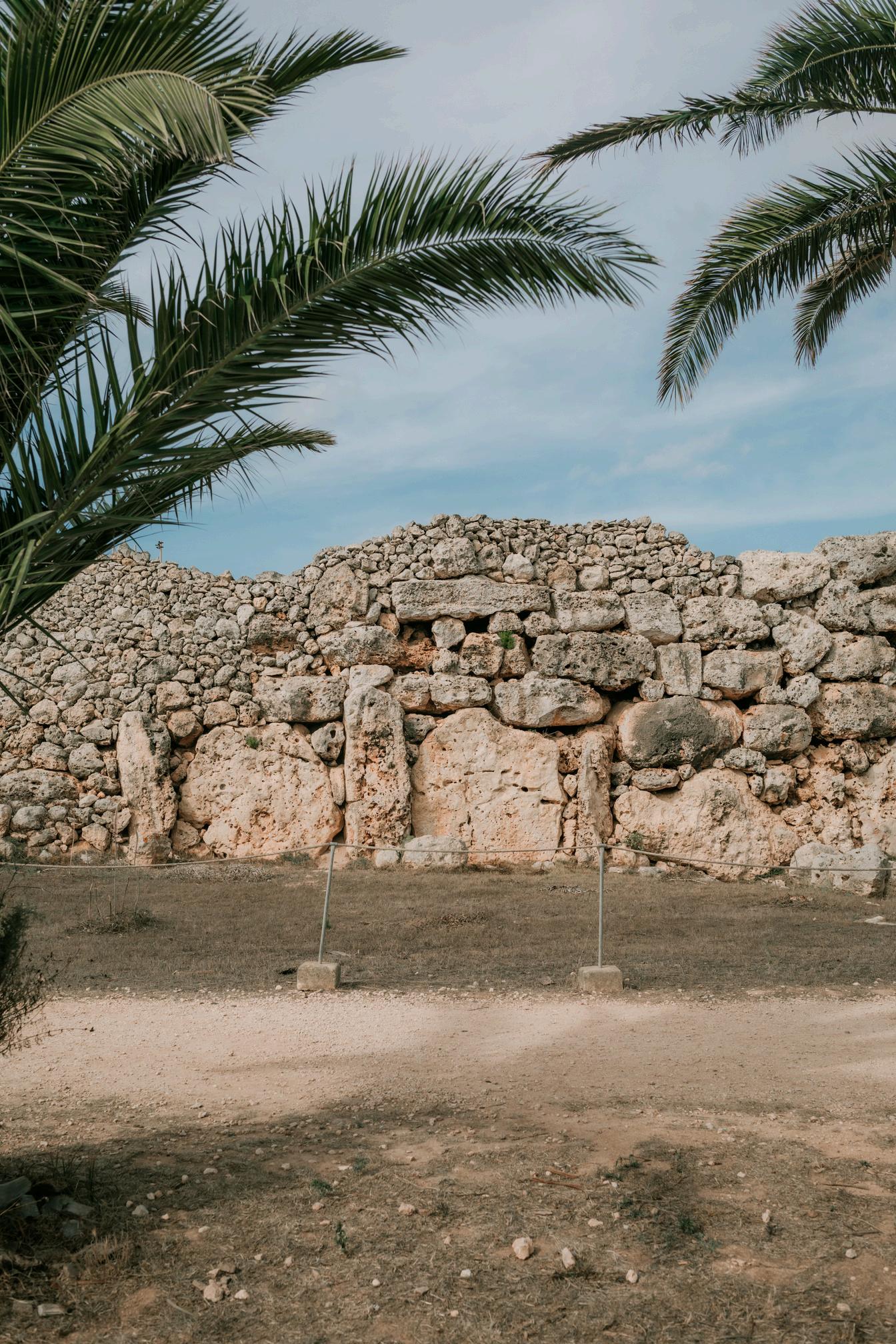
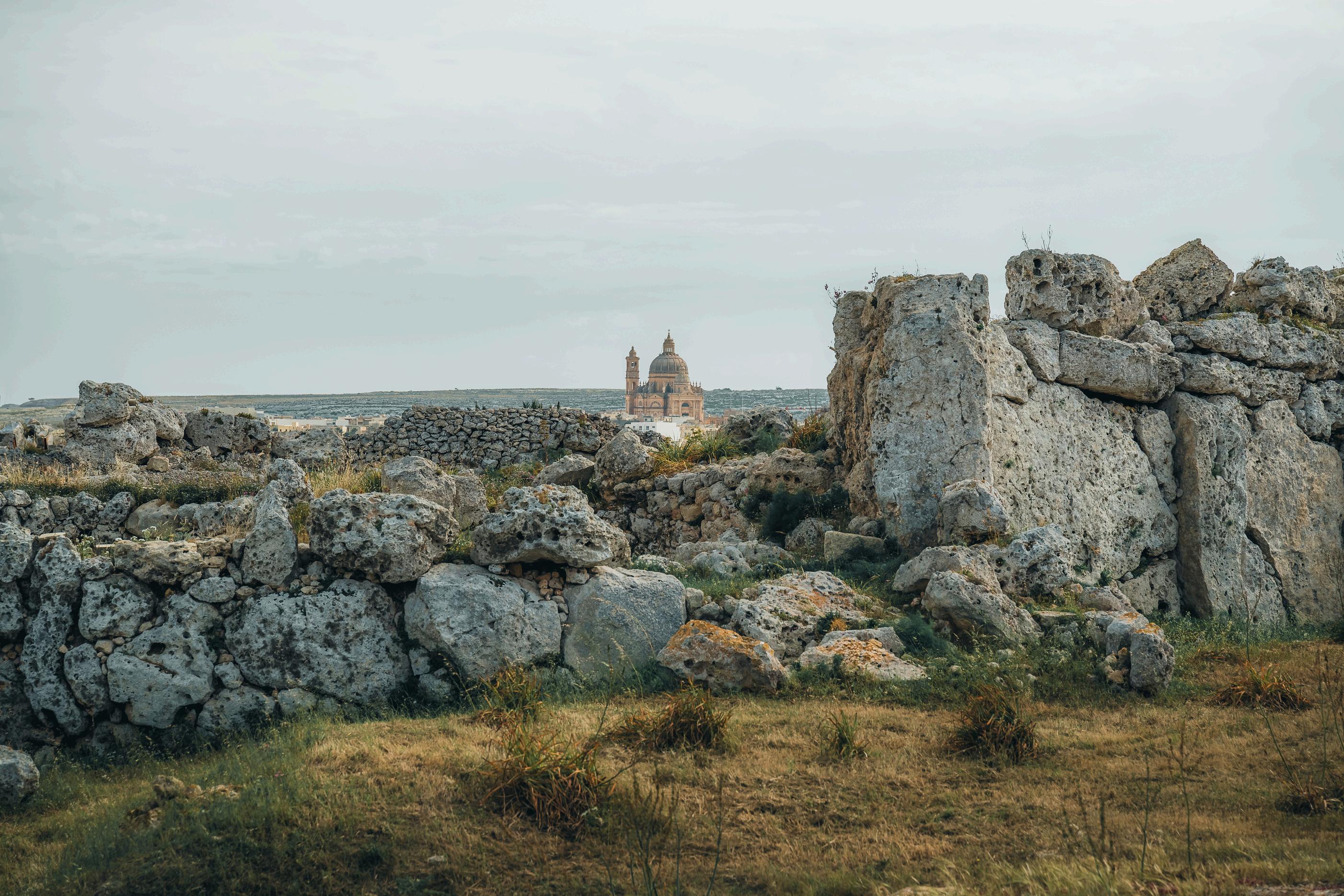

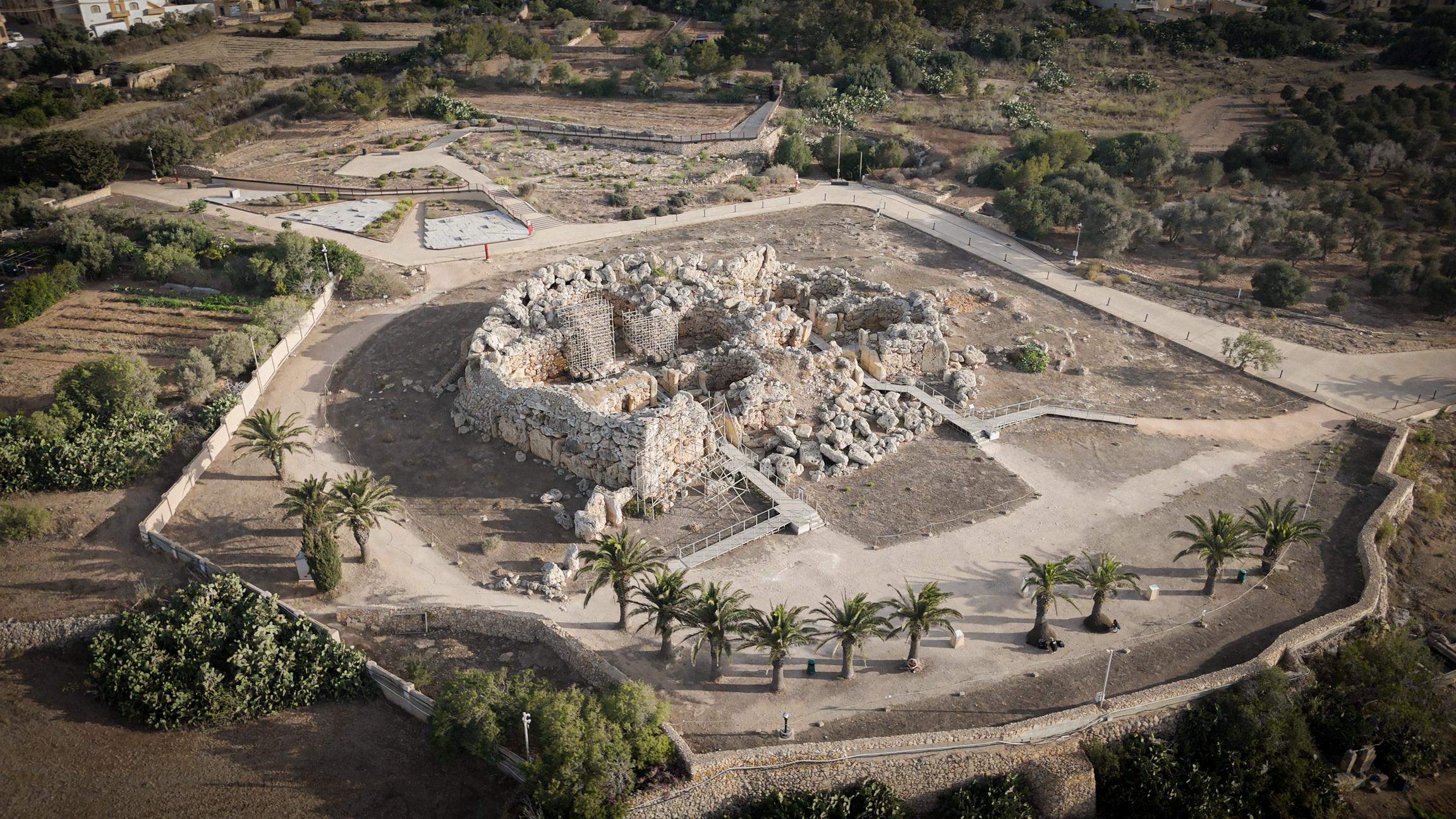
Dwejra is a dramatic coastal site shaped by nature’s force with sea-carved formations, fossil-rich rocks, and some of Gozo’s most famous diving spots. Though the Azure Window collapsed in 2017, its remnants now serve as a diving destination.
The area includes the Blue Hole, a vertical shaft beloved by divers, and the Inland Sea — a shallow lagoon connected to the open sea via a tunnel used by local boats. Nearby, the 1652 watchtower once defended Fungus Rock, known for a rare plant believed to have medicinal properties.
A small chapel dedicated to St Anne and remnants from WWII add historical layers. Visitors can swim, walk, or take boat rides — but care should be taken in rough weather.
Dwejra was used as a Game of Thrones filming location for Daenerys and Khal Drogo’s wedding.

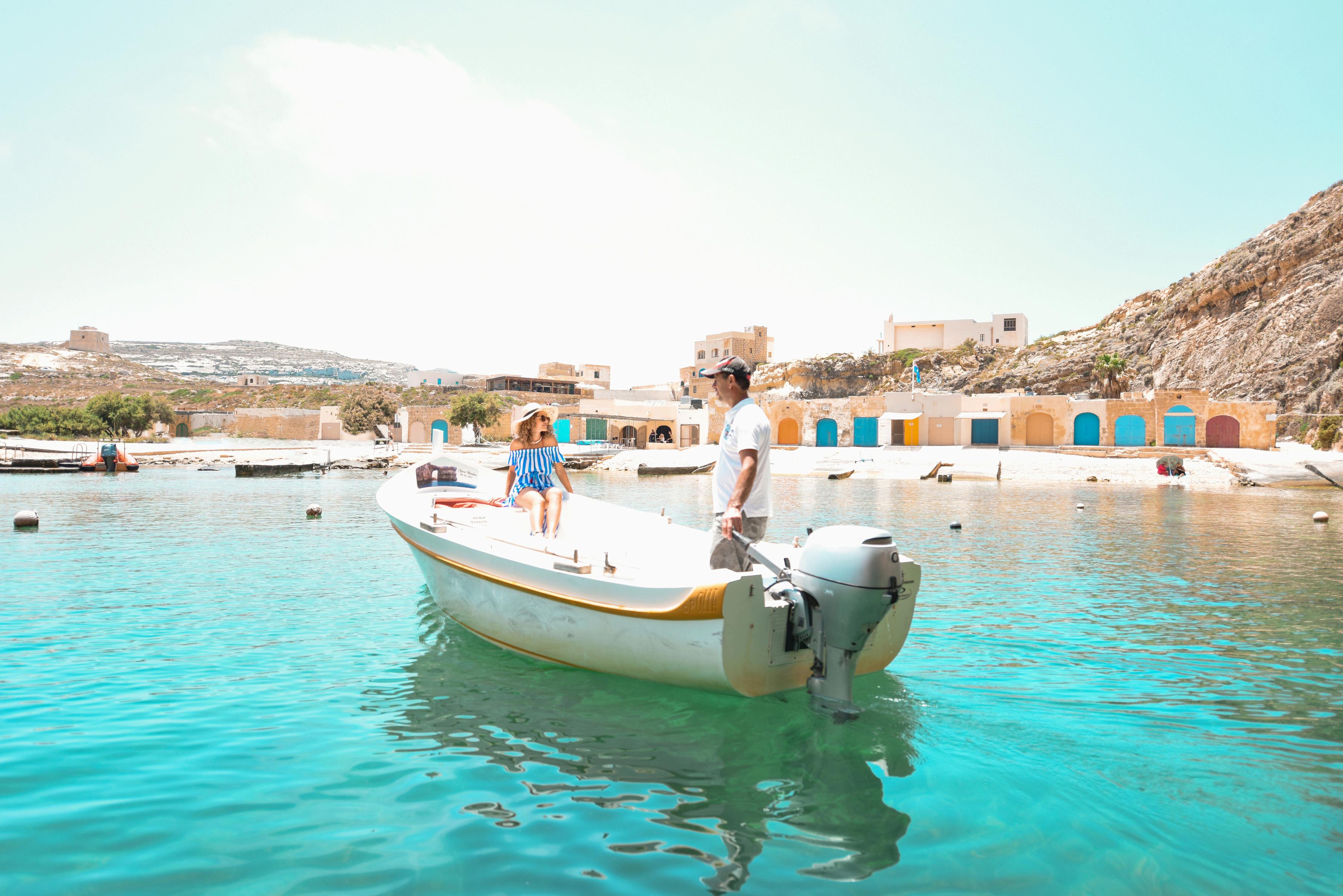
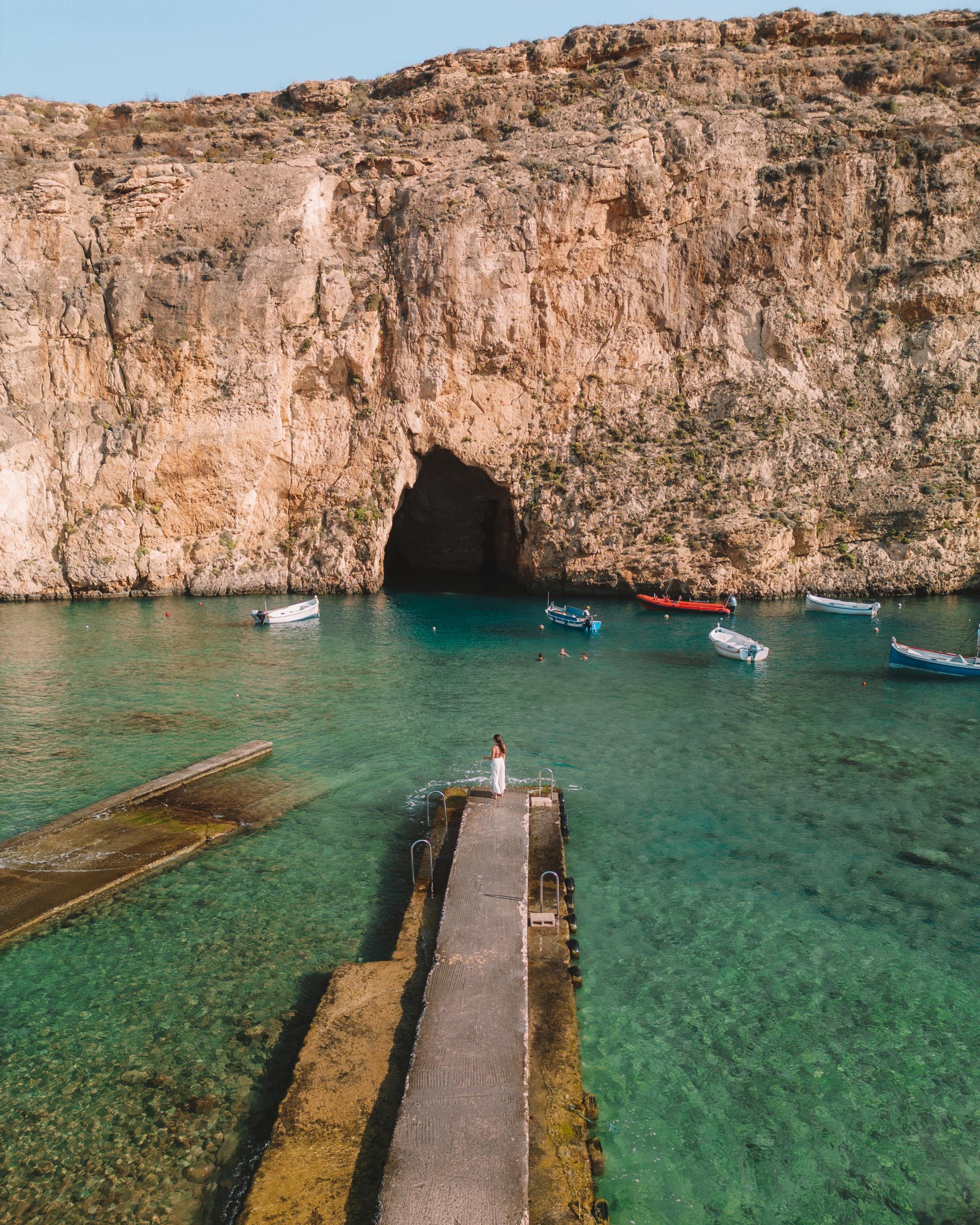
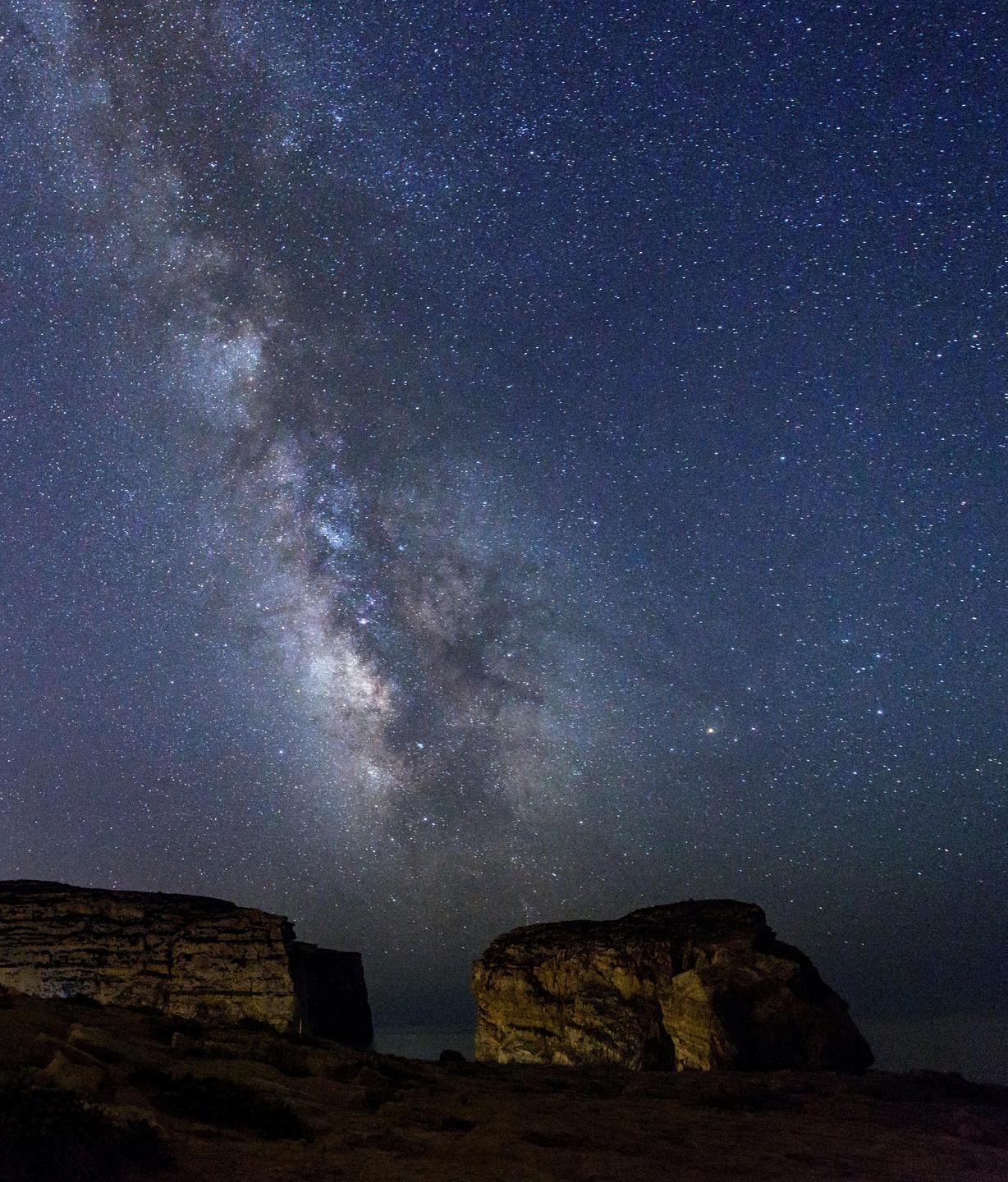

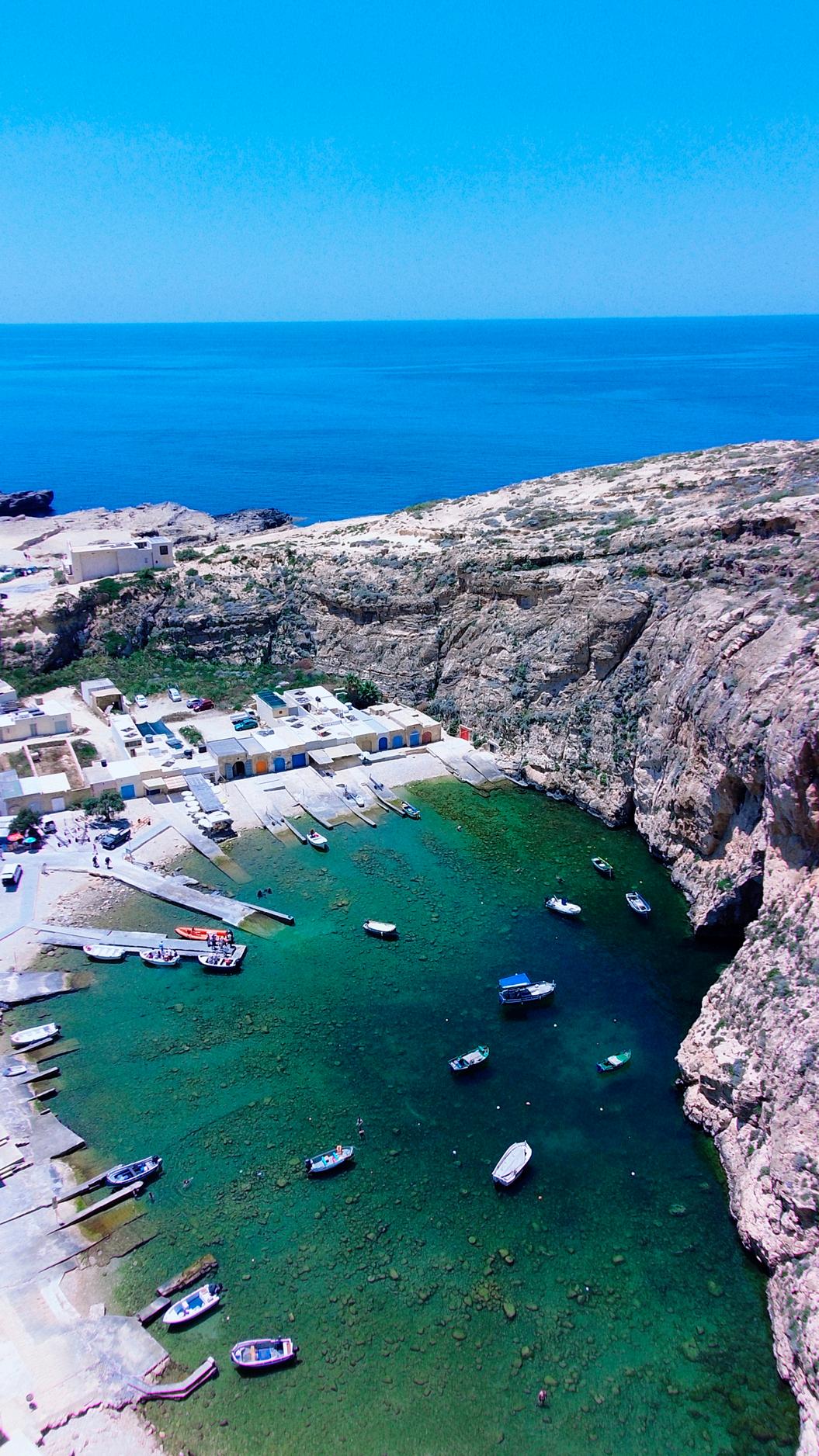
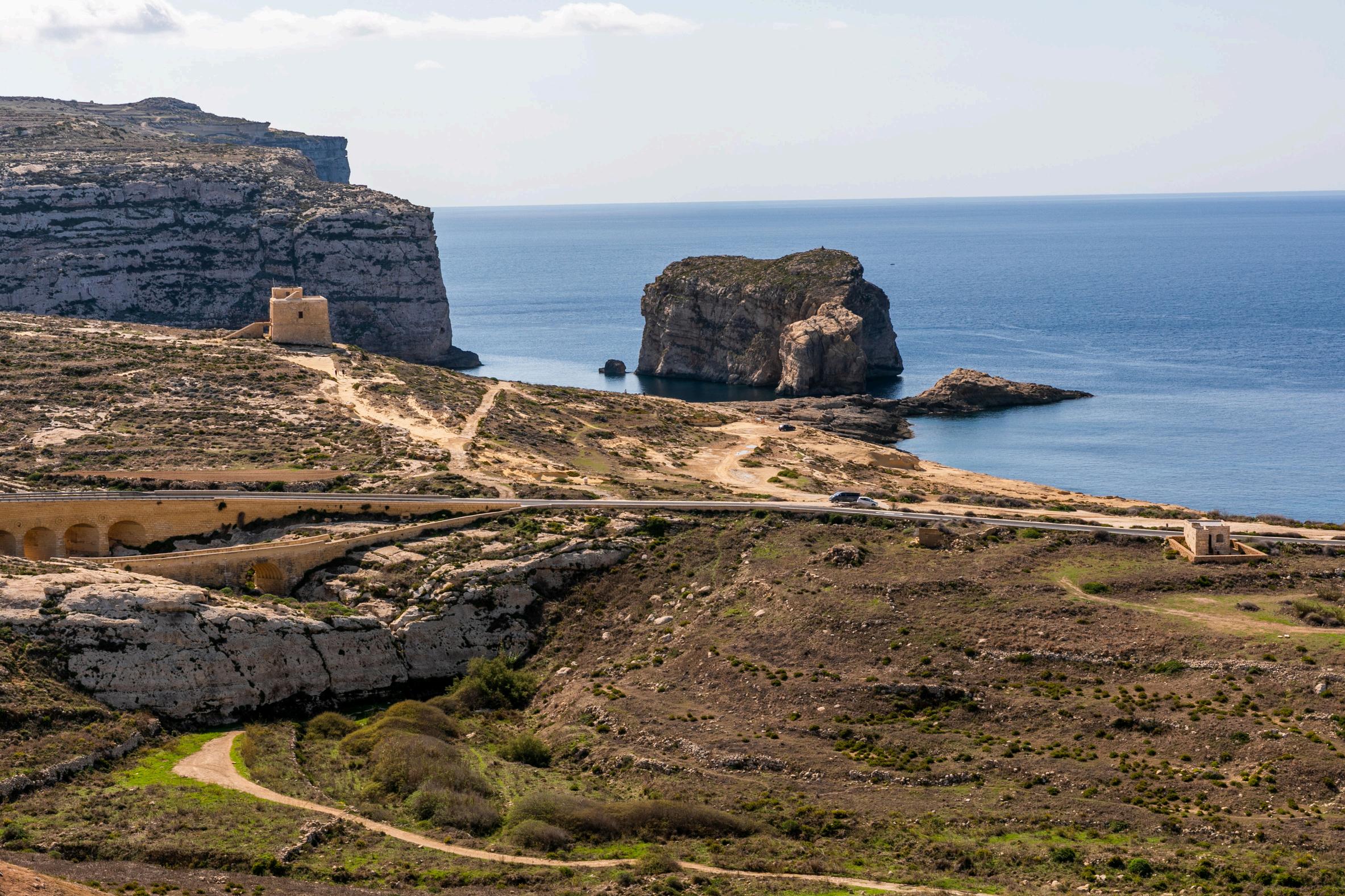

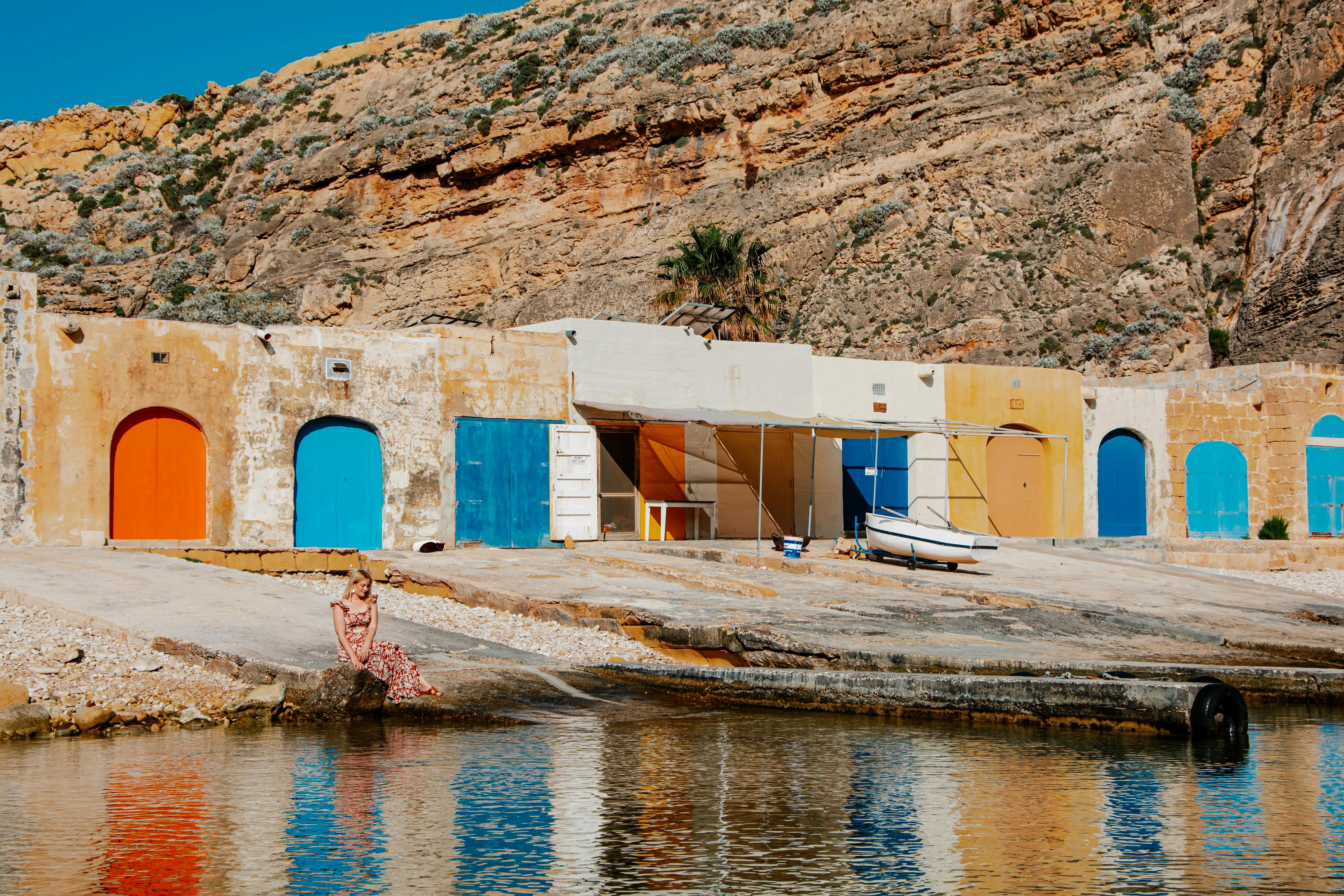
Ramla Bay is Gozo’s largest sandy beach, framed by lush countryside and flanked by hills of terraced farmland. Known for its natural beauty, the bay remains relatively untouched by development, giving it a relaxed, spacious feel that appeals to nature lovers and swimmers alike. Shallow waters make it ideal for families, while more adventurous visitors can explore the rugged paths and coastal viewpoints nearby.
The beach is part of a Natura 2000 protected site, with ecologically important sand dunes stretching behind the shoreline. These are protected habitats and form part of ongoing conservation efforts on the island. Facilities are low-key but convenient, with a few small cafés, public toilets, and showers available for a rinse after a day by the sea.
Accessible from both Nadur and Xagħra, Ramla is a welcoming spot throughout the year, offering a scenic place for swimming, relaxing, or enjoying a leisurely walk along the beach.
Off-season picnics here are peaceful and scenic.
A Roman villa lies just beneath the sand, you can spot some of its walls near the left entrance.


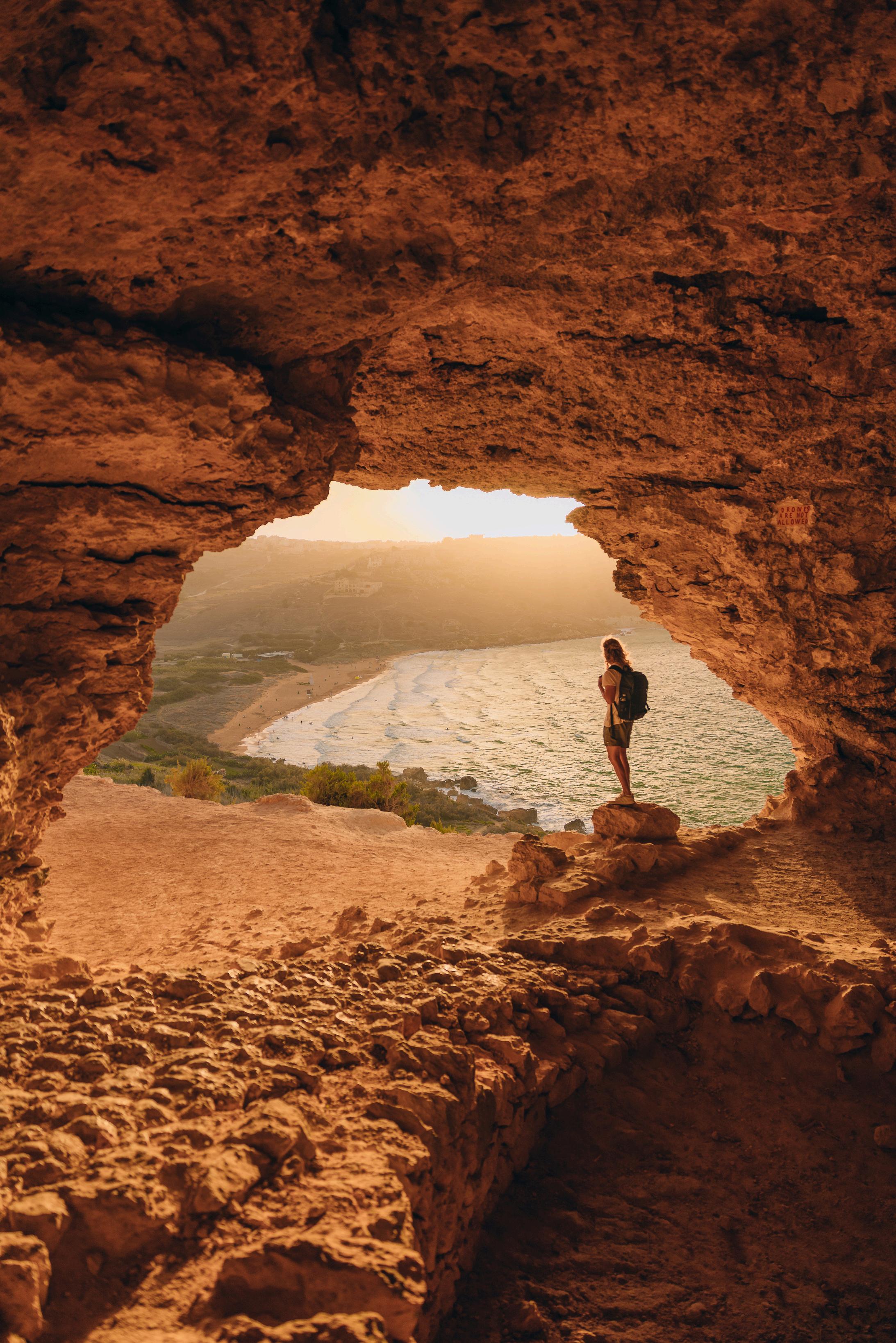

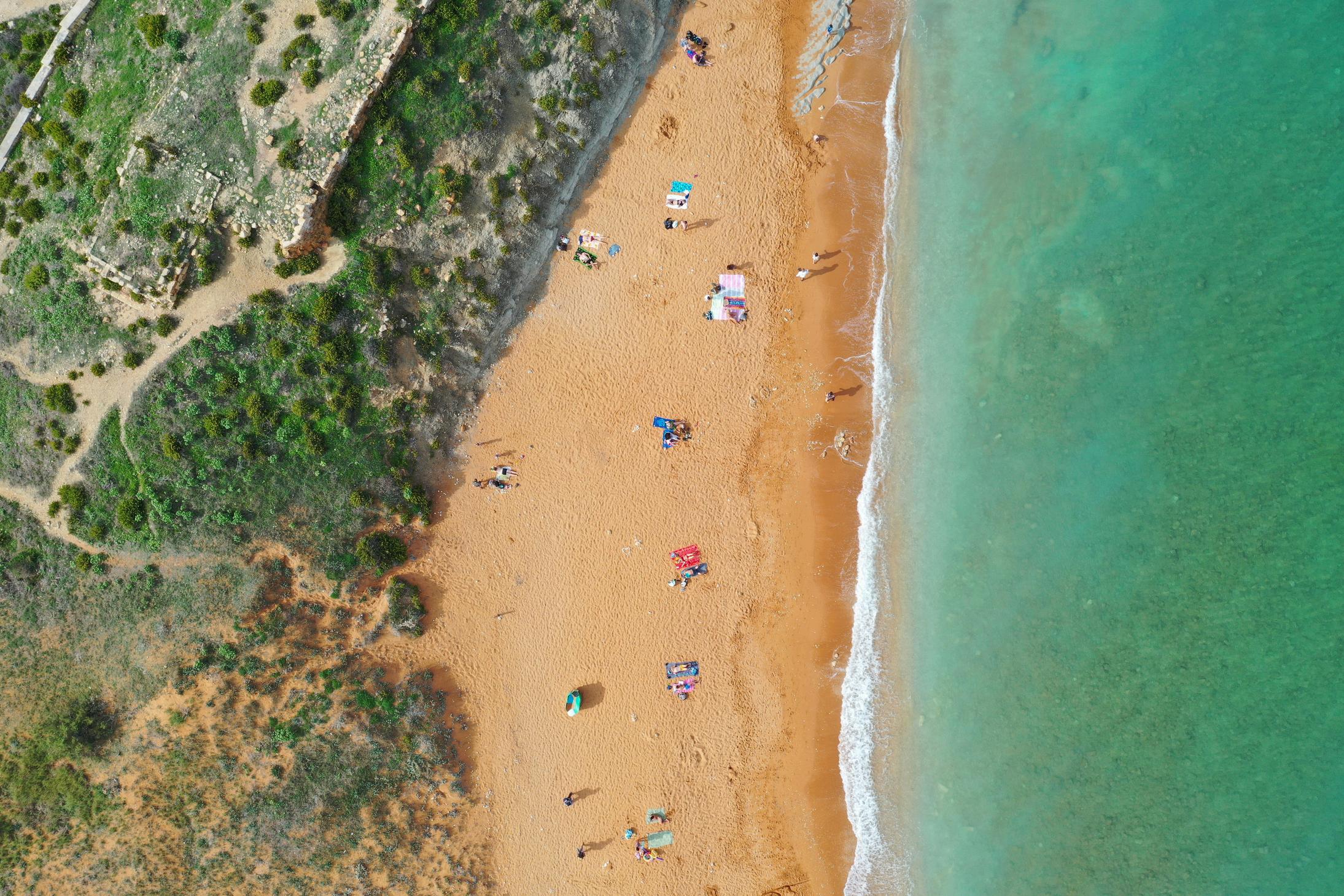
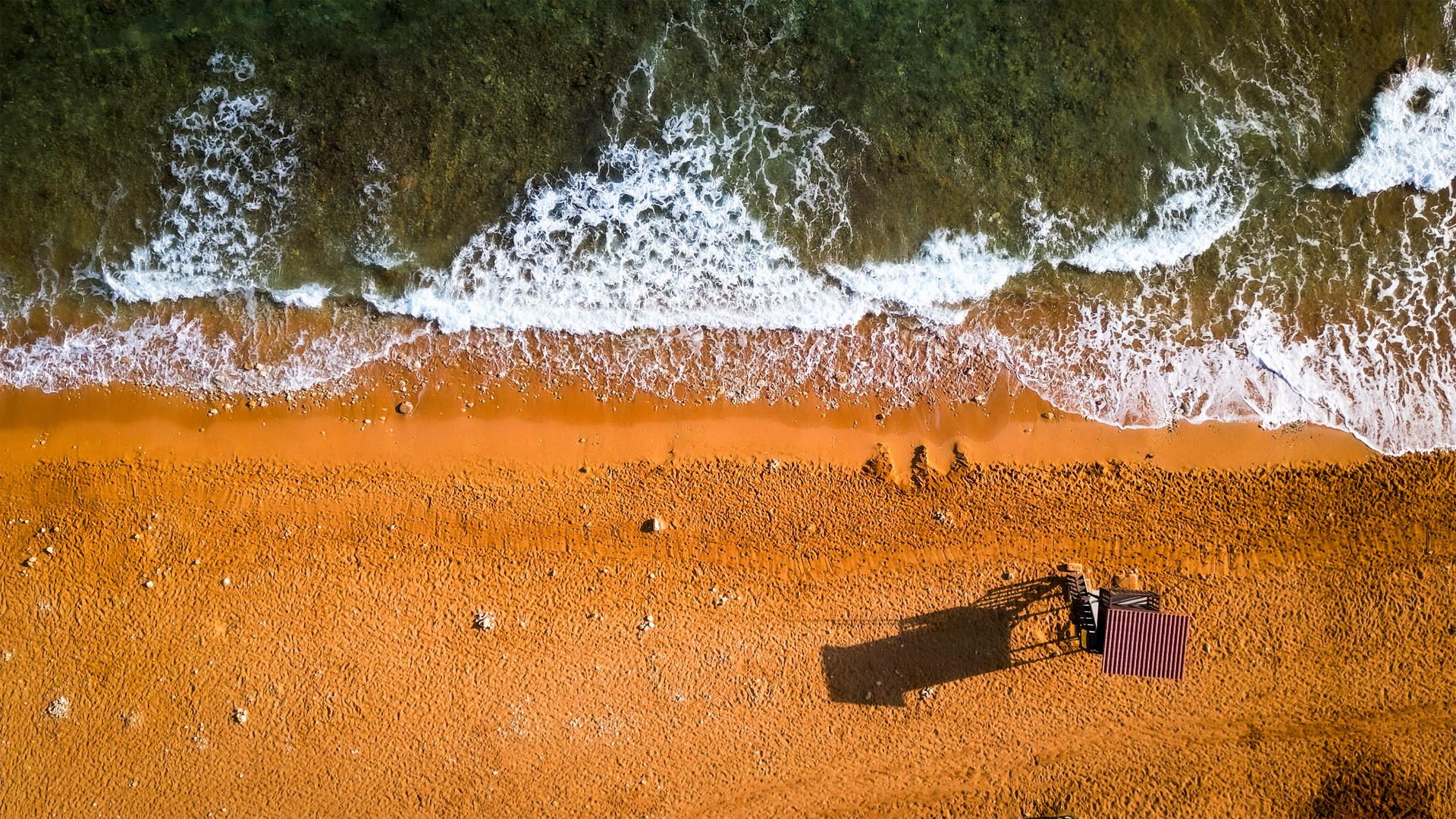


RXlendi Bay is a scenic seaside village nestled between steep cliffs on Gozo’s southwest coast.
Once a humble fishing cove, it has evolved into a small resort loved for swimming, snorkelling, diving, and leisurely coastal walks. Its sandy and pebbly beach is ideal for families, while the surrounding reef and underwater caves attract diving enthusiasts. Several dive schools operate in the area.
Above the bay, the Xlendi Tower stands guard. Built in 1650 by the Knights of St John, it’s Gozo’s oldest free-standing coastal watchtower. The area is also dotted with Punic-Byzantine archaeological remains and cliffside paths some leading to Caroline’s Cave and panoramic viewpoints.
The waterfront is lined with restaurants, making Xlendi a relaxing place to spend a day.
After a swim or watersports session, enjoy lunch or dinner by the water at one of the many restaurants.
Off the coast of Xlendi lies a 7th-century BC Phoenician shipwreck — one of the oldest ever found.


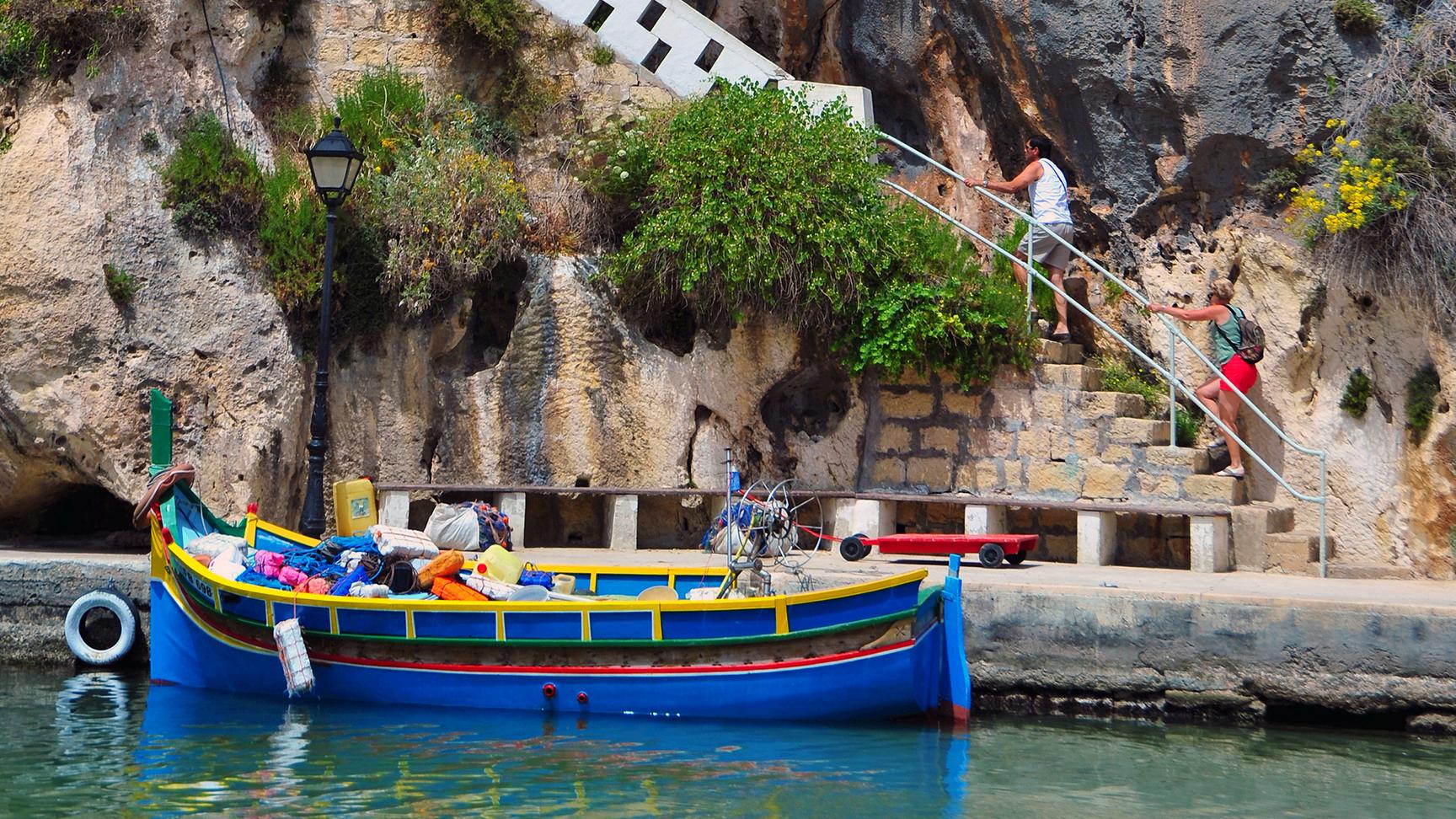
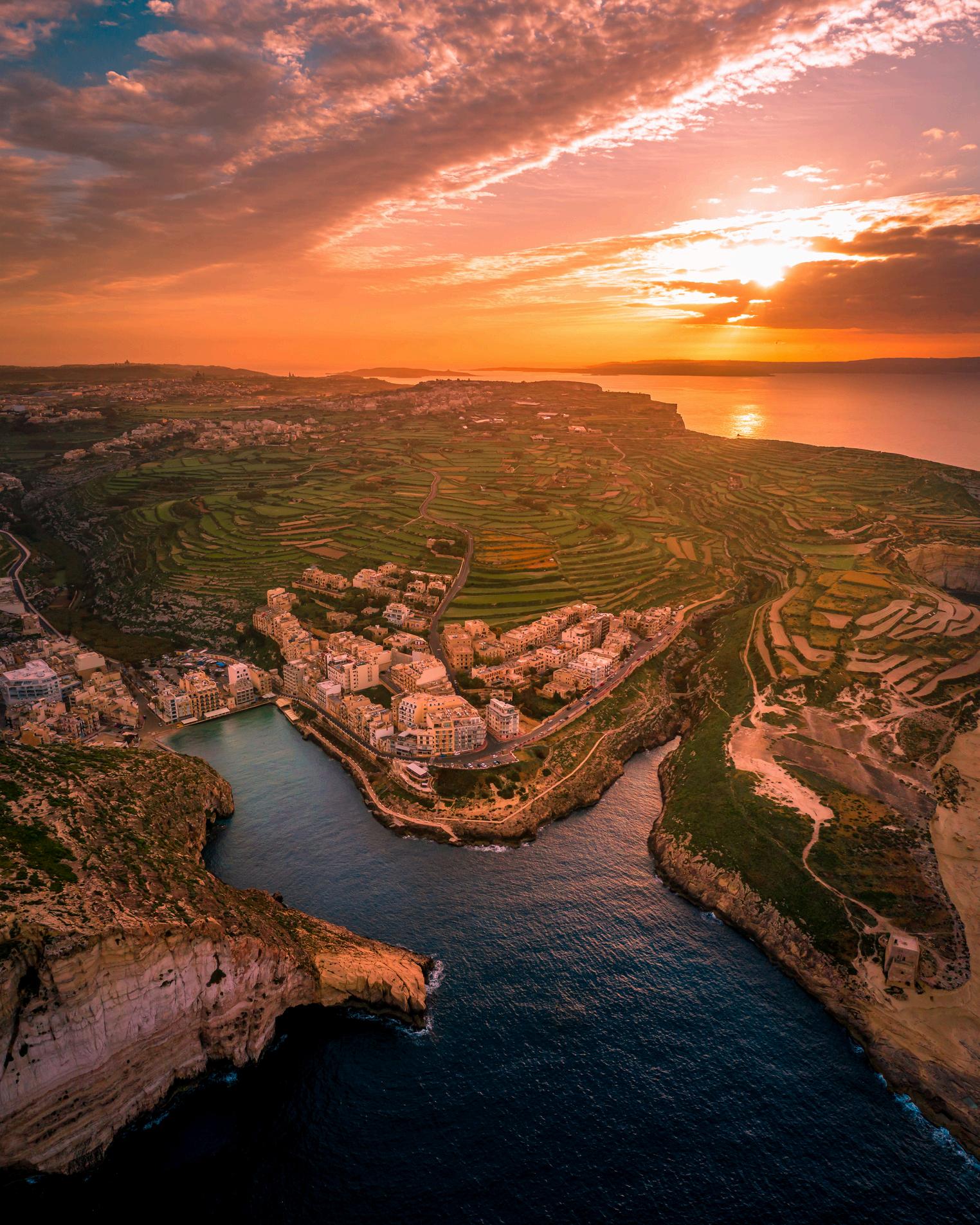

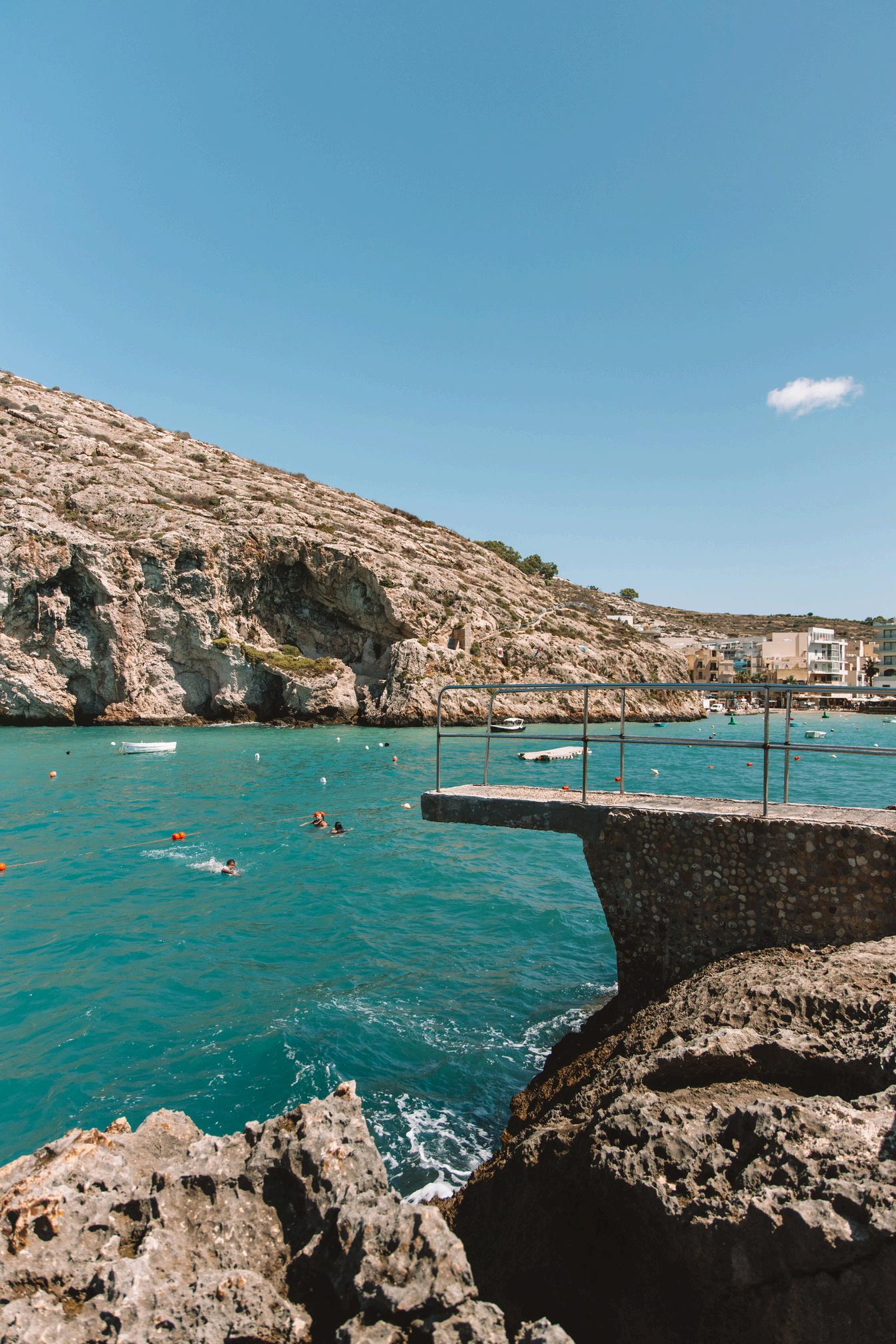
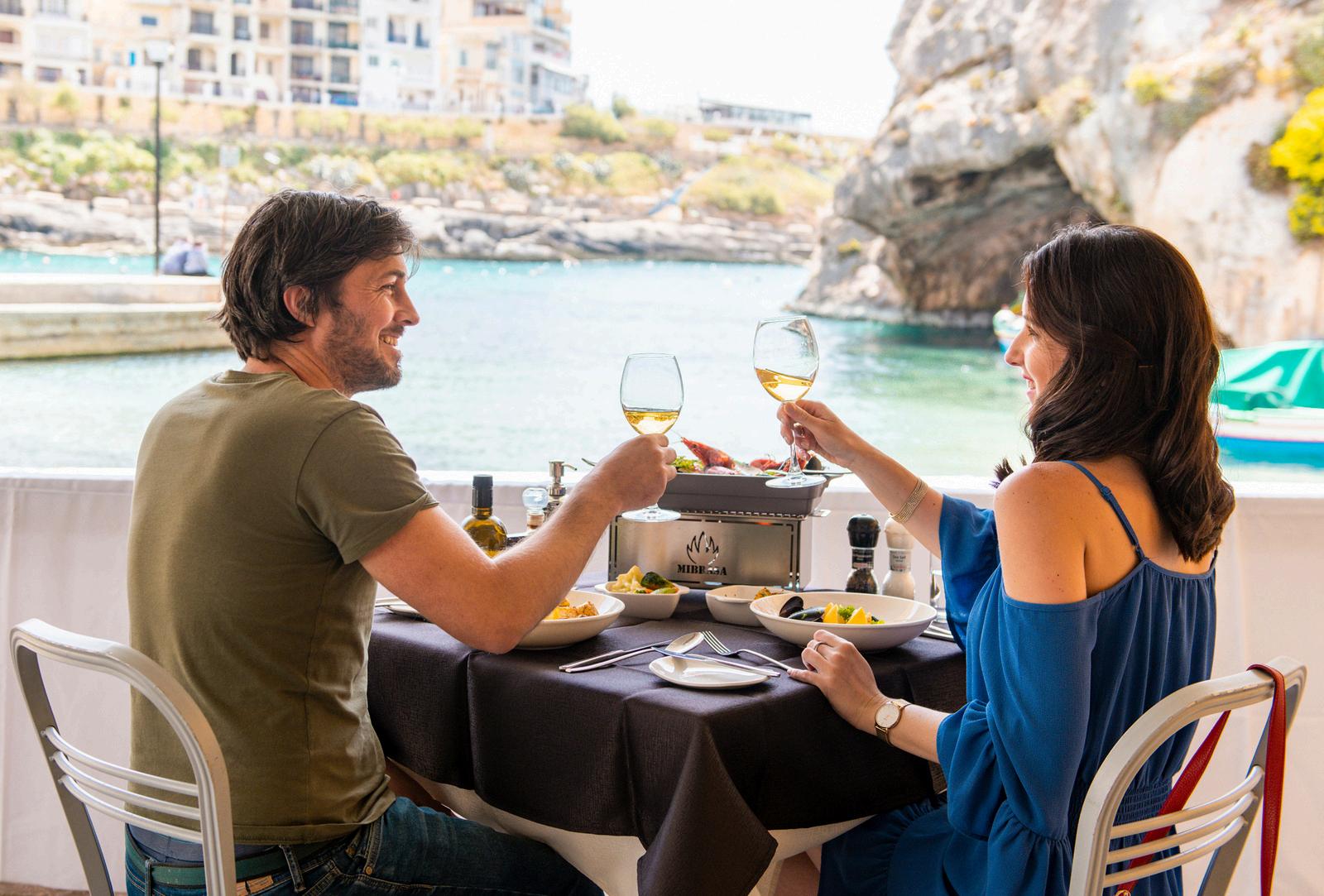
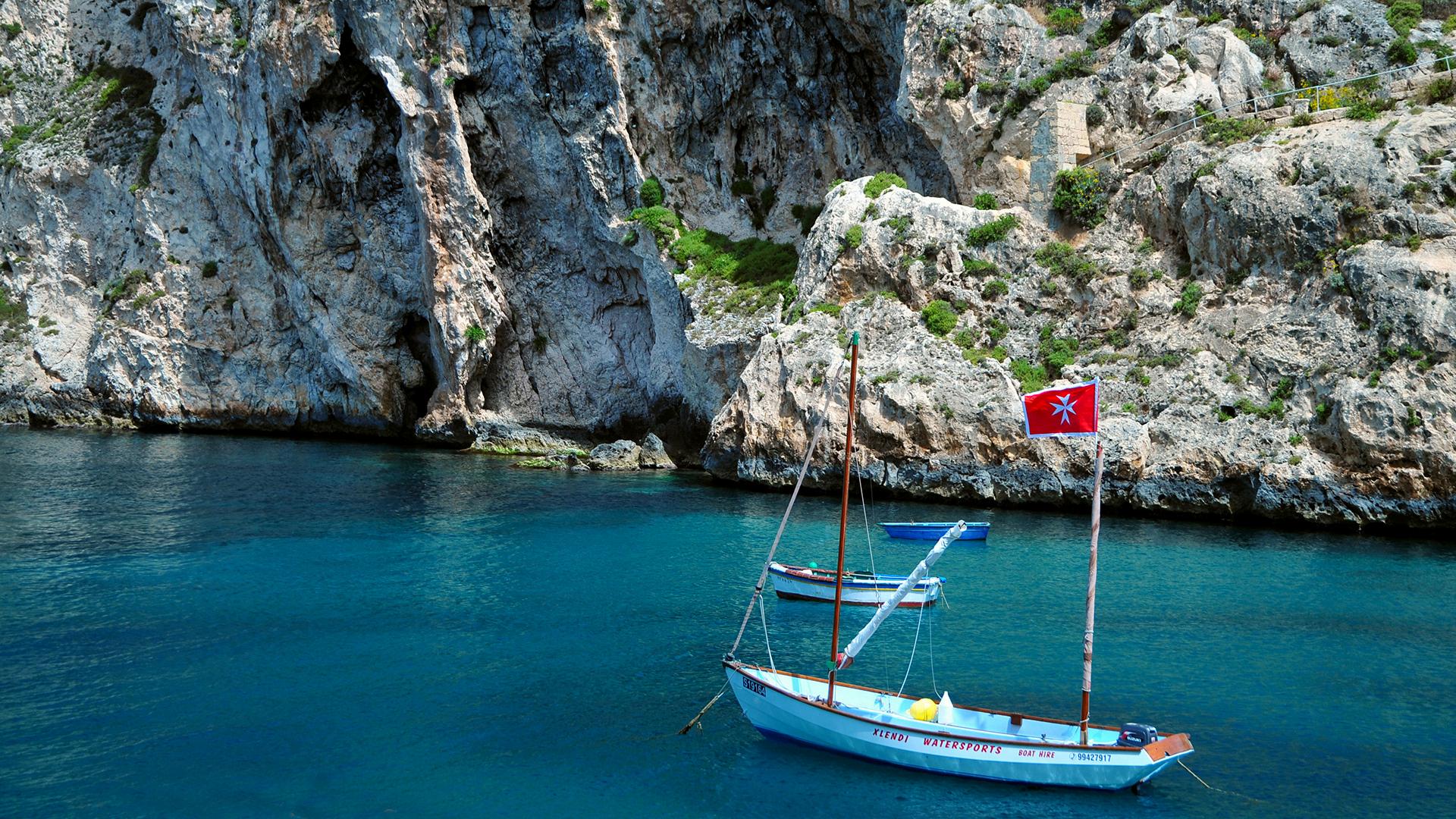
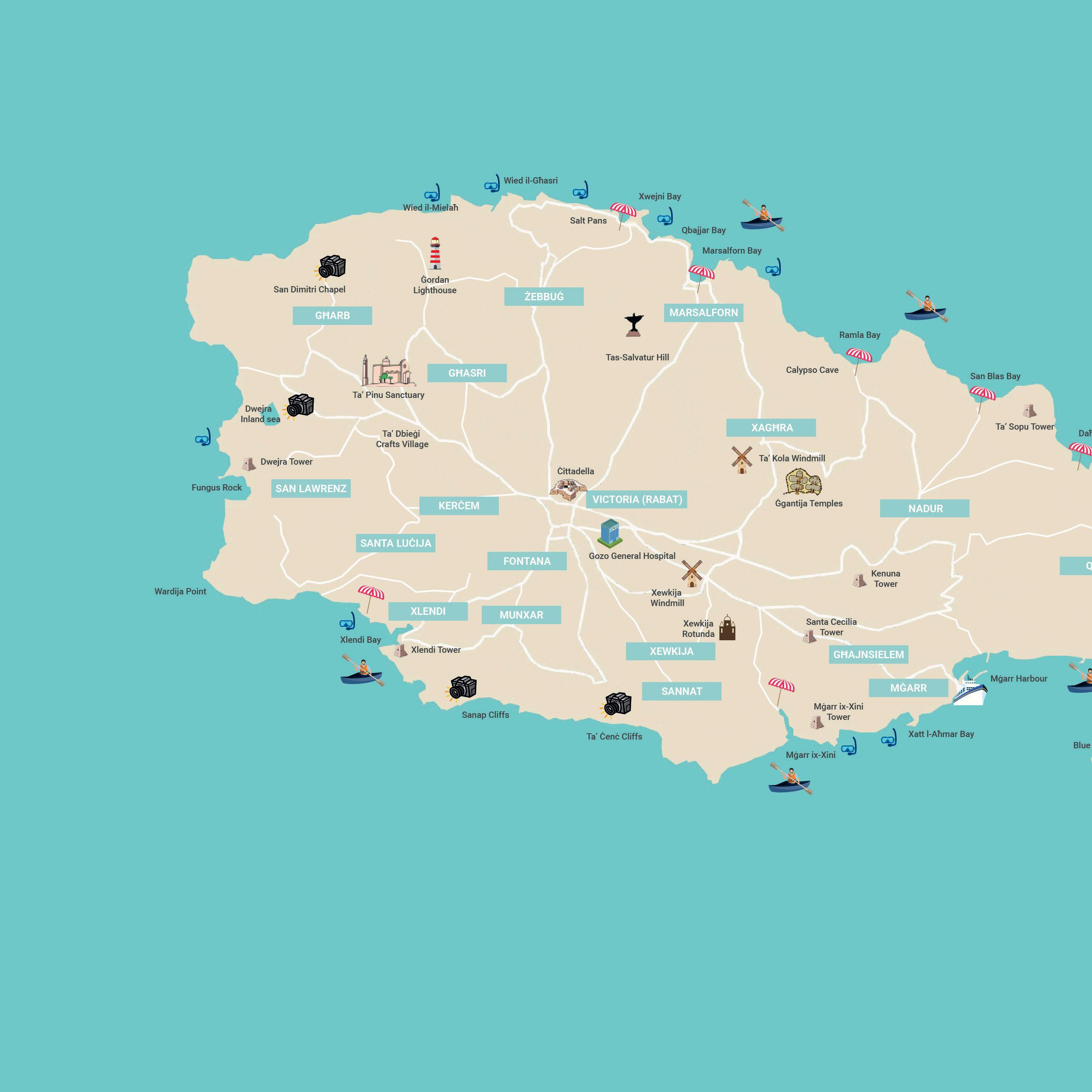
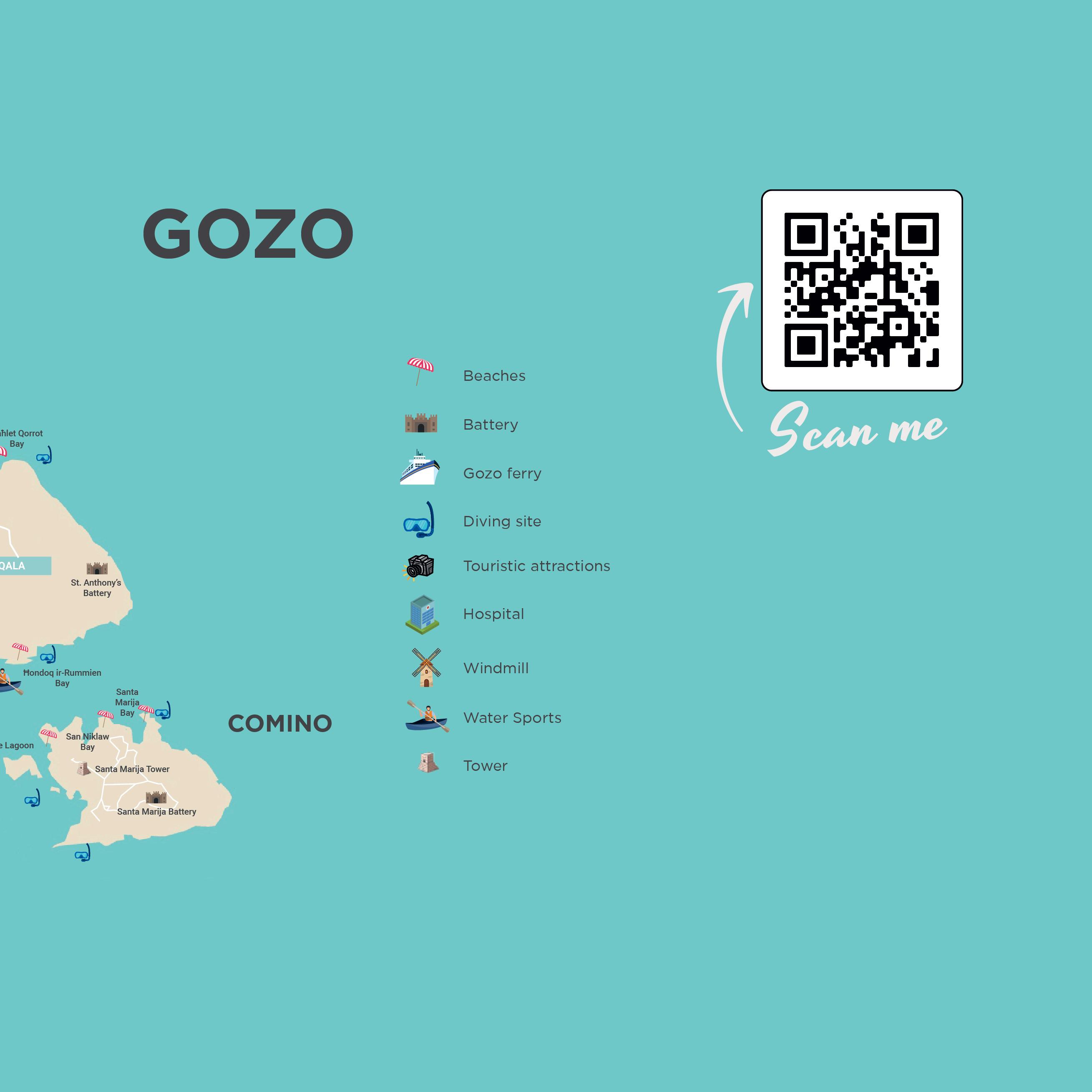

Marsalforn is one of Gozo’s most popular seaside towns, bustling in summer and more laid-back in winter. Its crystal-clear bay, encircled by hills, has long inspired artists and visitors alike. Once a fishing village, it remains connected to the sea colourful luzzus still line the harbour, and fishermen can be seen working around IlMenqa, the heart of the town.
The waterfront is dotted with restaurants, and the town offers a wide range of accommodation within walking distance of the bay. A sandy area near the breakwater suits families, while rocky spots like Għar Qawqla attract confident swimmers.
Marsalforn is also a hub for diving and snorkelling, with several centres based in the area. Nearby, scenic walks lead to Qbajjar and Xwejni, where saltpans and shallow rock pools await. Whether you ' re here to relax, explore, or take in the views, Marsalforn has something for everyone.
Marsalforn has a church dedicated to Saint Paul’s Shipwreck, which was completed in 1879. Dine by the water in the evening — the shimmering sea adds to the atmosphere.


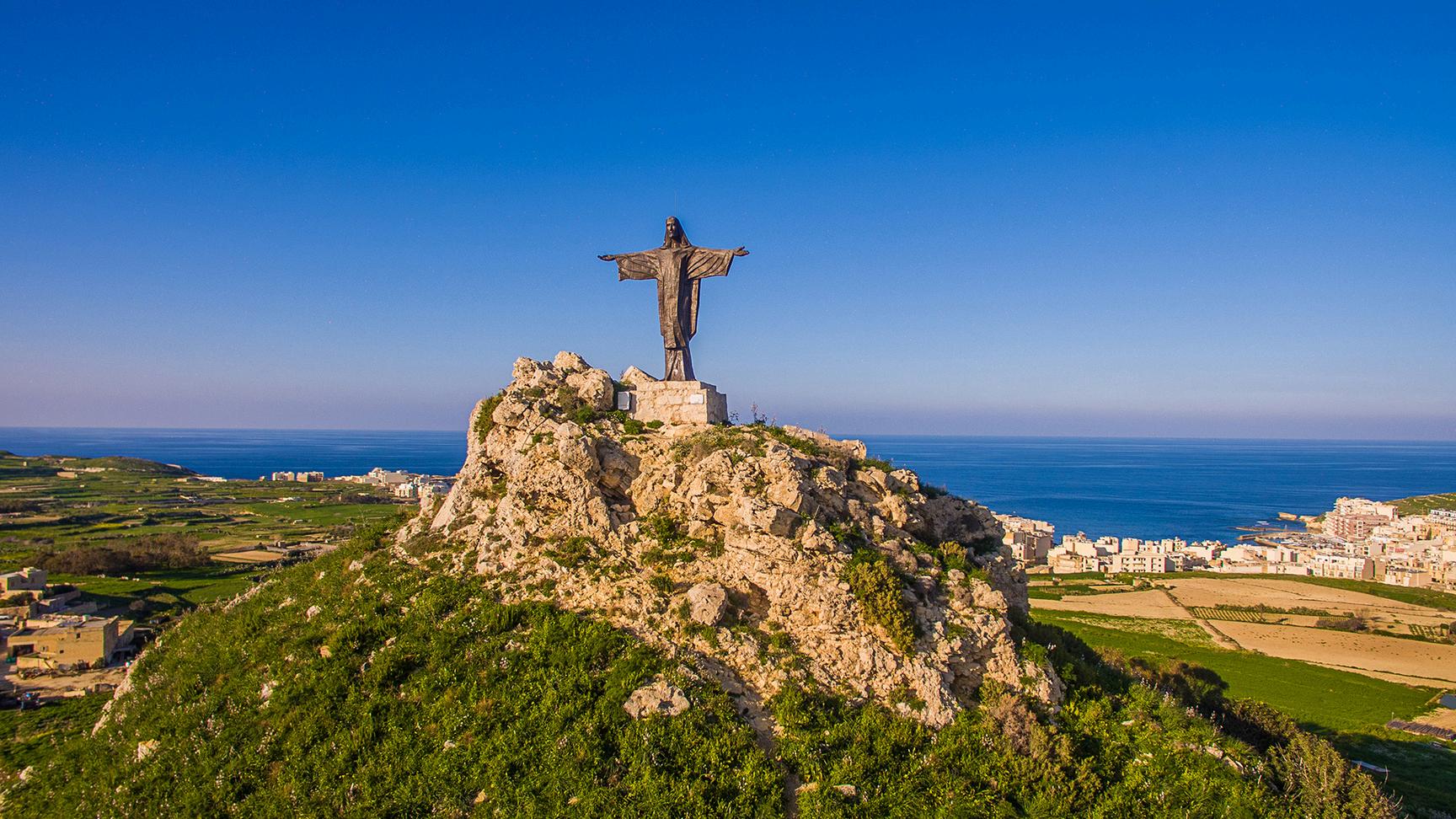


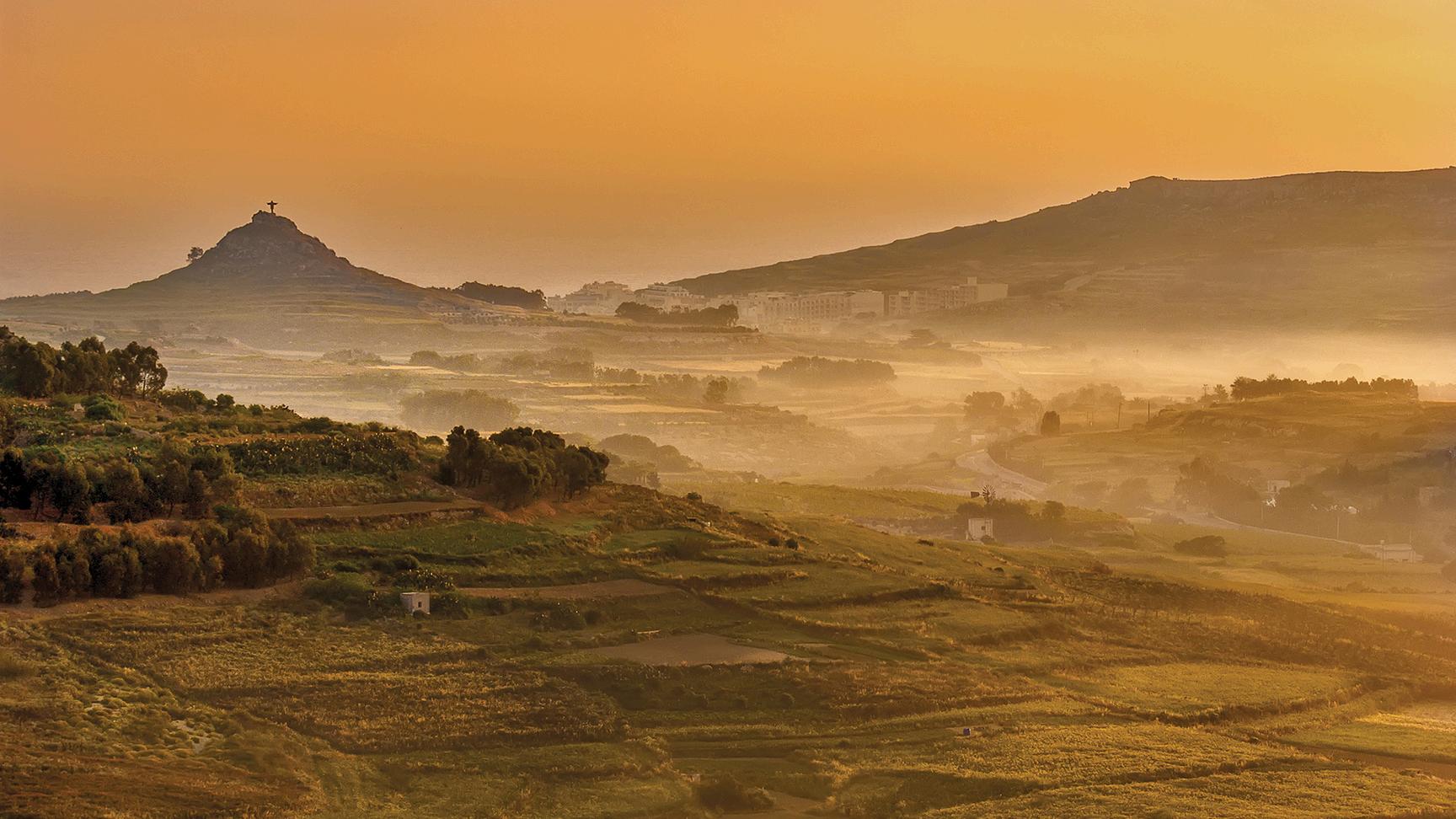
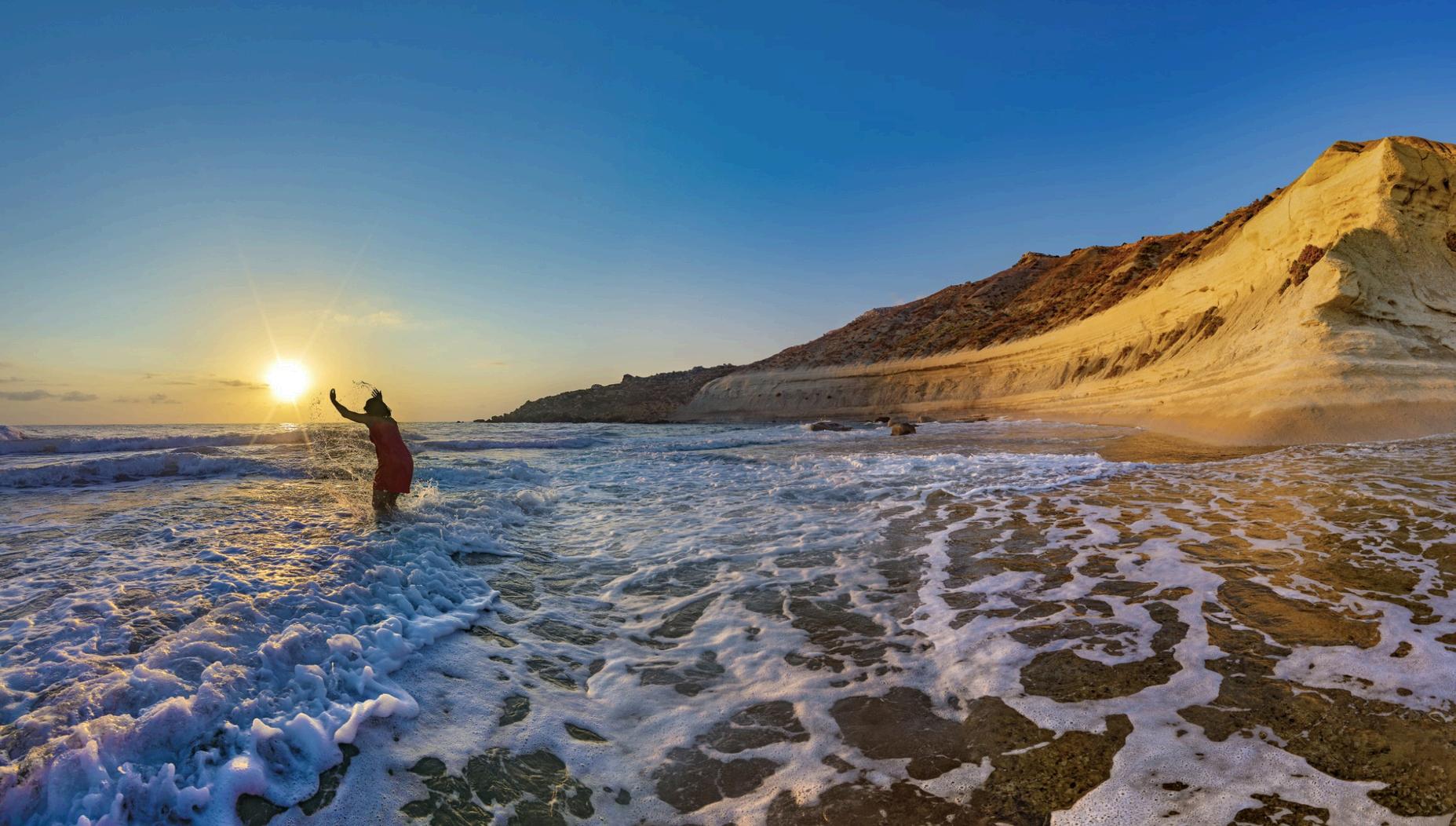
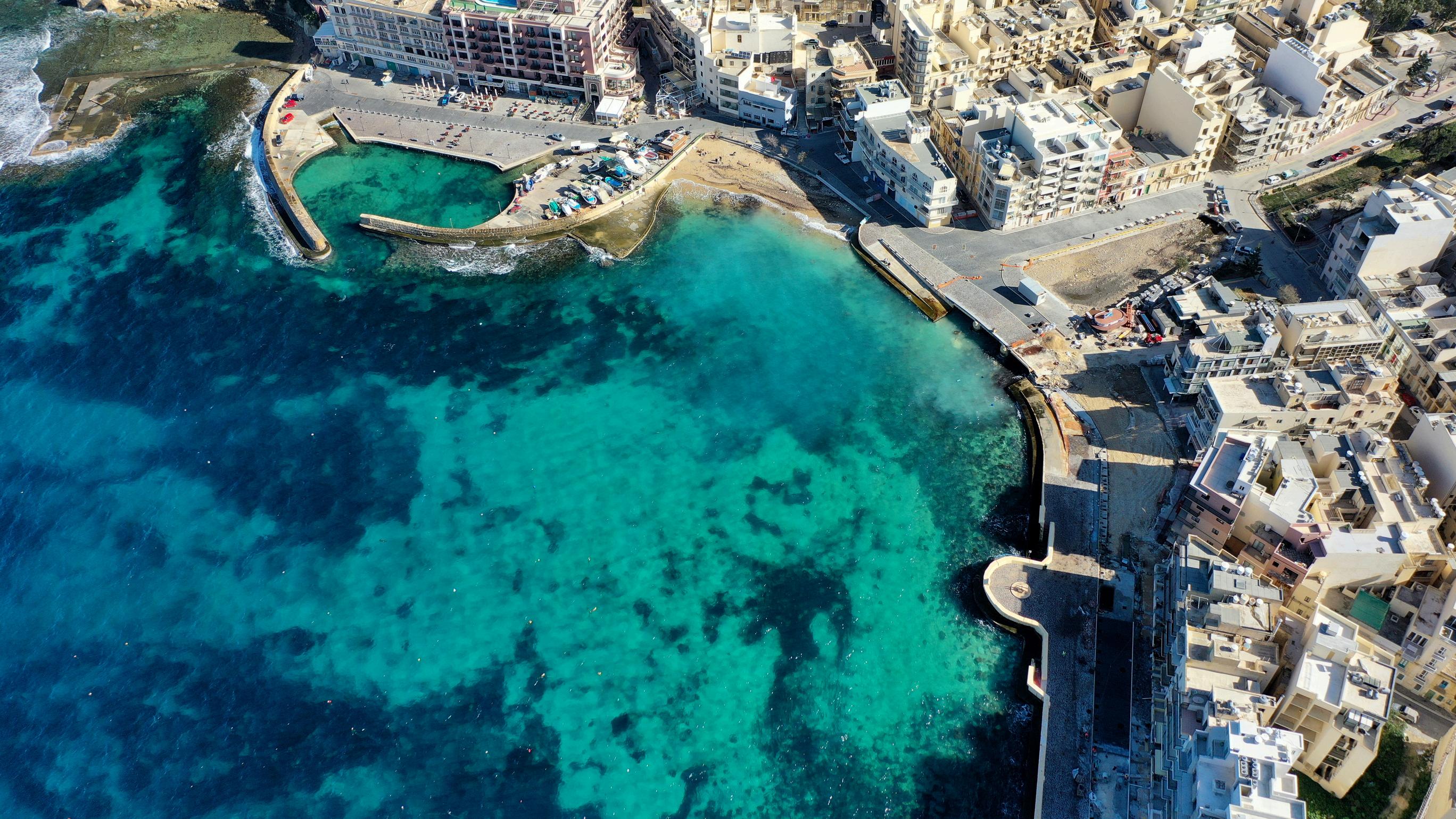
Towering 150 metres above sea level, Ta’ Ċenċ Cliffs are Gozo’s highest cliffs and a spectacular spot for walkers, nature lovers, and photographers. The cliffs are part of a Natura 2000 protected area and home to a range of biodiversity, from hardy garrigue vegetation to nesting seabirds, particularly the Mediterranean shearwaters.
The area is known for its sweeping views and peaceful, windswept terrain. It’s ideal for a quiet walk, especially at golden hour when the sea glows below. The geology here is fascinating, with exposed rock layers revealing the island’s ancient past.
History buffs will also find scattered archaeological remains, including megalithic structures, cart ruts, and ancient burial sites. One of the more mysterious sites is a cluster of upright stones, believed by some to be part of a megalithic temple. The plateau is also one of the best places in Gozo for uninterrupted views of the open sea.
Visit at sunset time - the views are absolutely breathtaking.
The area holds remains of megalithic temples and mysterious prehistoric cart ruts.


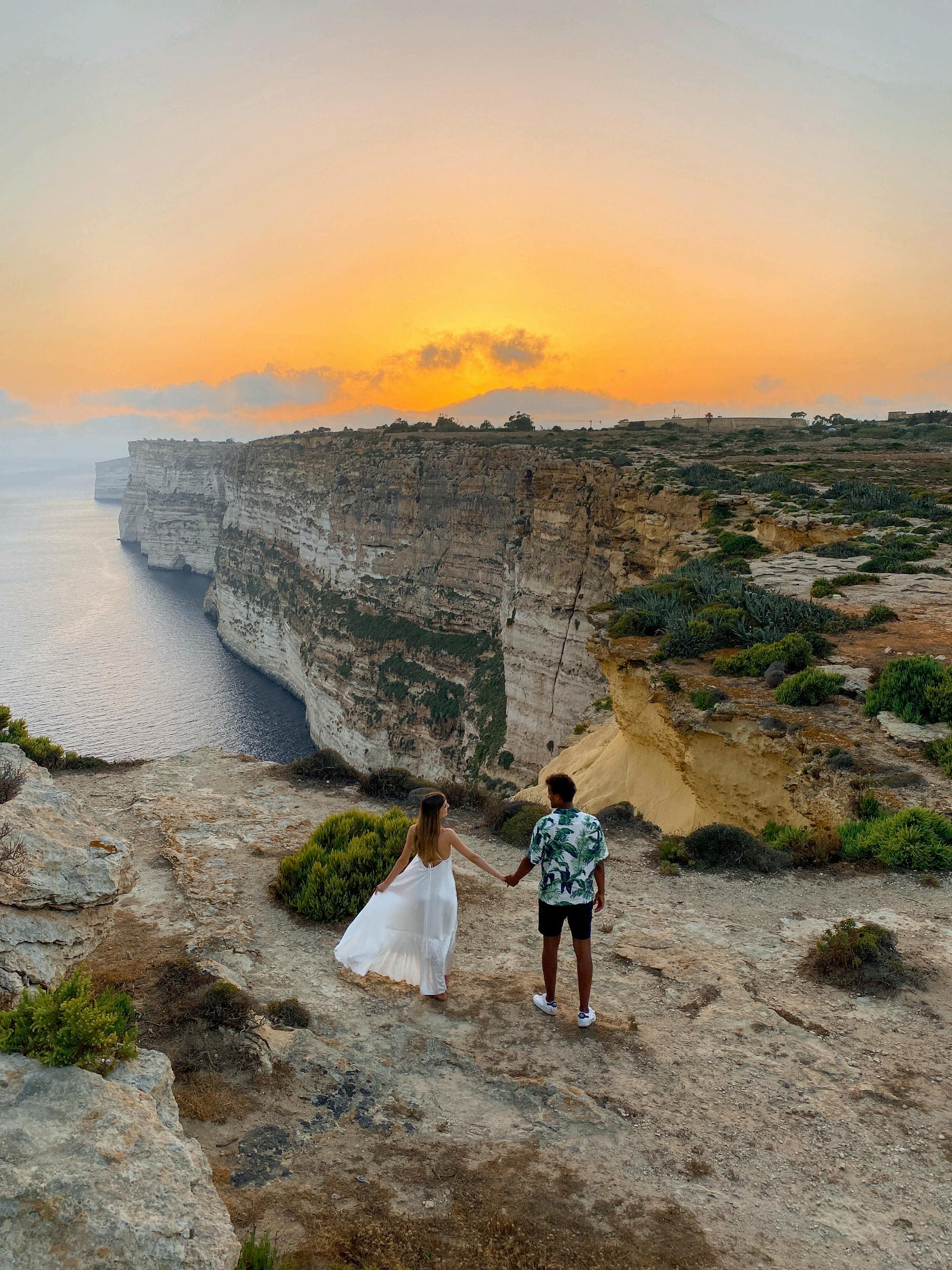



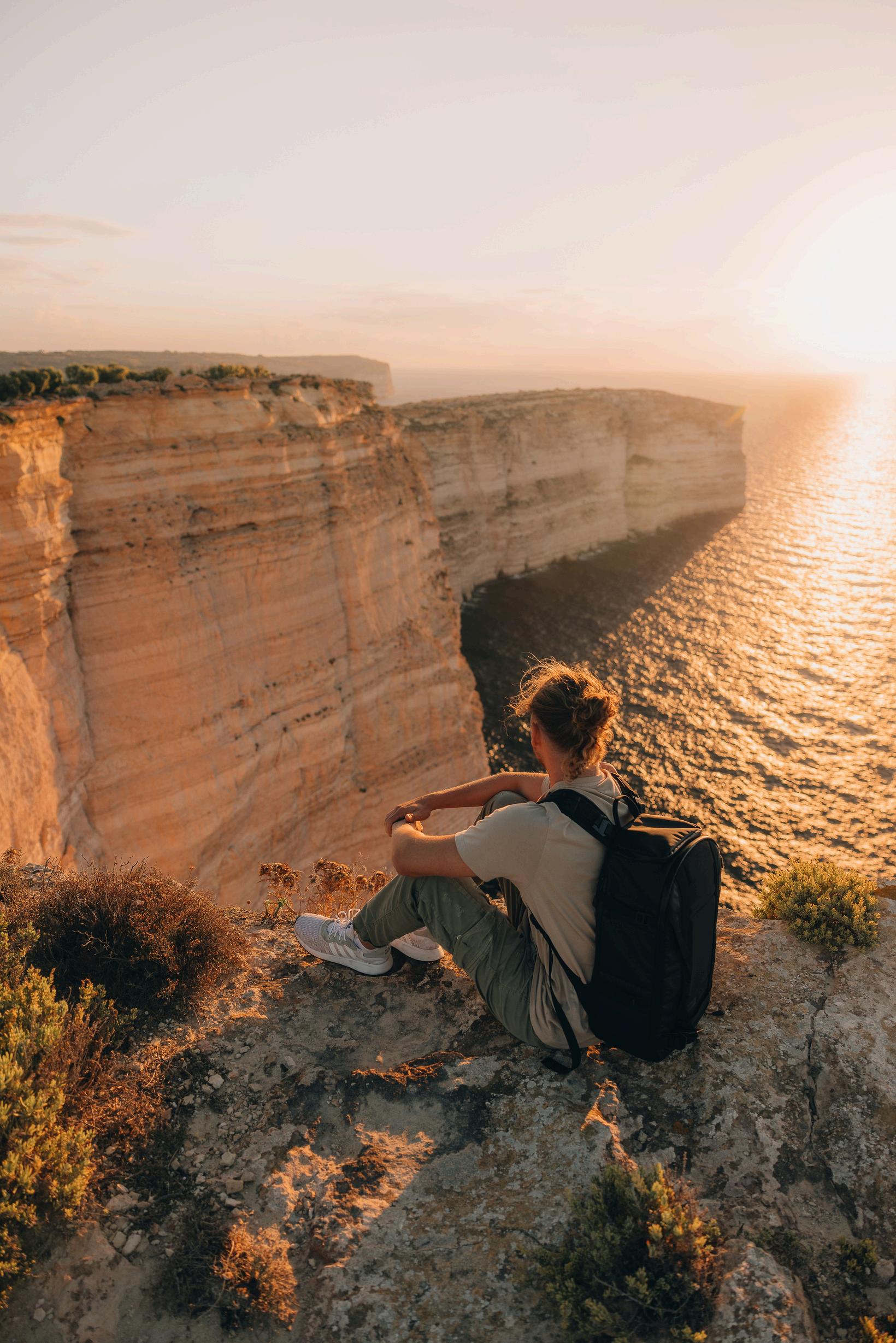
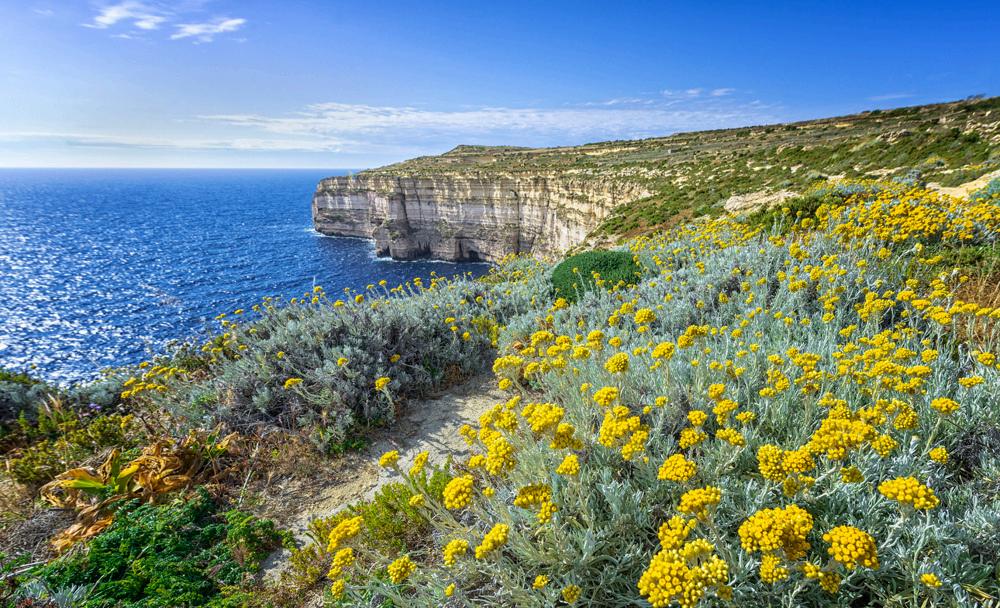
Stretching across Gozo’s northern coast, the Xwejni saltpans are one of the island’s most iconic traditional landscapes.
These shallow, rock-hewn pans are still used by local families to harvest sea salt, using techniques that date back to Phoenician and Roman times.
The process is simple but effective: seawater fills the pans and is left to evaporate under the summer sun, leaving behind pure sea salt. Harvested from mid-May to September, the salt is then stored in nearby caves carved into the limestone. Family-run operations have kept this tradition alive for generations. The saltpans are a scenic and cultural highlight, best appreciated during harvesting season.
Visitors are asked not to walk on the pans to help preserve this heritage.
Look out for small stalls by the roadside where you can buy salt directly from the families who harvest it.
These centuries-old saltpans stretch across roughly 3km and date back some 350 years.

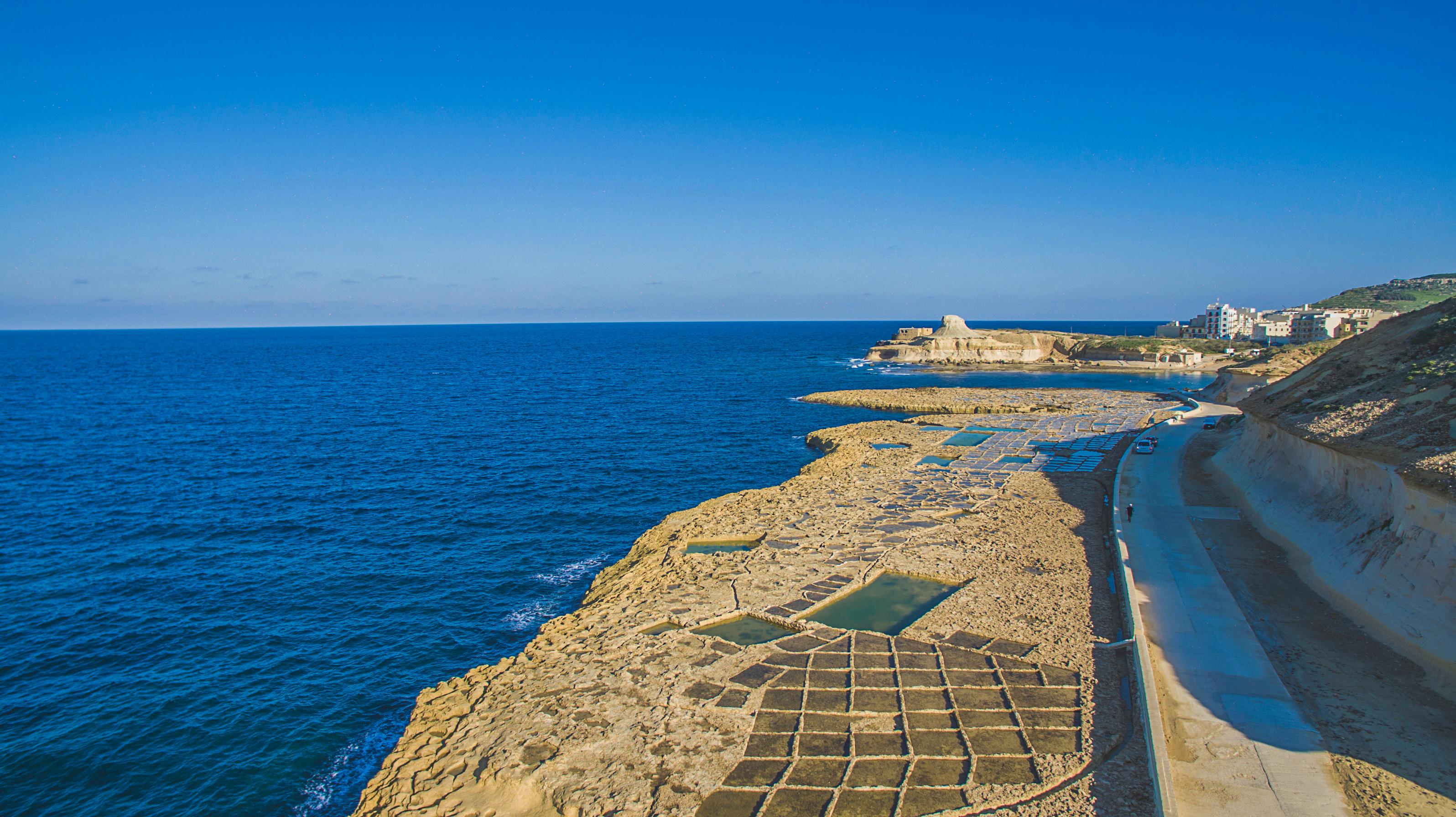
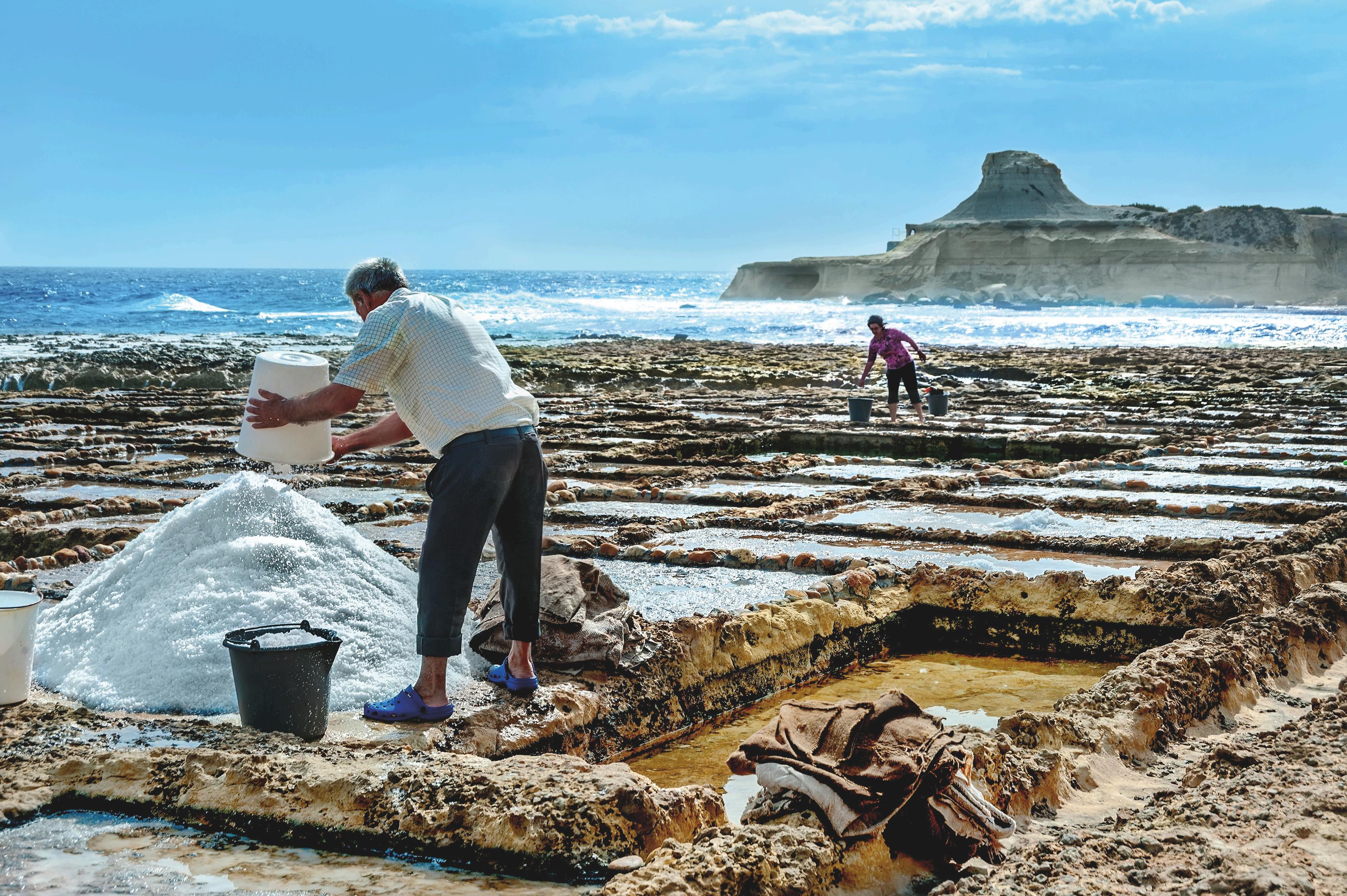
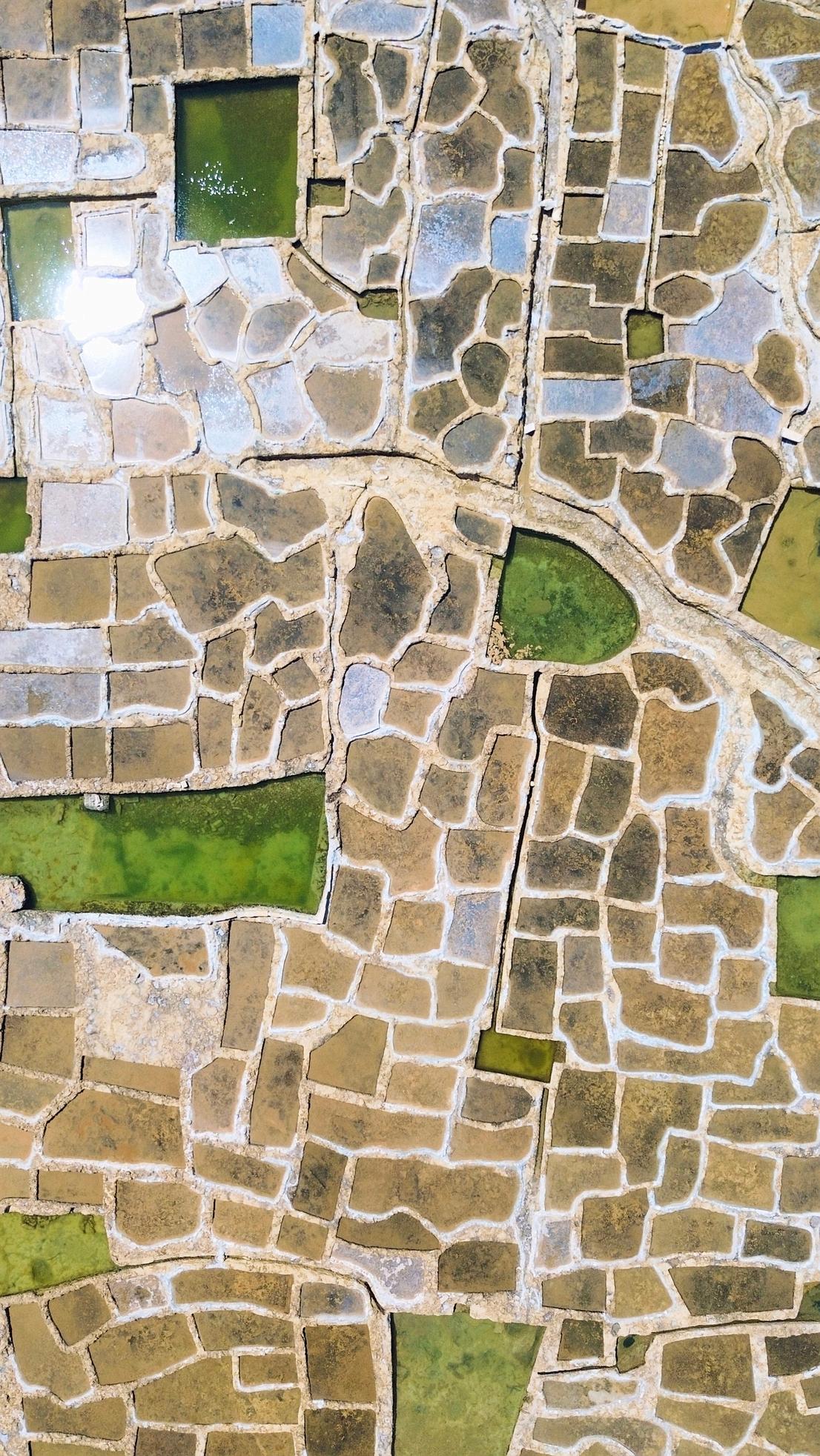



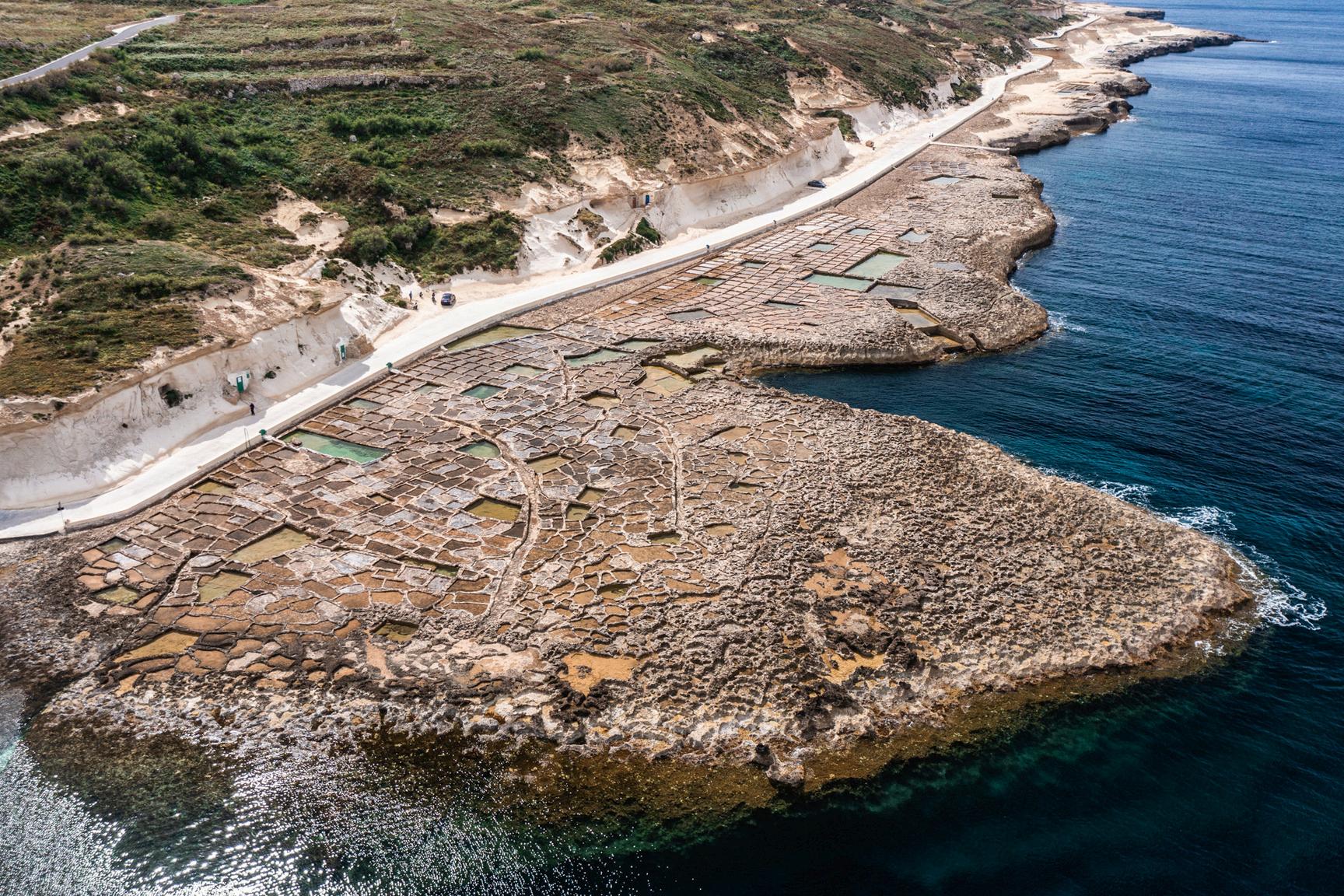
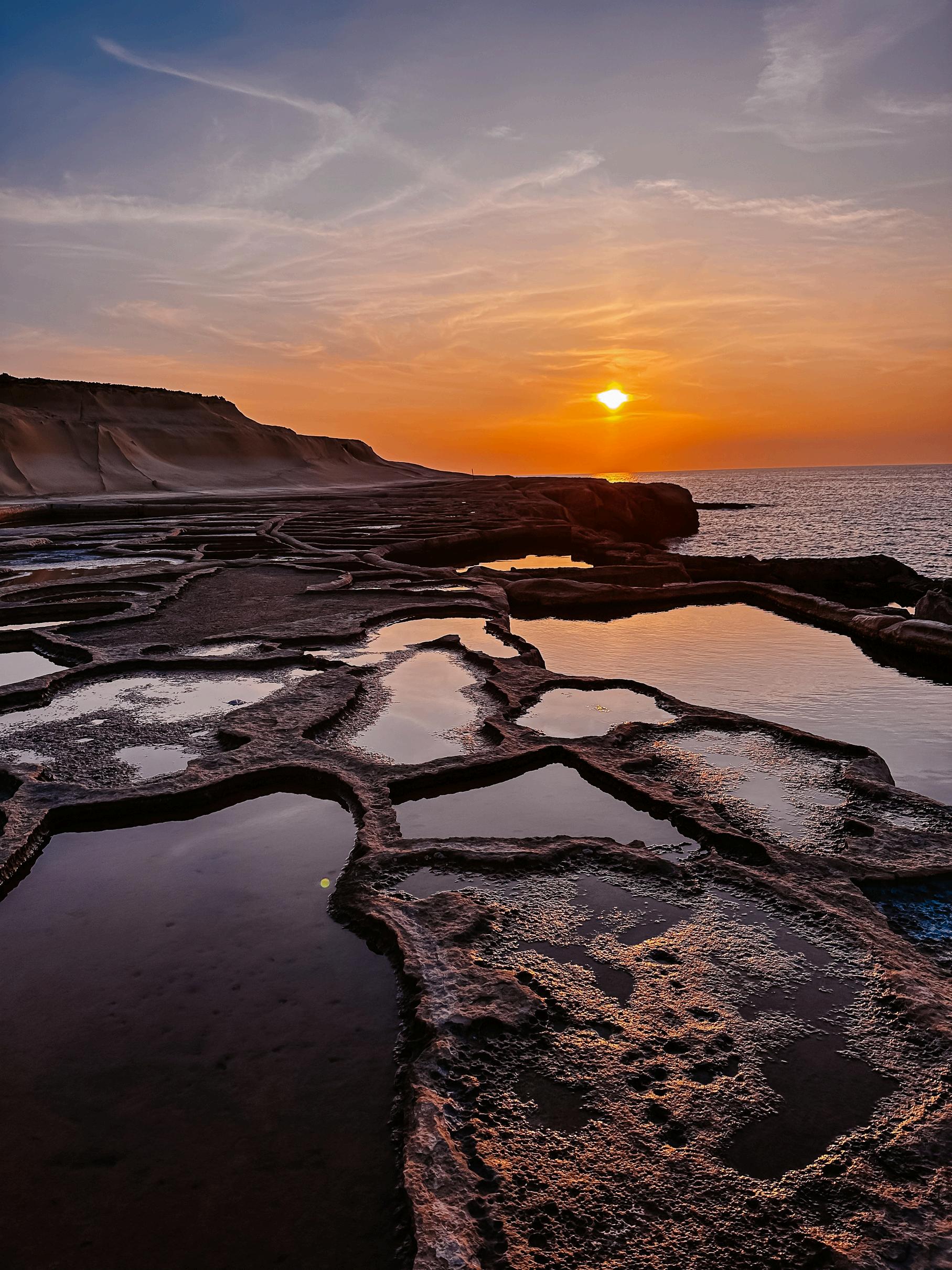
Walk up Għammar Hil, opposite the Sanctuary, for panoramic views and stations of the cross in white Carrara marble.
Ta’ Pinu has hosted two papal visits – Pope John Paul II in 1990 and Pope Francis in 2022.
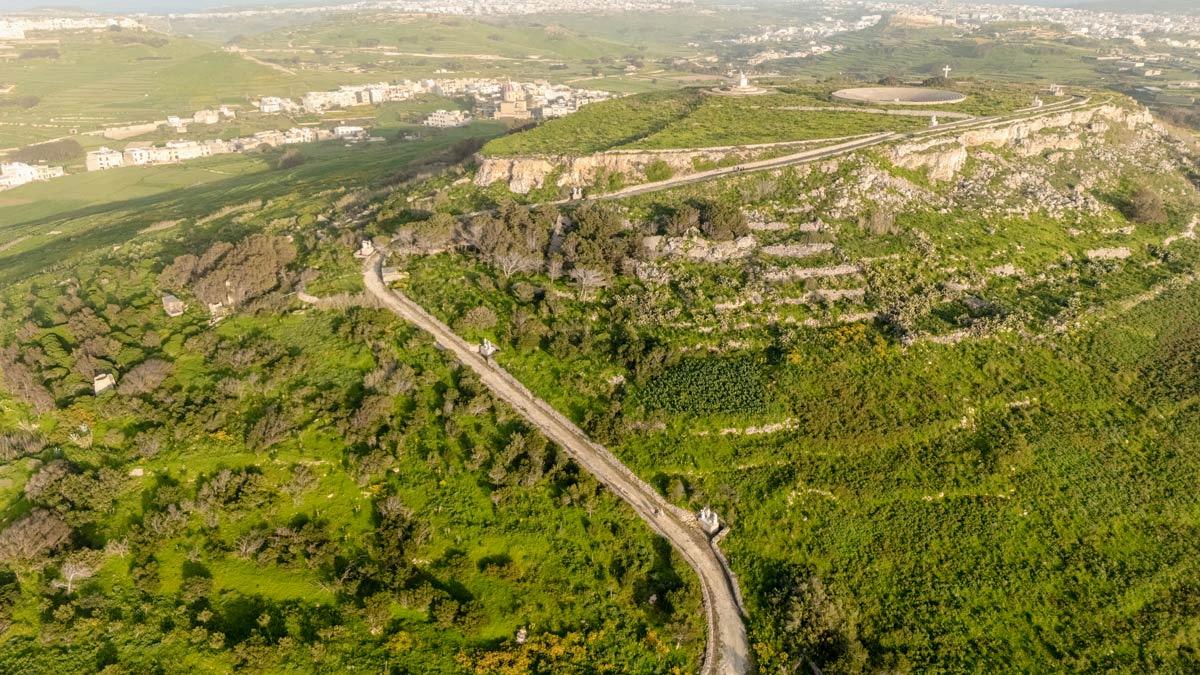

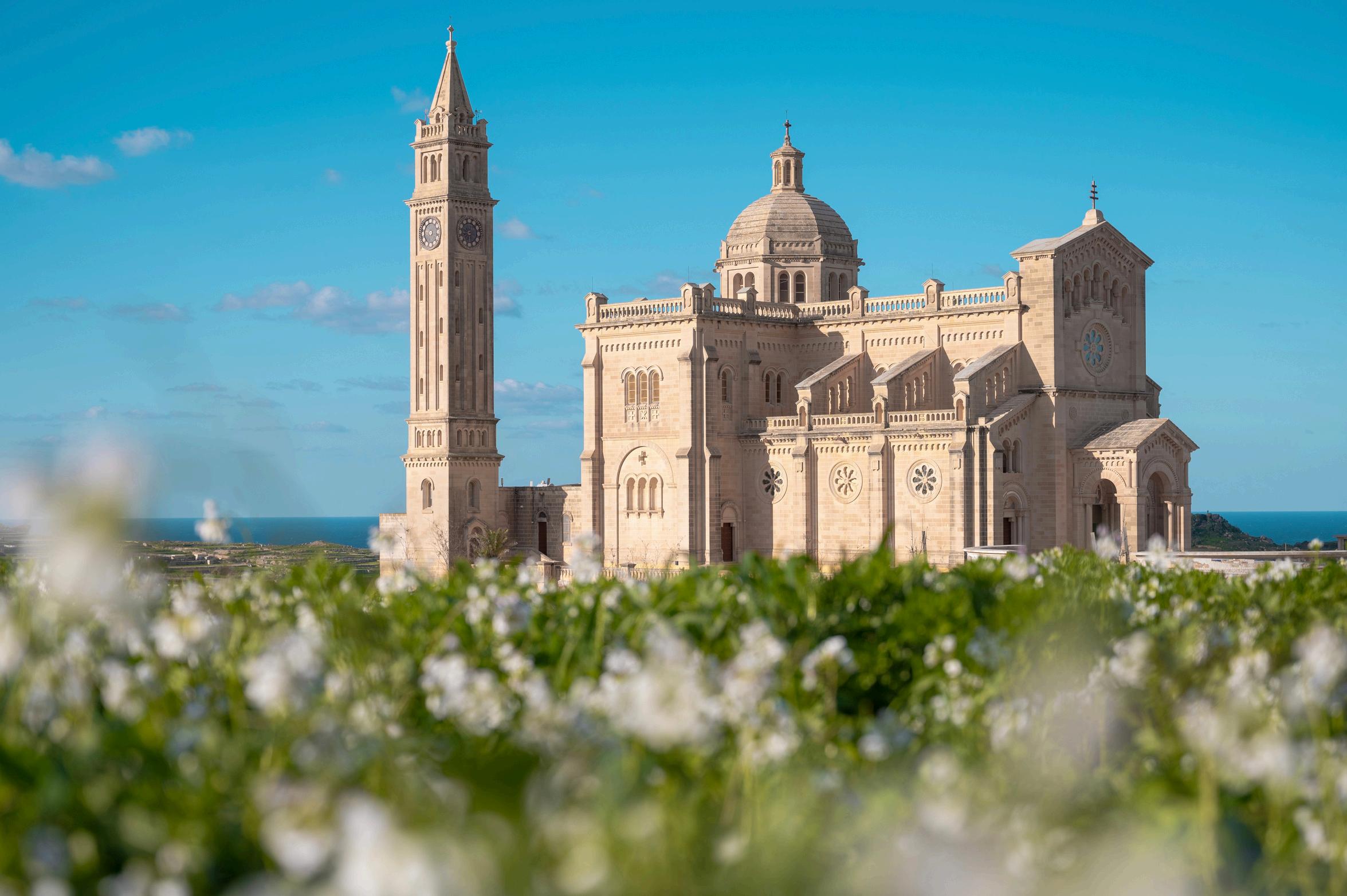
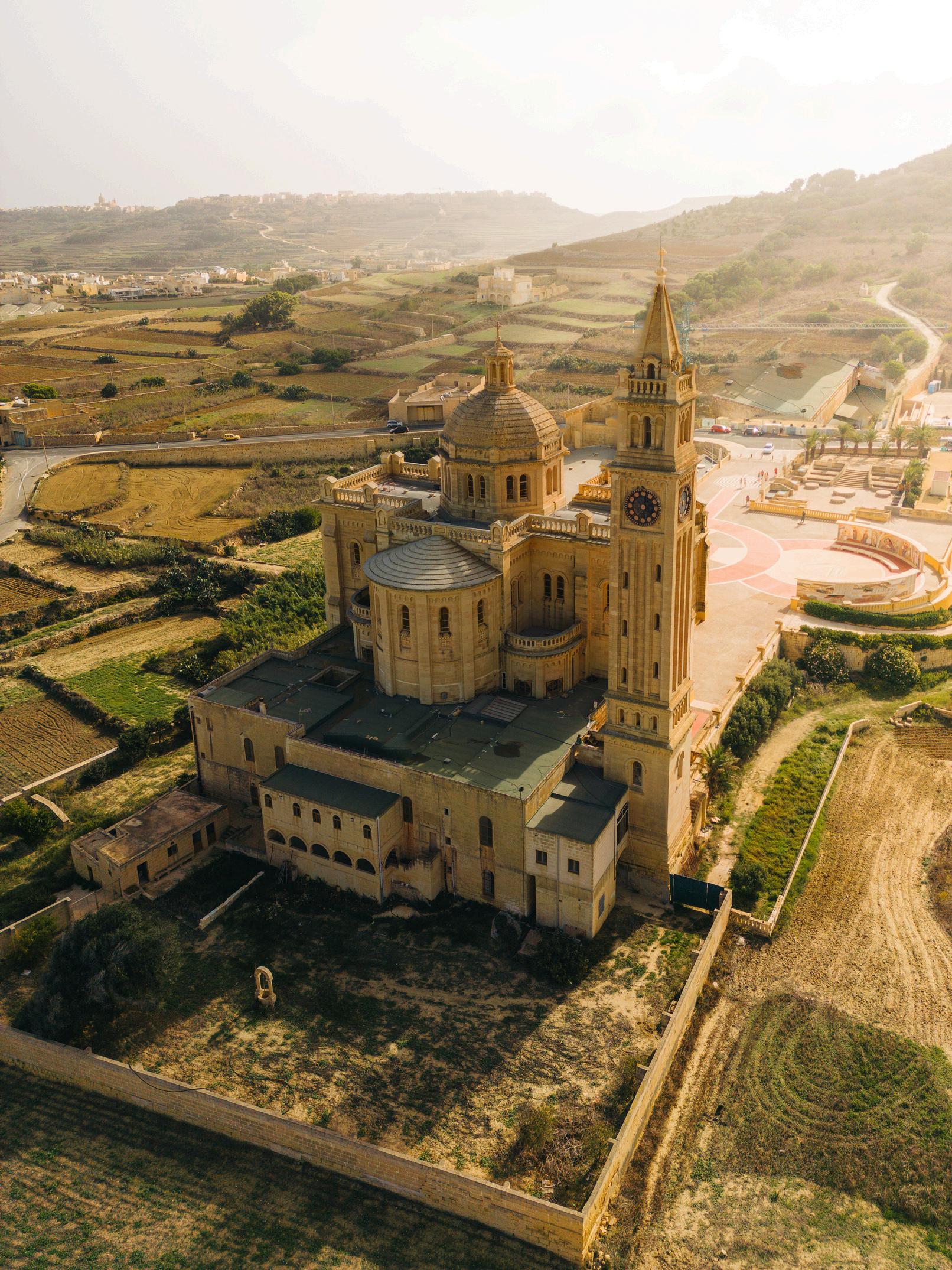

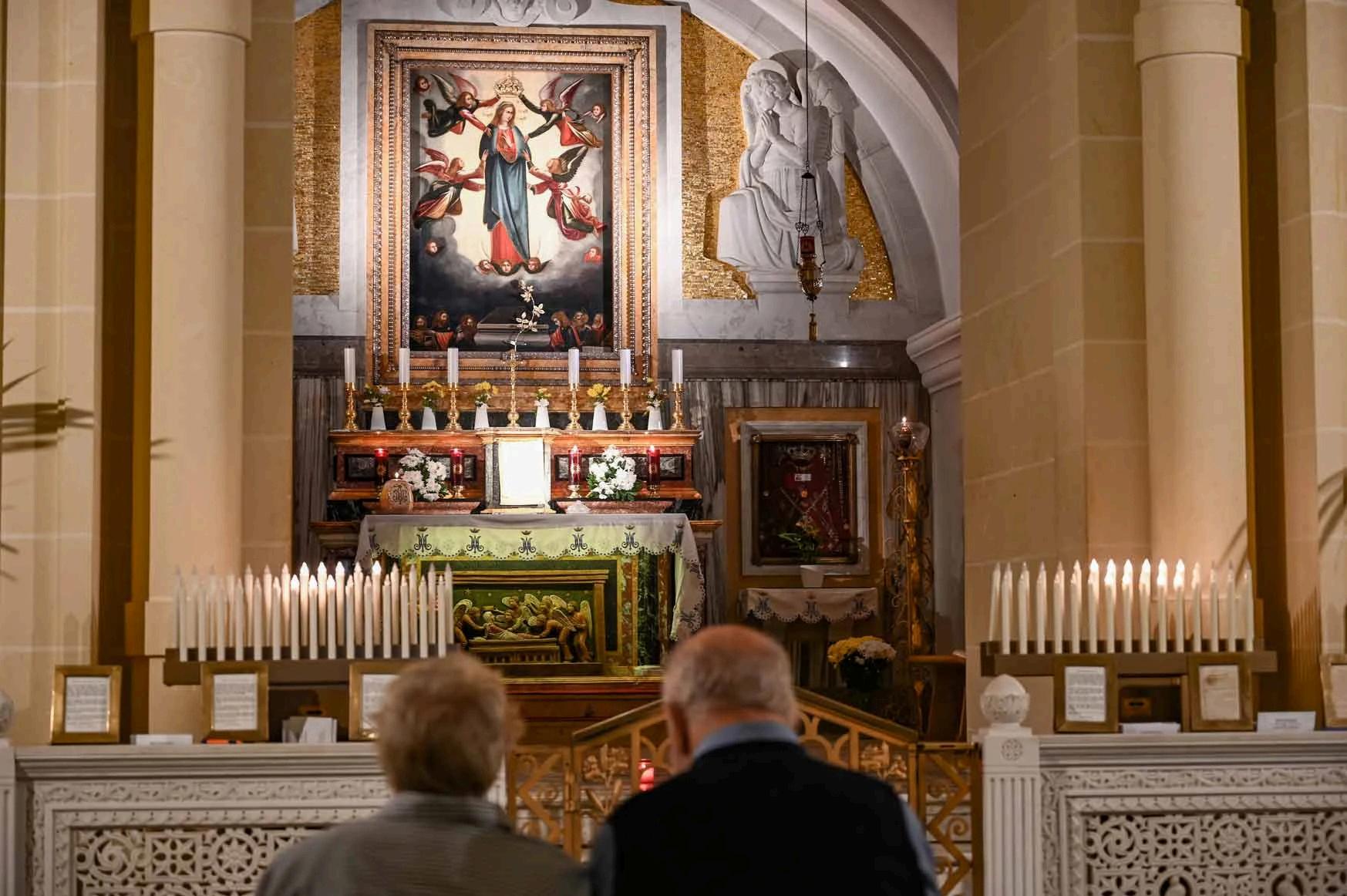
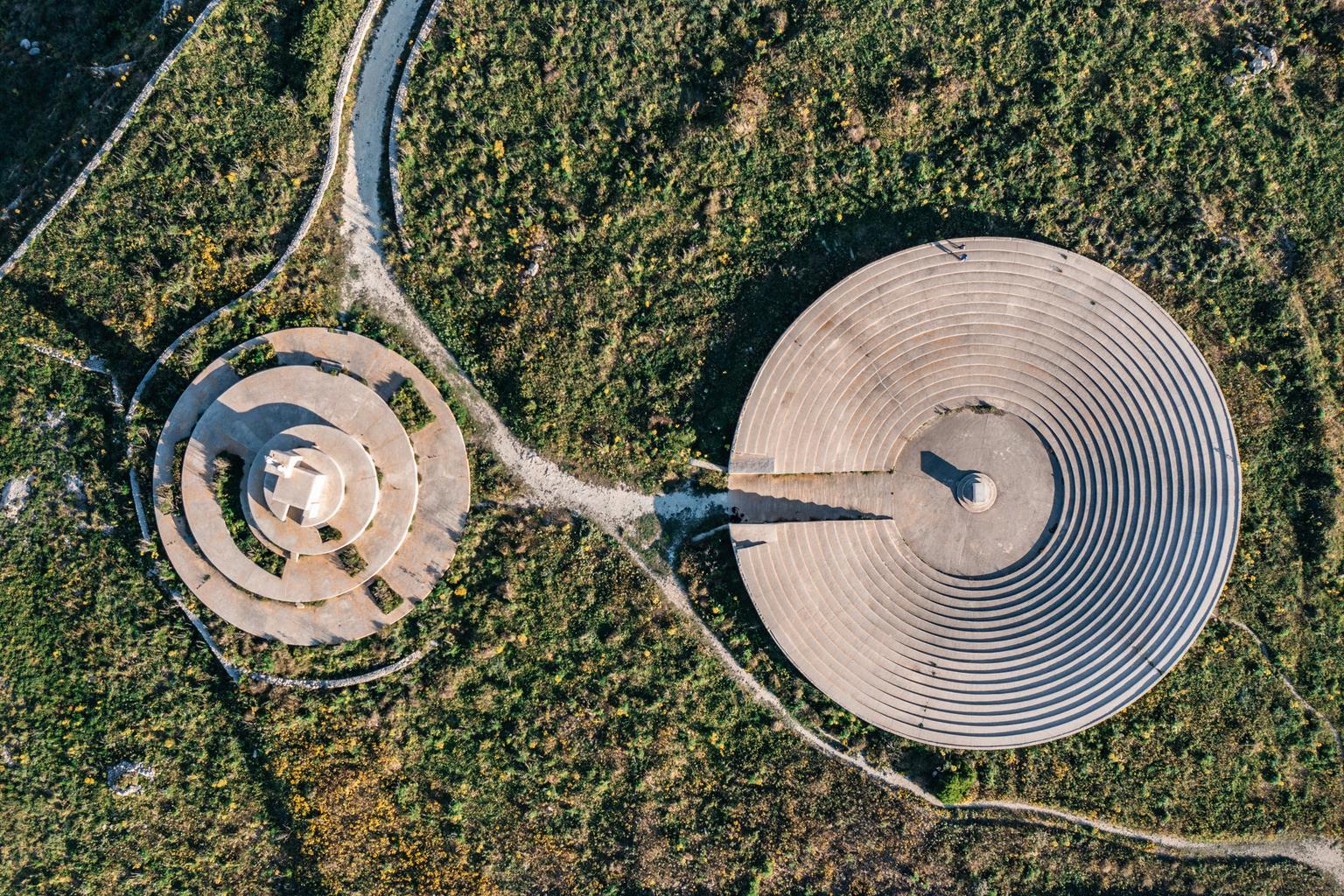

The Rotunda of Xewkija is Gozo’s largest church and an impressive symbol of community effort and devotion. Constructed in the mid-20th century, this monumental limestone structure was inspired by Venice’s Santa Maria della Salute. Remarkably, it was built around the village’s older church, allowing religious services to continue throughout the construction.
The dome measures 27 metres across and rises 75 metres high, with the entire structure estimated to weigh around 45,000 tonnes. Much of the work was carried out by hand local men carved and hauled stone, while women took charge of fundraising and support. Inside, the space is vast and beautifully finished, featuring marble flooring, stained glass, and finely detailed sculpture.
The adjoining museum preserves original works from the former church, including statuary and intricate woodwork. More than just a place of worship, the Rotunda stands as a lasting tribute to the craftsmanship and determination of the people of Gozo’s oldest village.
Take the lift (for a small fee) to the rooftop for panoramic views across Gozo.
It has Europe’s third-largest unsupported dome after St Peter’s in Rome and St Paul’s in London.


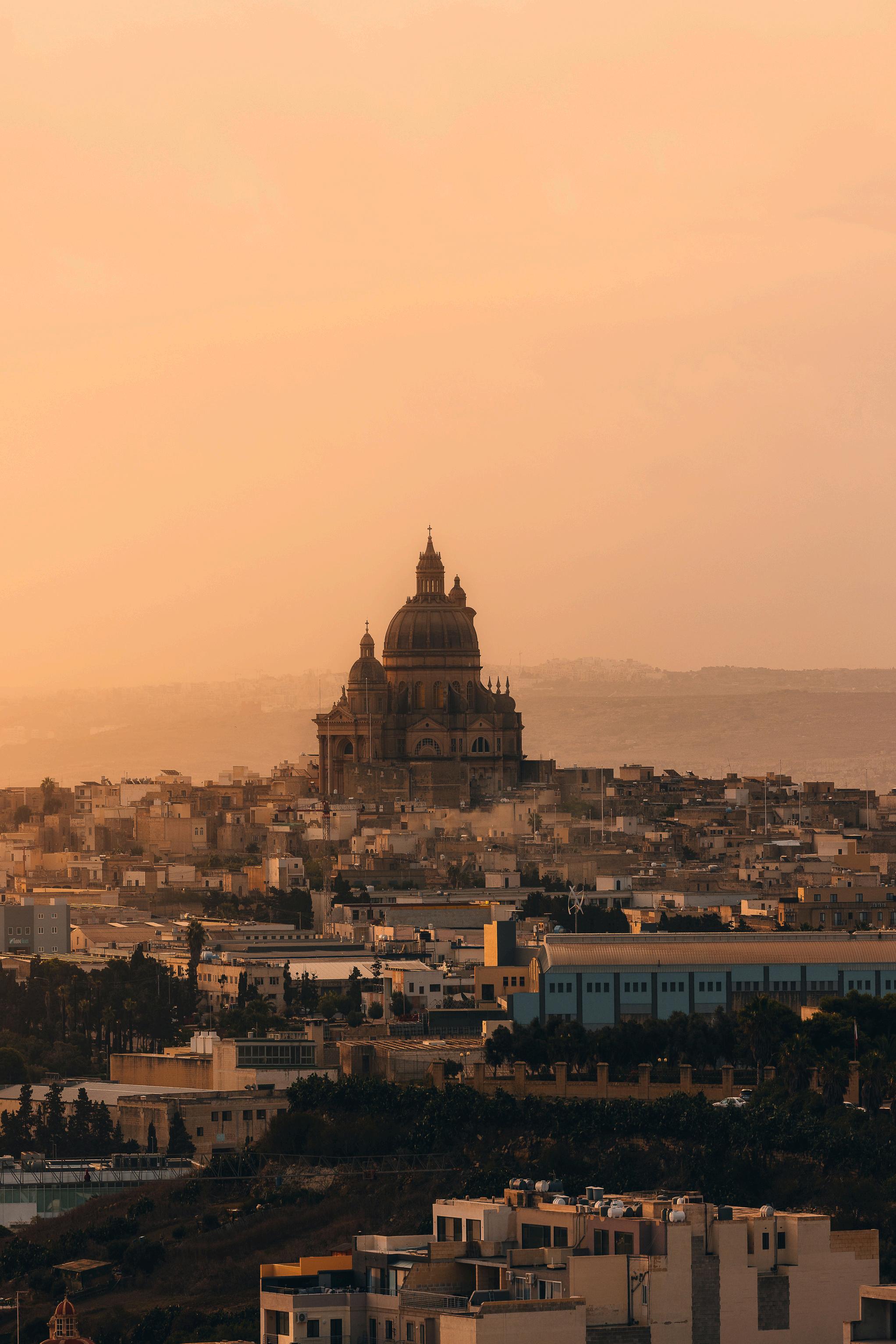

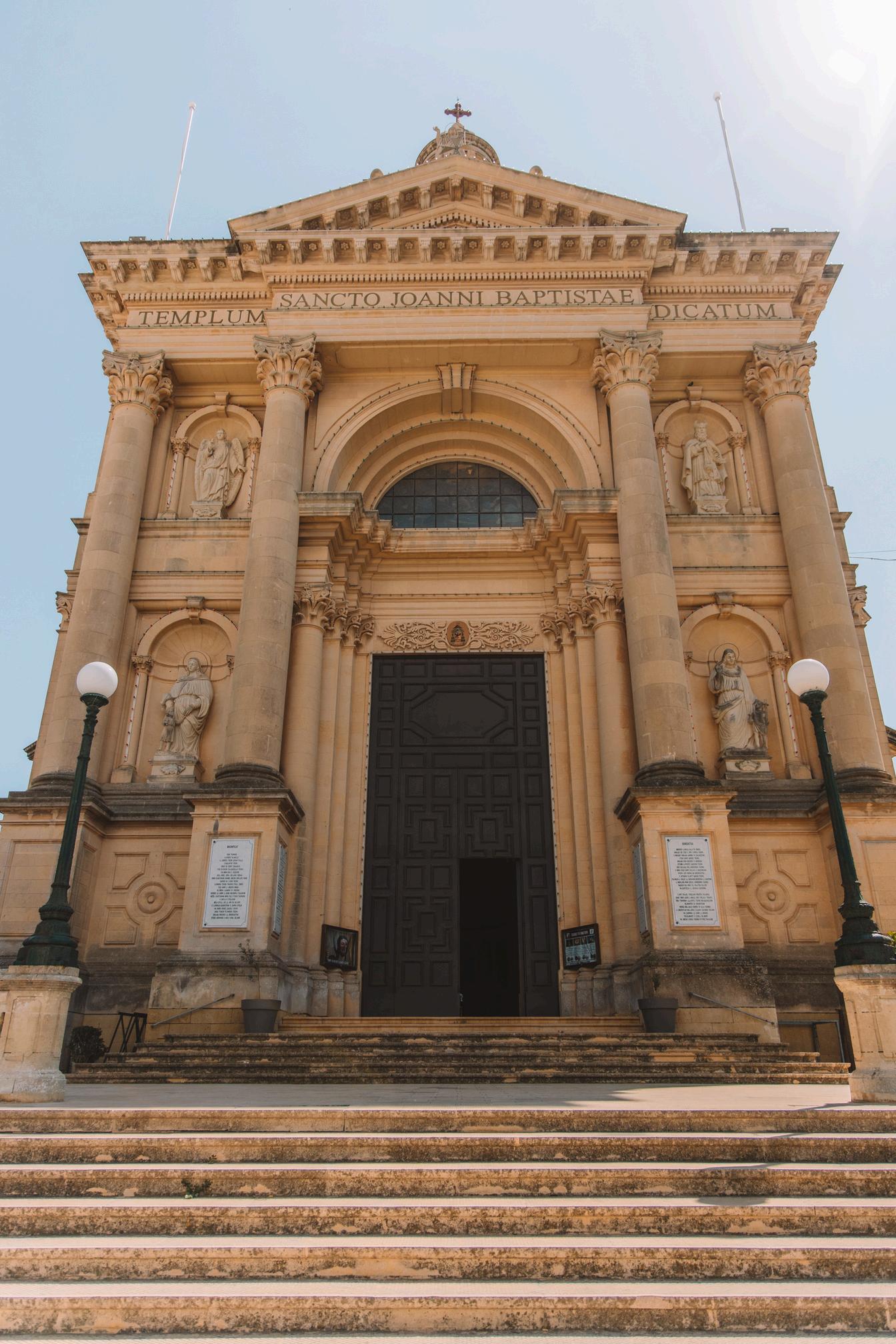
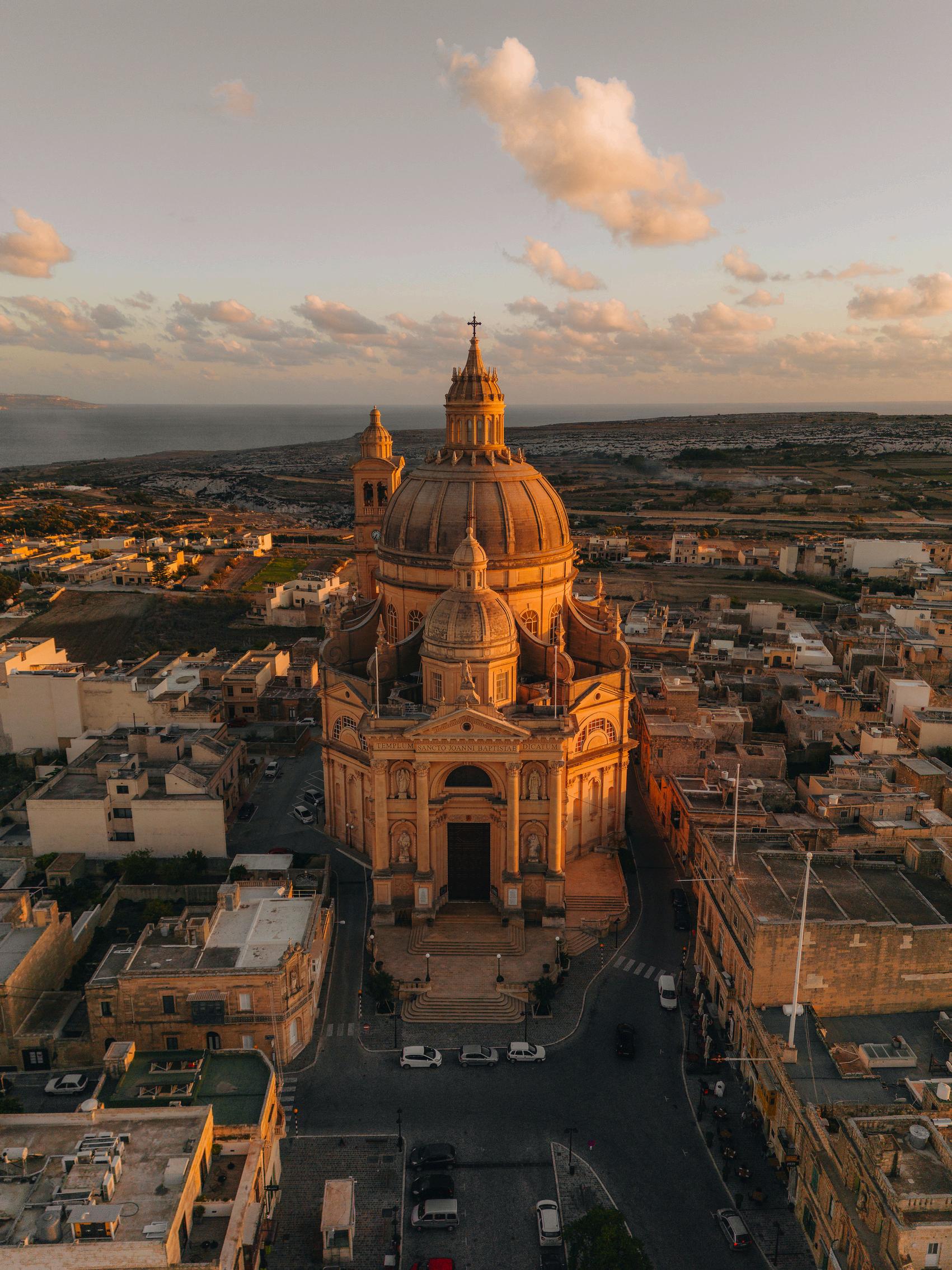

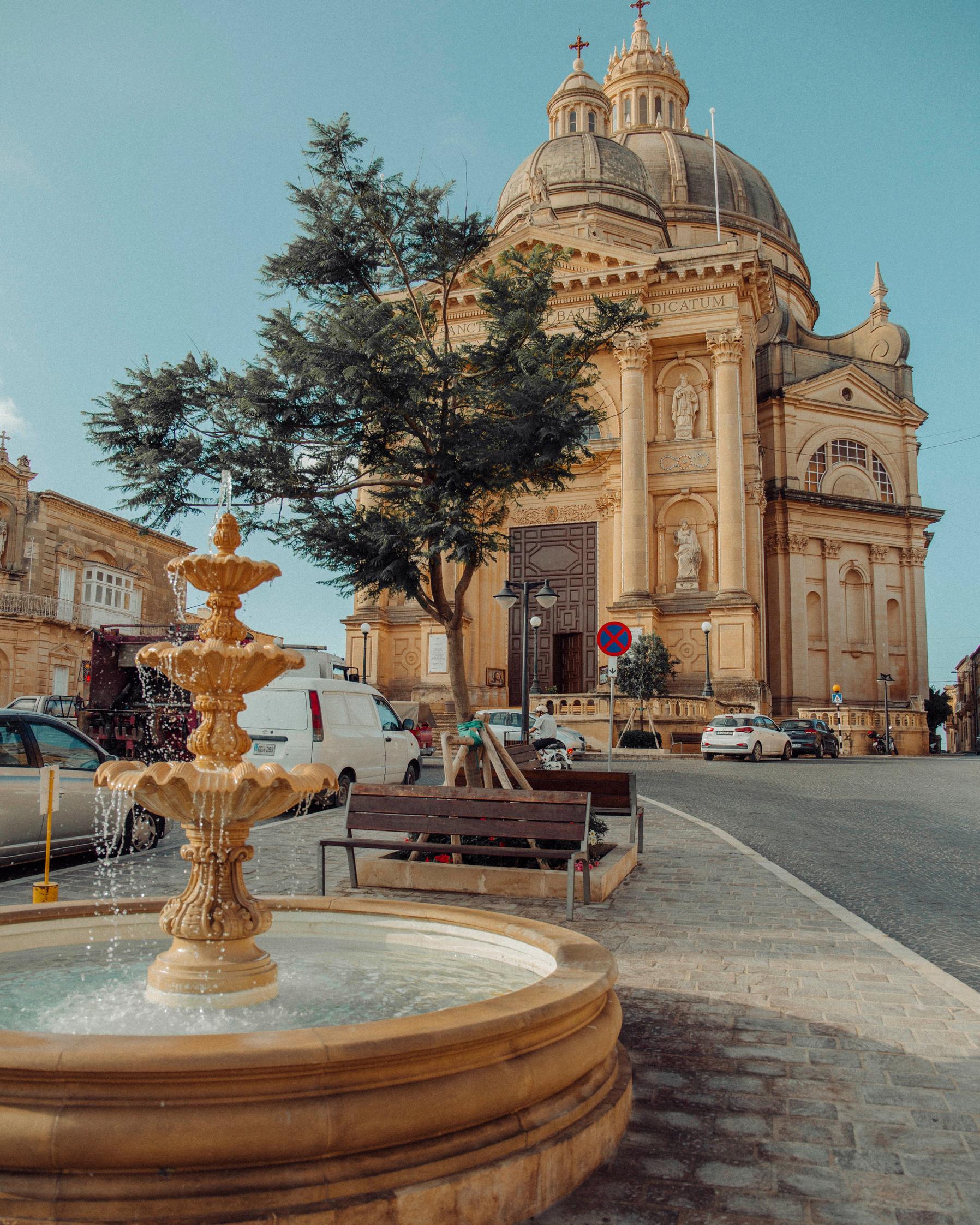
While this booklet highlights Gozo’s major sites, the island is full of hidden gems and lesser-known places that are equally worth exploring:
Sanap Cliffs - Less frequented than Ta’ Ċenċ, these cliffs offer spectacular views and dramatic landscapes on Gozo’s southern edge.
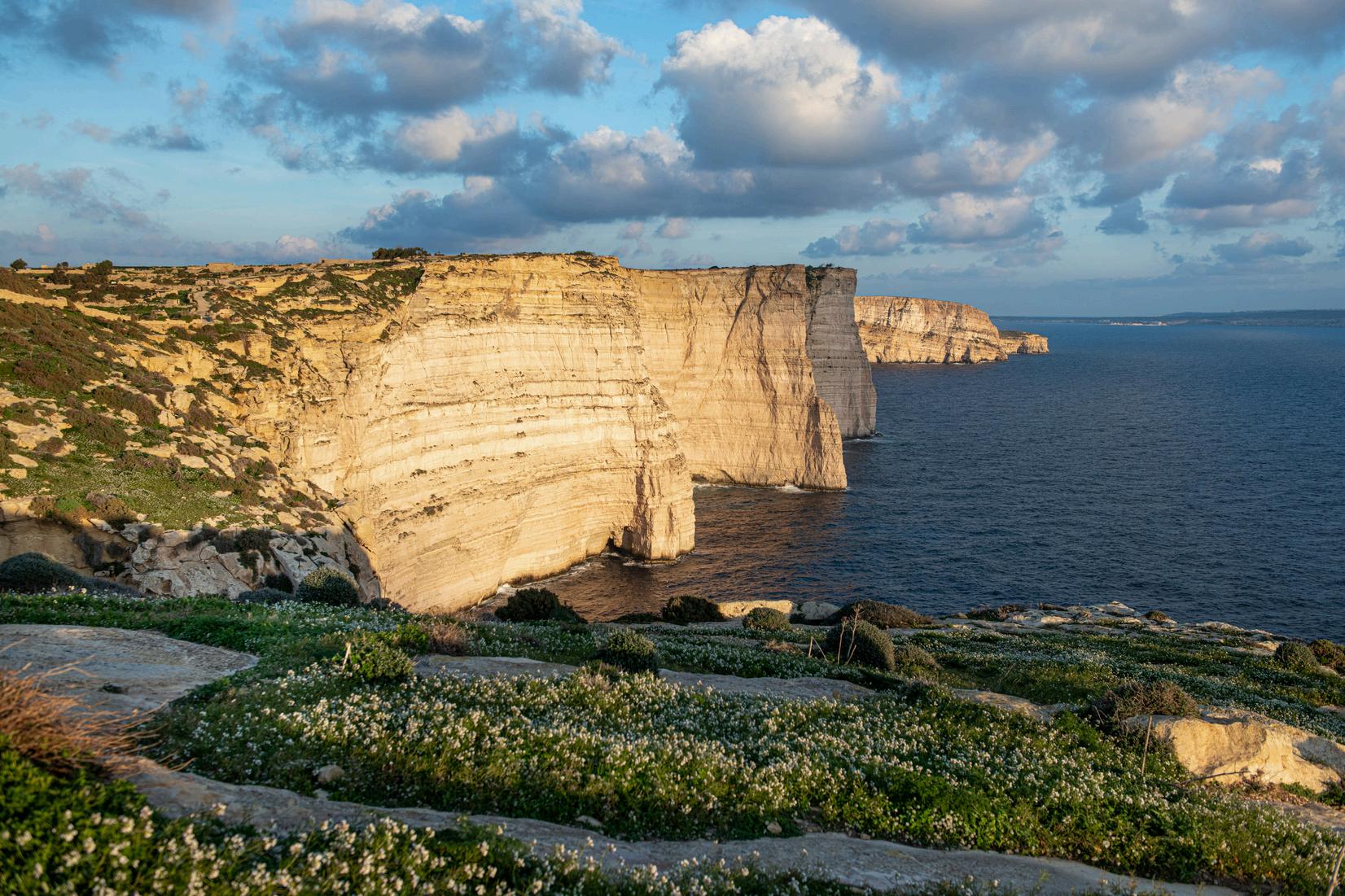
Comino & the Blue Lagoon - Technically part of the Gozo region, Comino’s famous Blue Lagoon is a short boat ride away and ideal for swimming and photography.
Wied l-Għasri - A narrow inlet popular with swimmers, snorkellers, and those seeking a peaceful escape, surrounded by steep cliffs and rugged countryside.
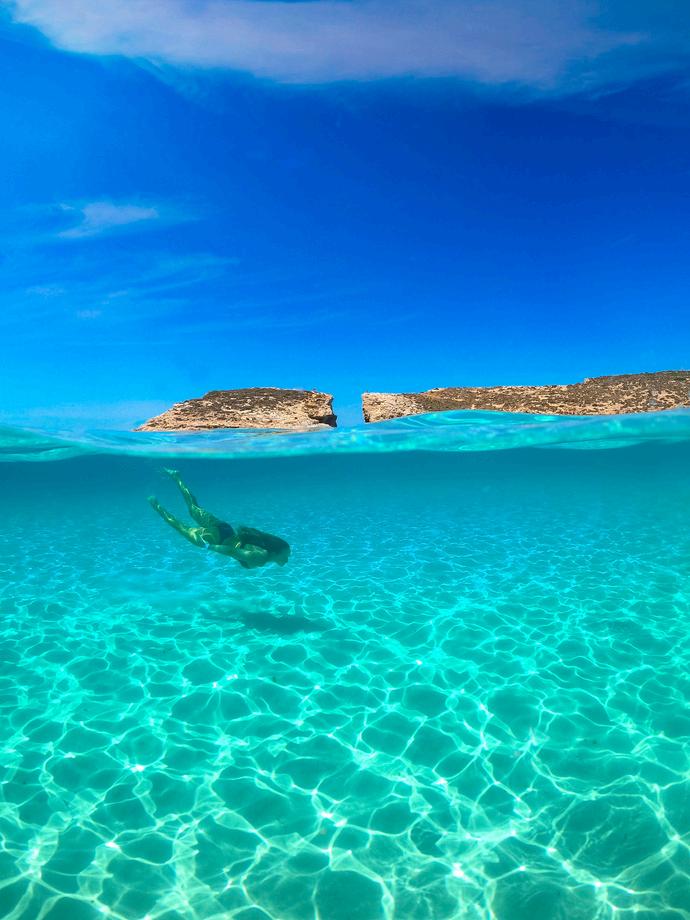
St. George’s Basilica - Often called the "Golden Basilica," this richly decorated church stands in the heart of Victoria and is known for its detailed interior and local devotion.

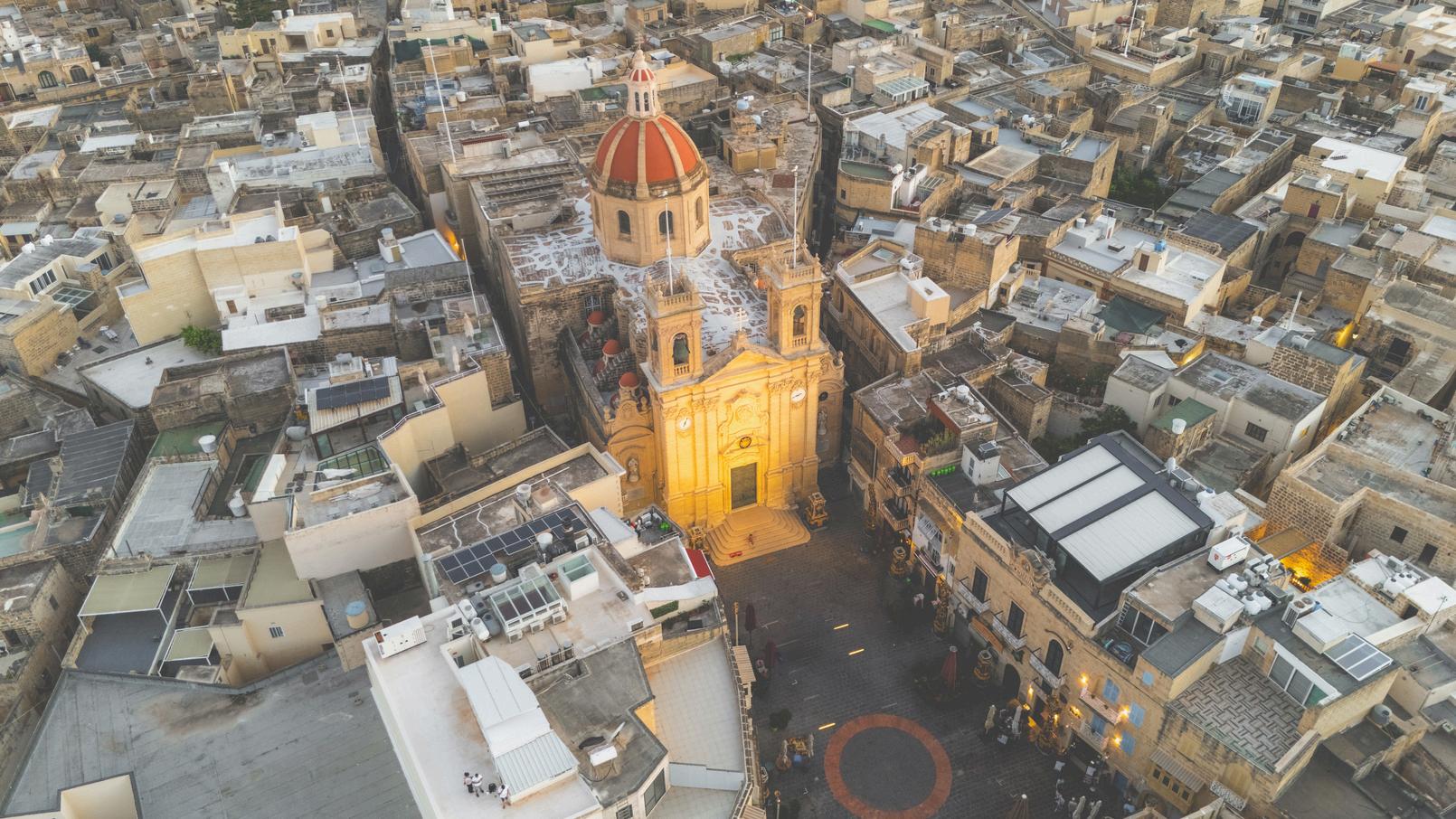

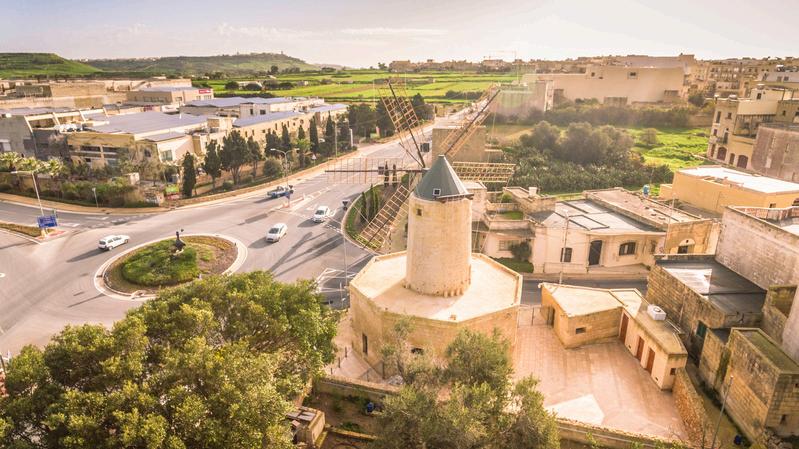

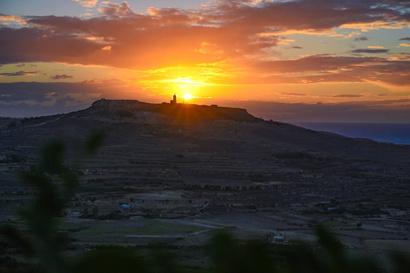

Mixta Cave - Tucked into the hillside above Ramla Bay, offers one of Gozo’s most iconic views a natural window overlooking red sands and open sea.
Xewkija Windmill - This is a restored 18th-century mill showcasing traditional milling tools and details about rural life, offering insight into Gozo’s agricultural past.
San Blas Bay - A small, secluded beach with reddish sand and clear waters, reached by a steep path that rewards with unspoilt beauty and quiet.
Ta’ Ġurdan Lighthouse - The island’s only lighthouse stands on a hill above Għasri, offering panoramic views across Gozo Built in 1853, it’s a quiet spot with a historic presence.
Wied il-Mielaħ - A dramatic coastal valley known for its natural rock arch, often seen as a quieter alternative to the former Azure Window in Dwejra.
Gaspar, Pawel Piszczek, Pete Bullen, Peter Mohr, Piotr Andruszko, Reispackers, Terry Camilleri.

